Last Updated on: 19th January 2022, 10:06 am
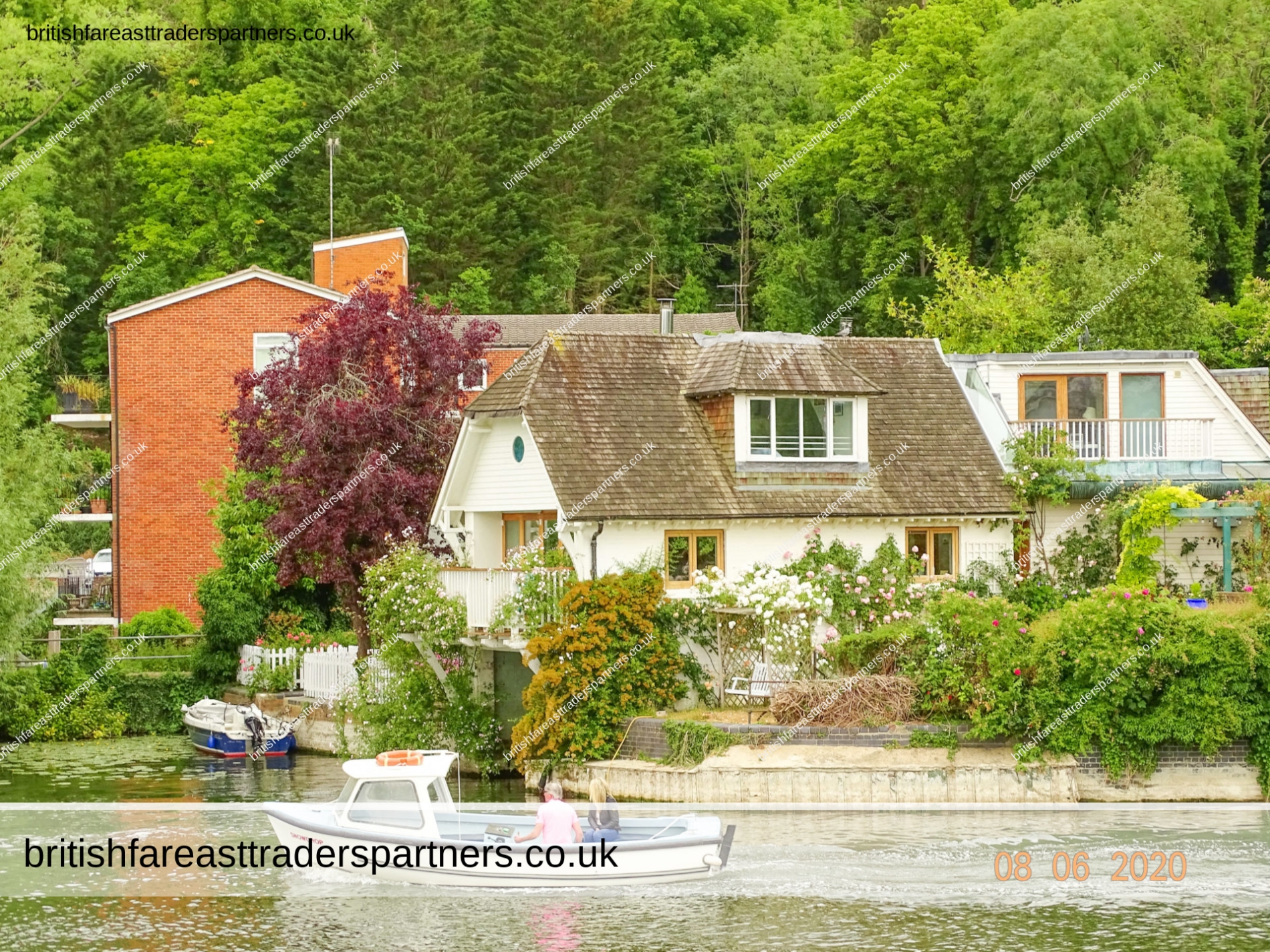
- britishfareasttraderspartners_admin
- BRITISH, COUNTRYSIDE, CULTURE, ENGLAND, HERITAGE, HOBBIES / PASTIMES, INSPIRE ME, LIFESTYLE, NATURE, OUTDOORS, PHOTOS, RETREATS / ME TIME, SLOW LIVING, TRAVEL, UNITED KINGDOM, WALKS, WELLBEING, WELLNESS
- Architecture, Country house, DAYS OUT, England/ English, Henley-on-Thames, Oxfordshire, Photograph, RIVERS / STREAMS, Summer, Thames River, Thames River Cruises, United Kingdom, Walks, WELLBEING
BEAUTIFUL & RELAXING
ENGLISH RIVER WALKS:
HENLEY-ON-THAMES,
OXFORDSHIRE, ENGLAND |
RELAX | UNWIND |
DAYS OUT IN ENGLAND |
WALKS | WELLBEING |
THAMES RIVER

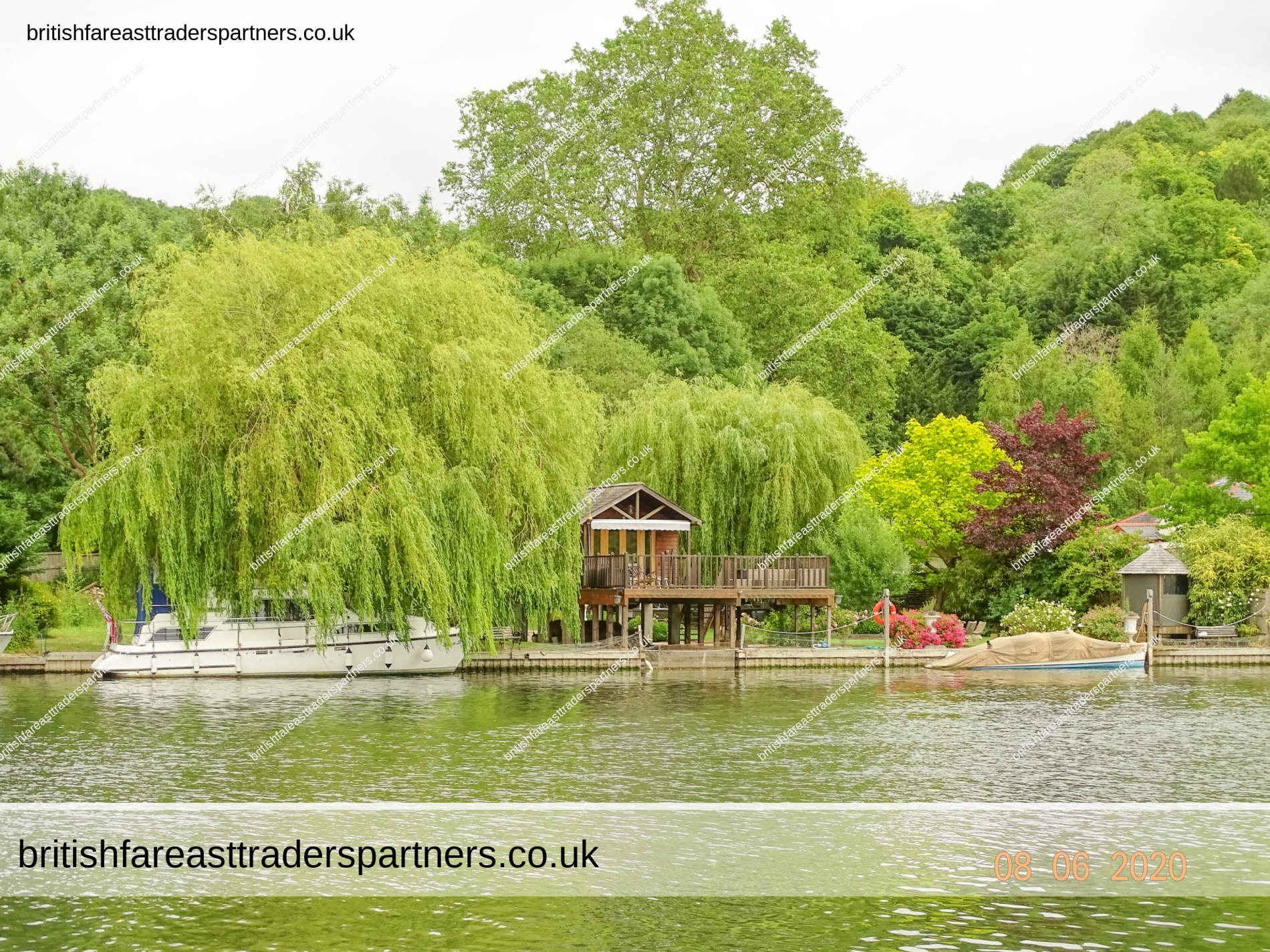
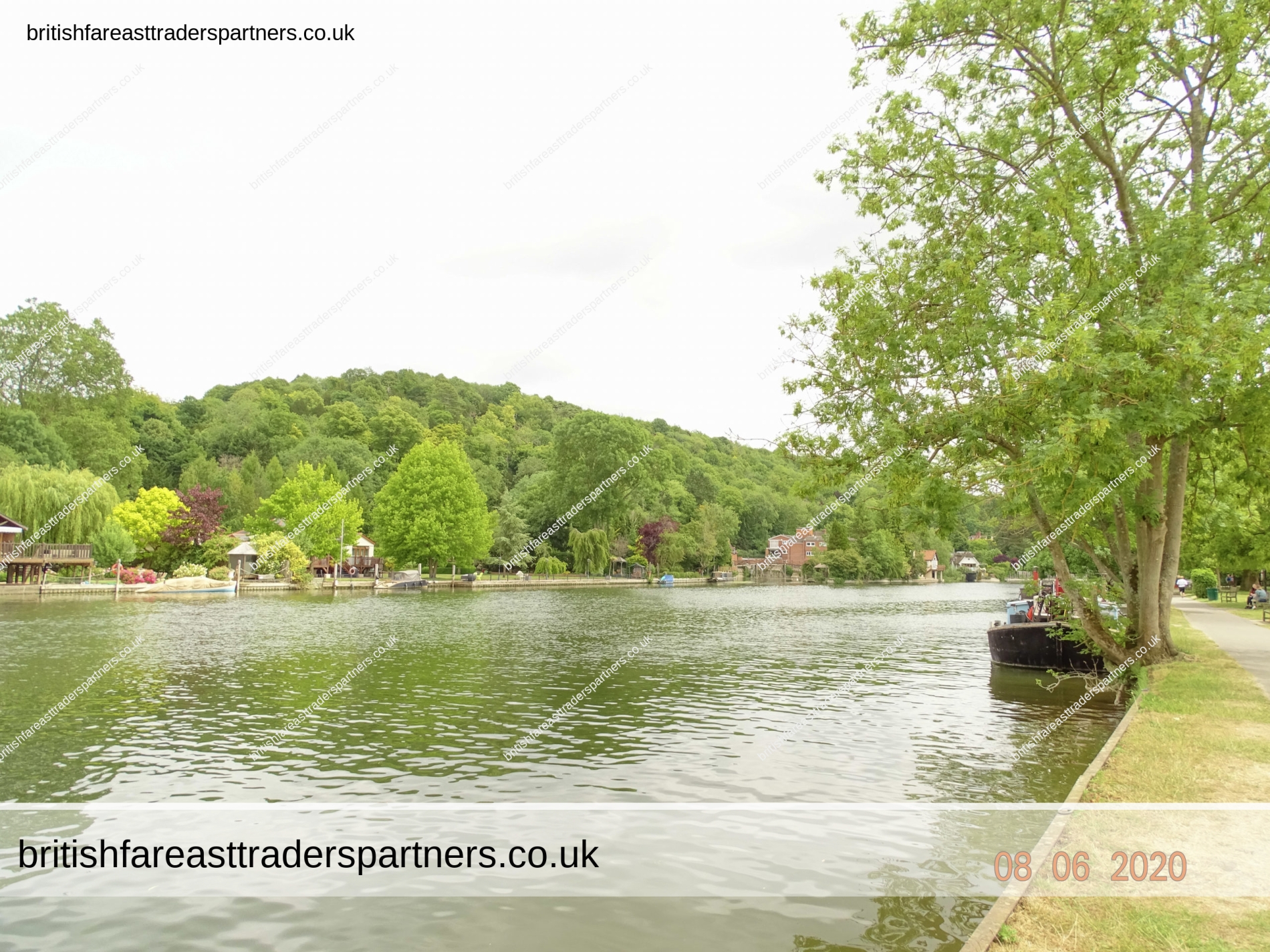
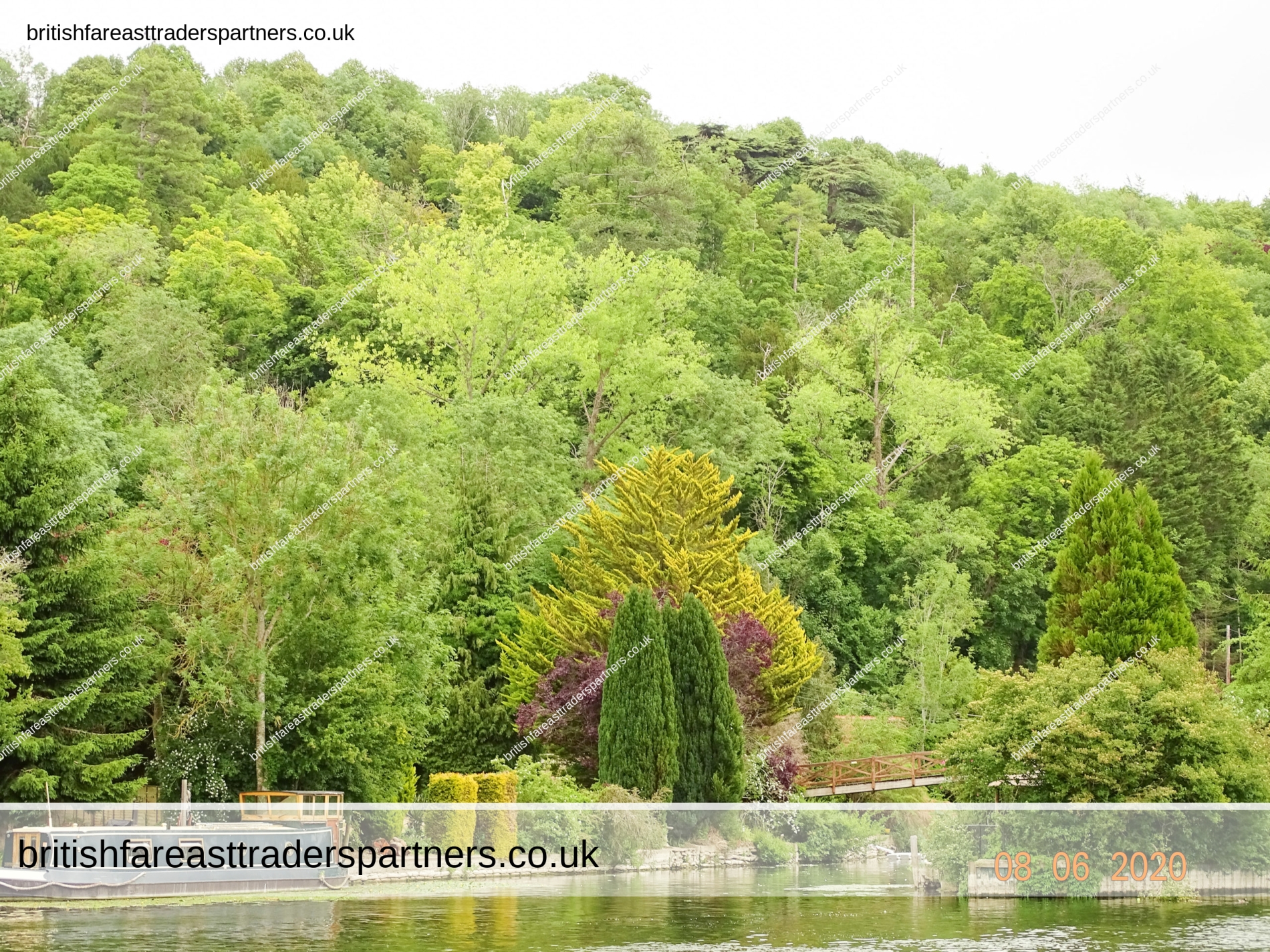
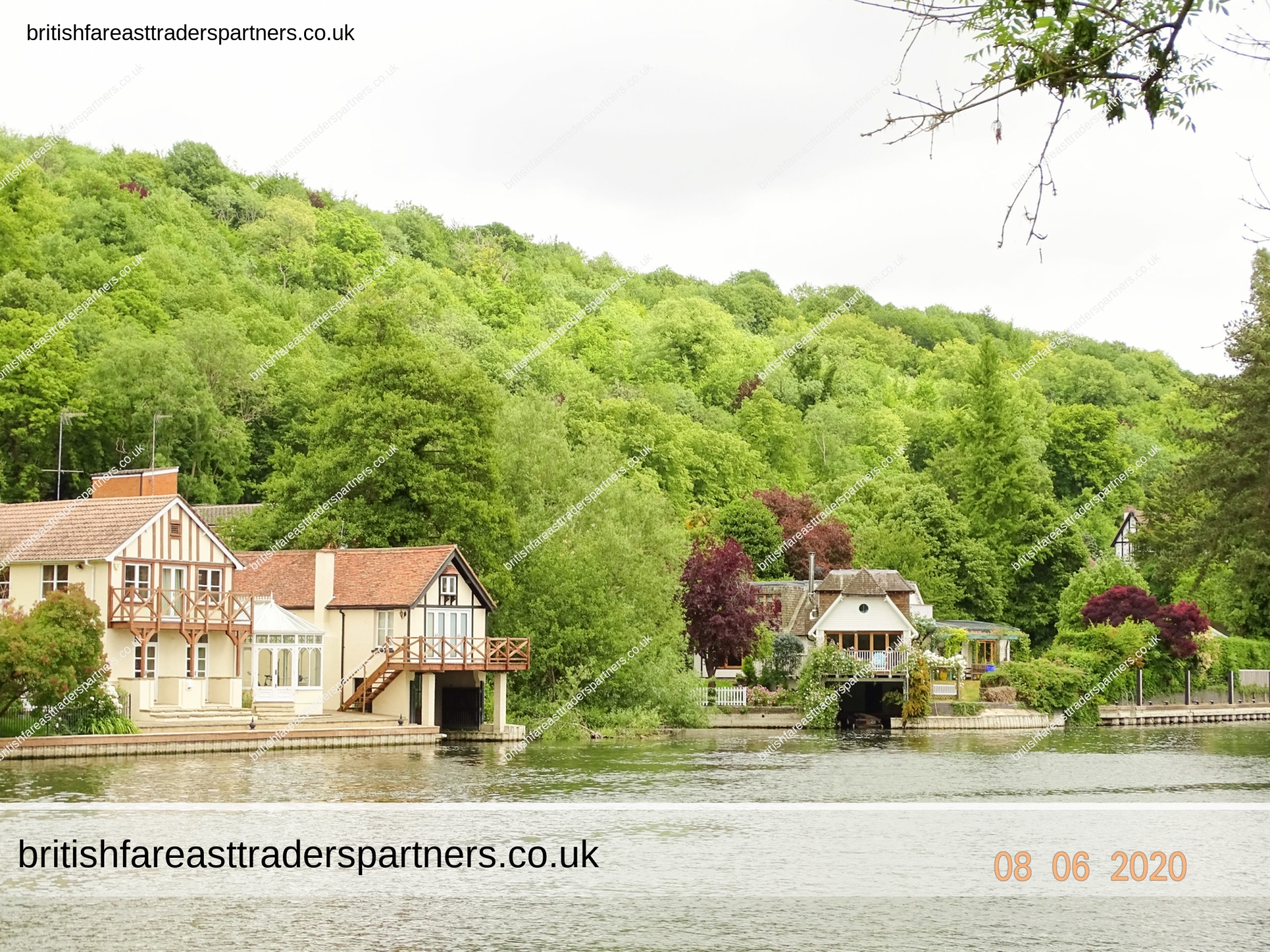
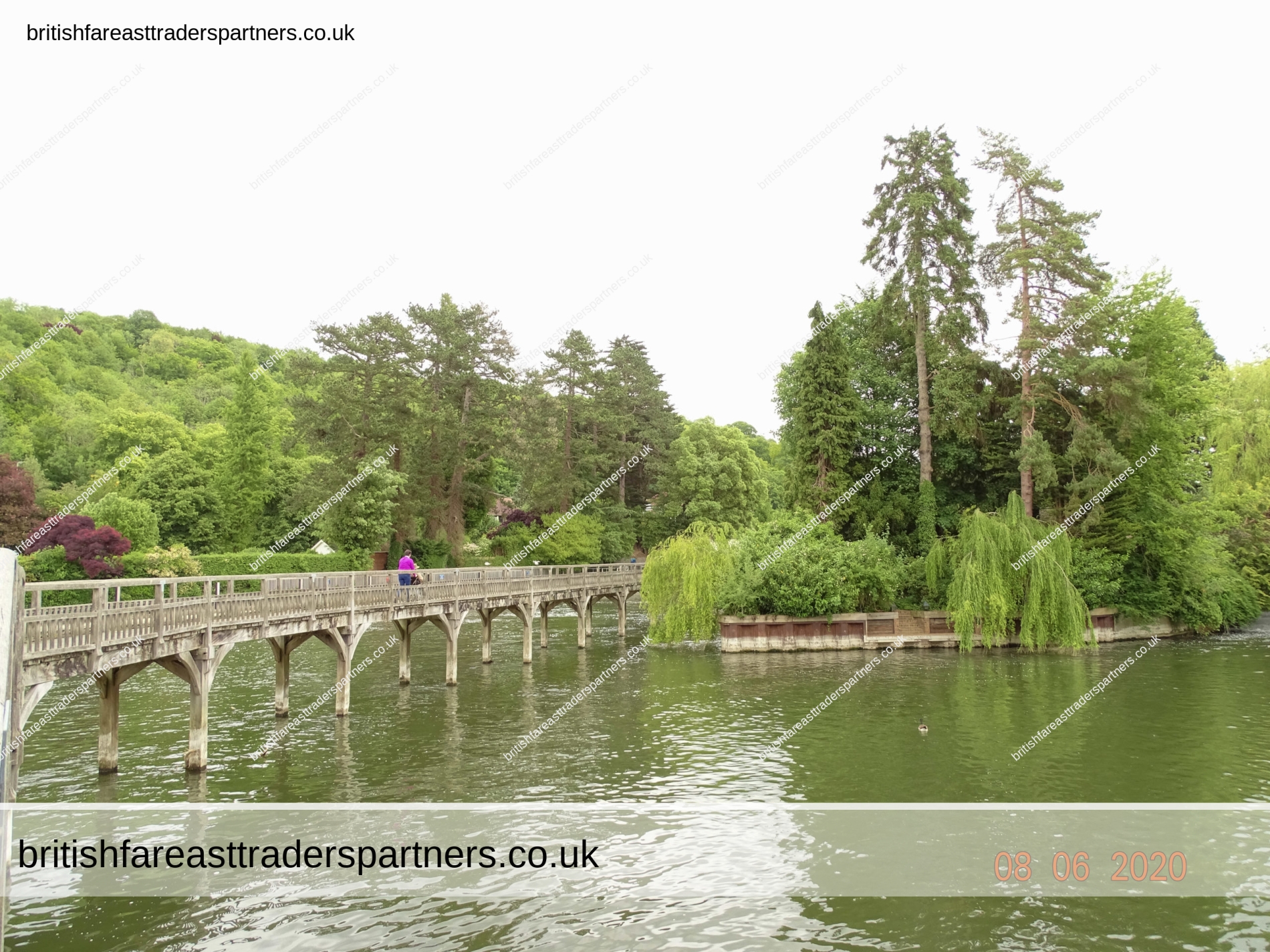
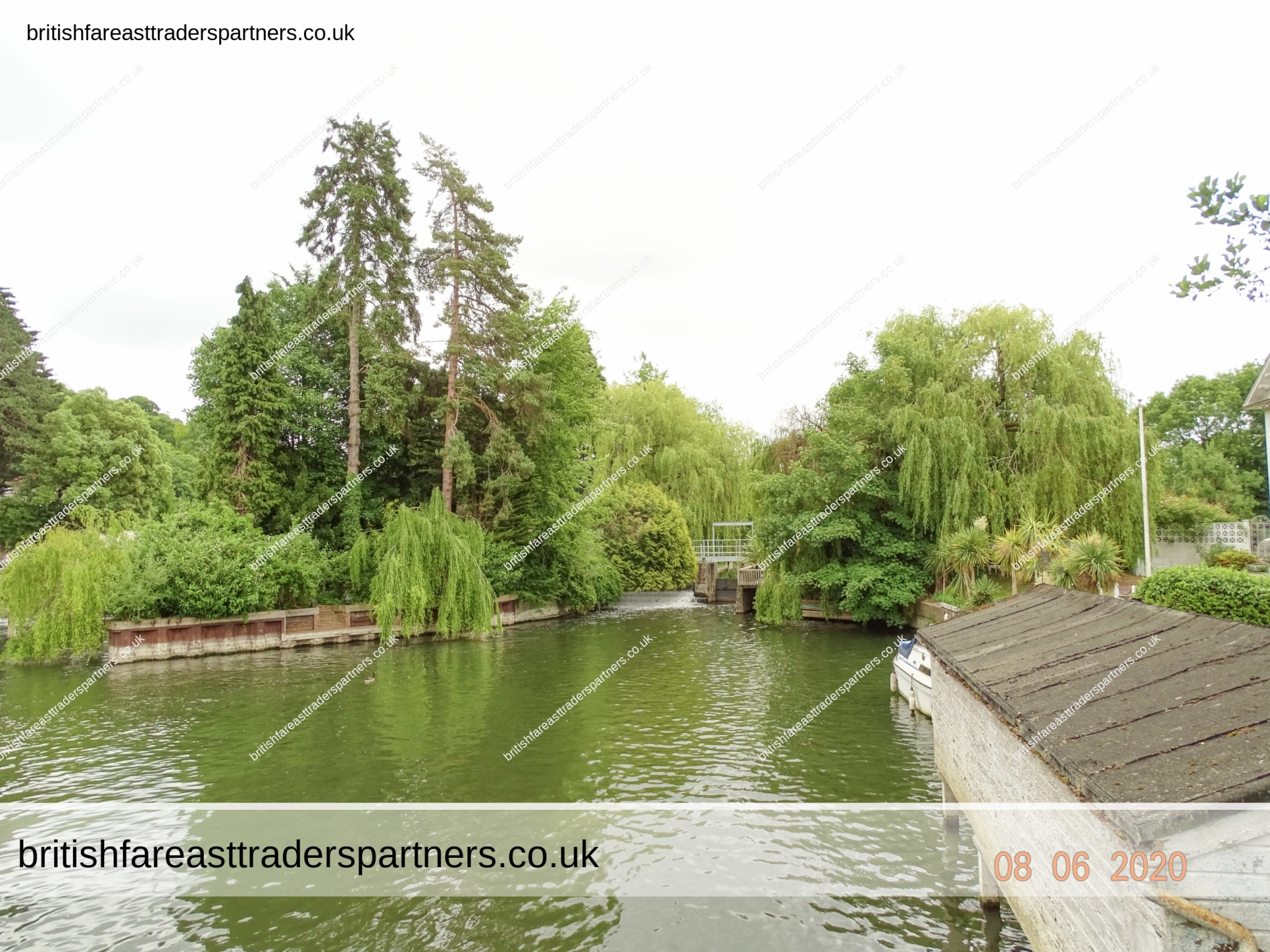

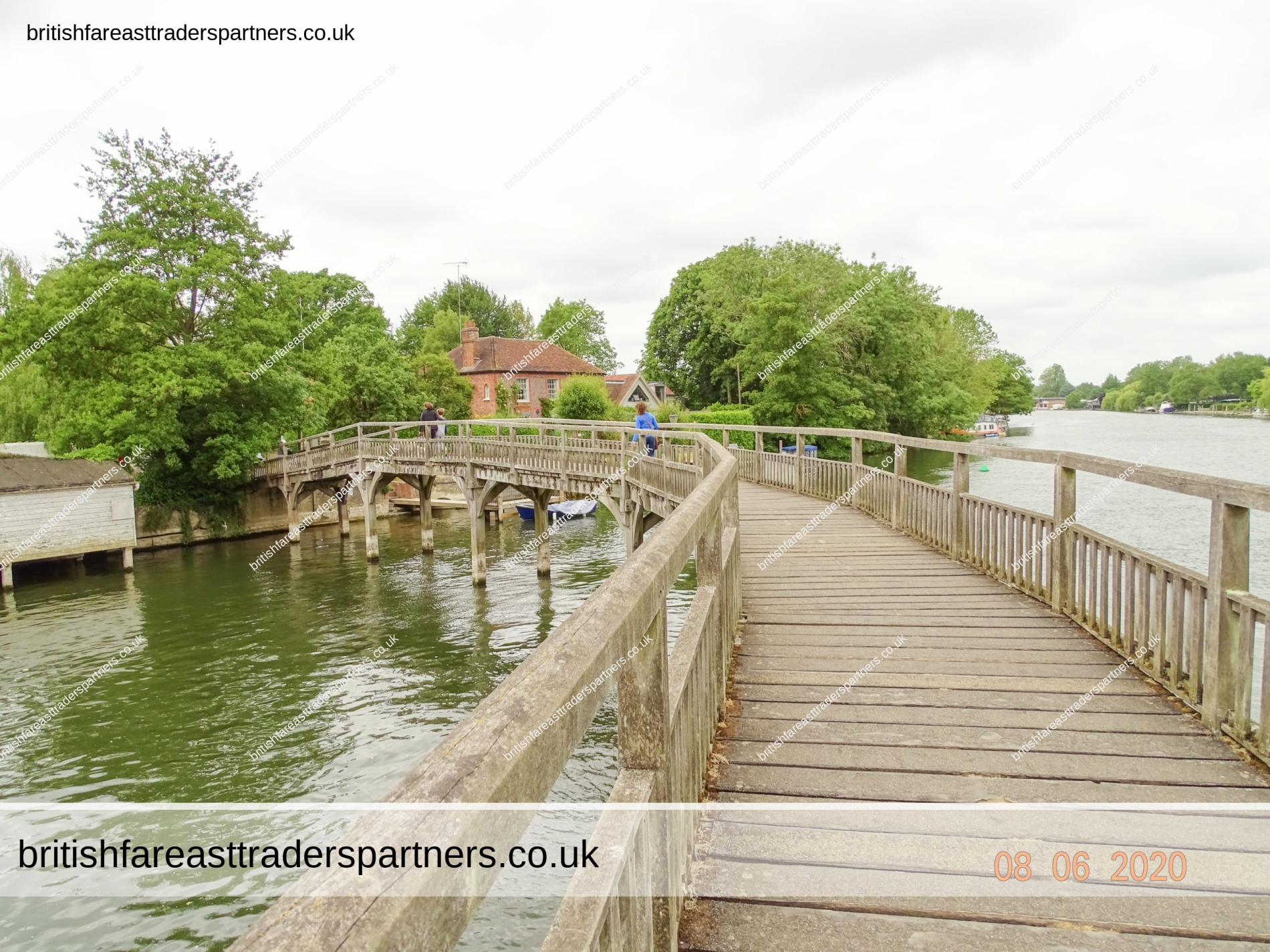
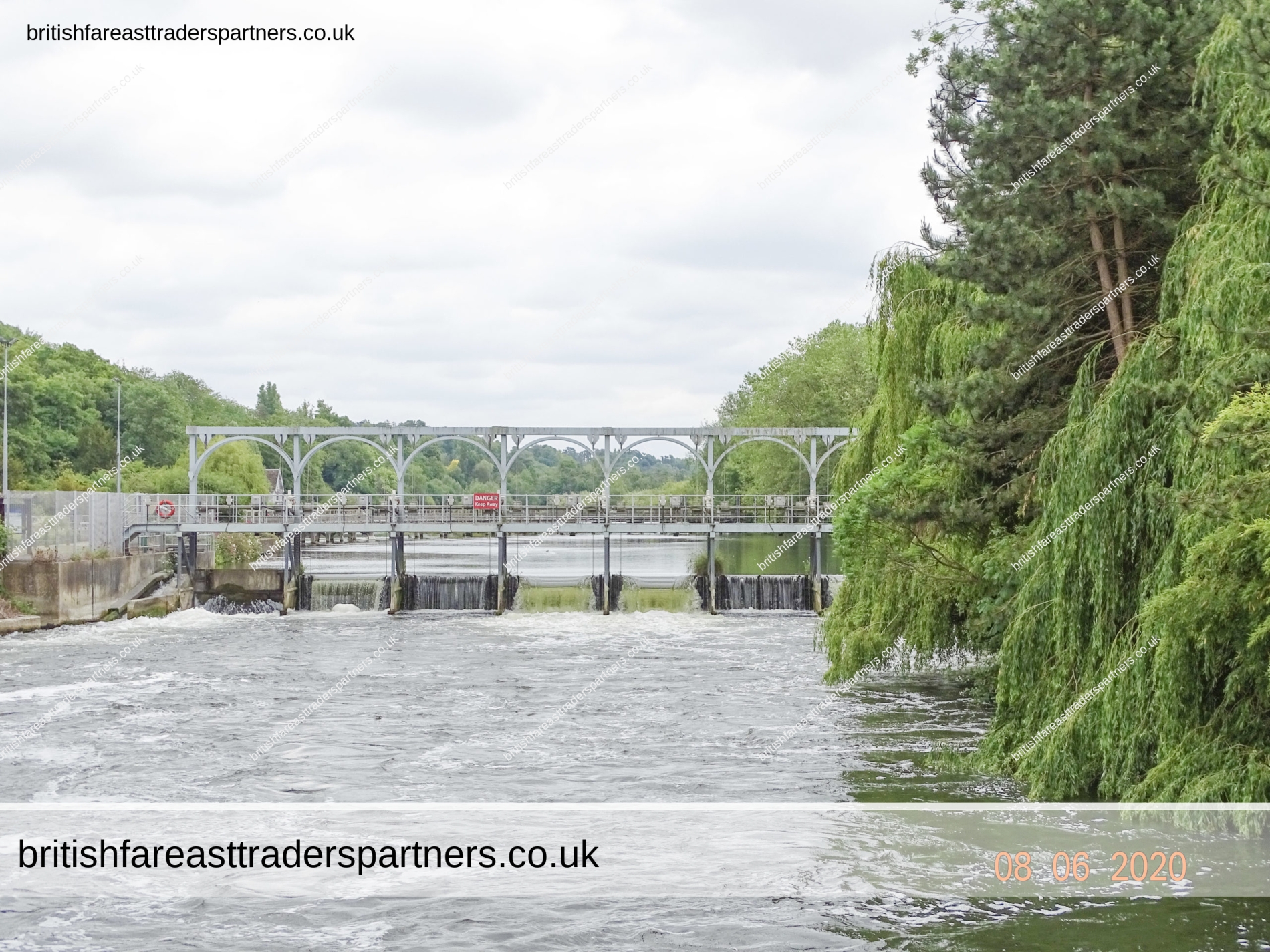
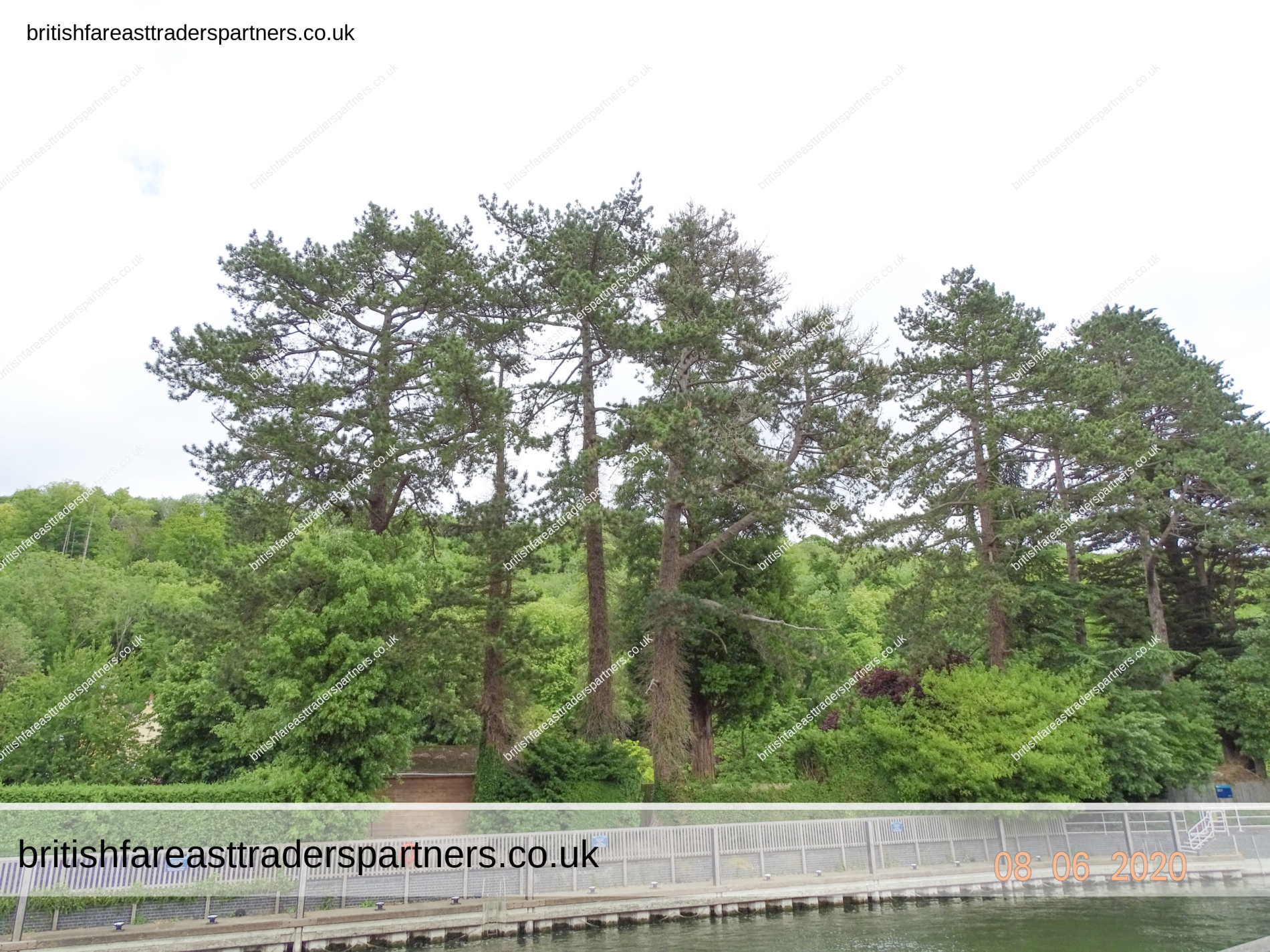
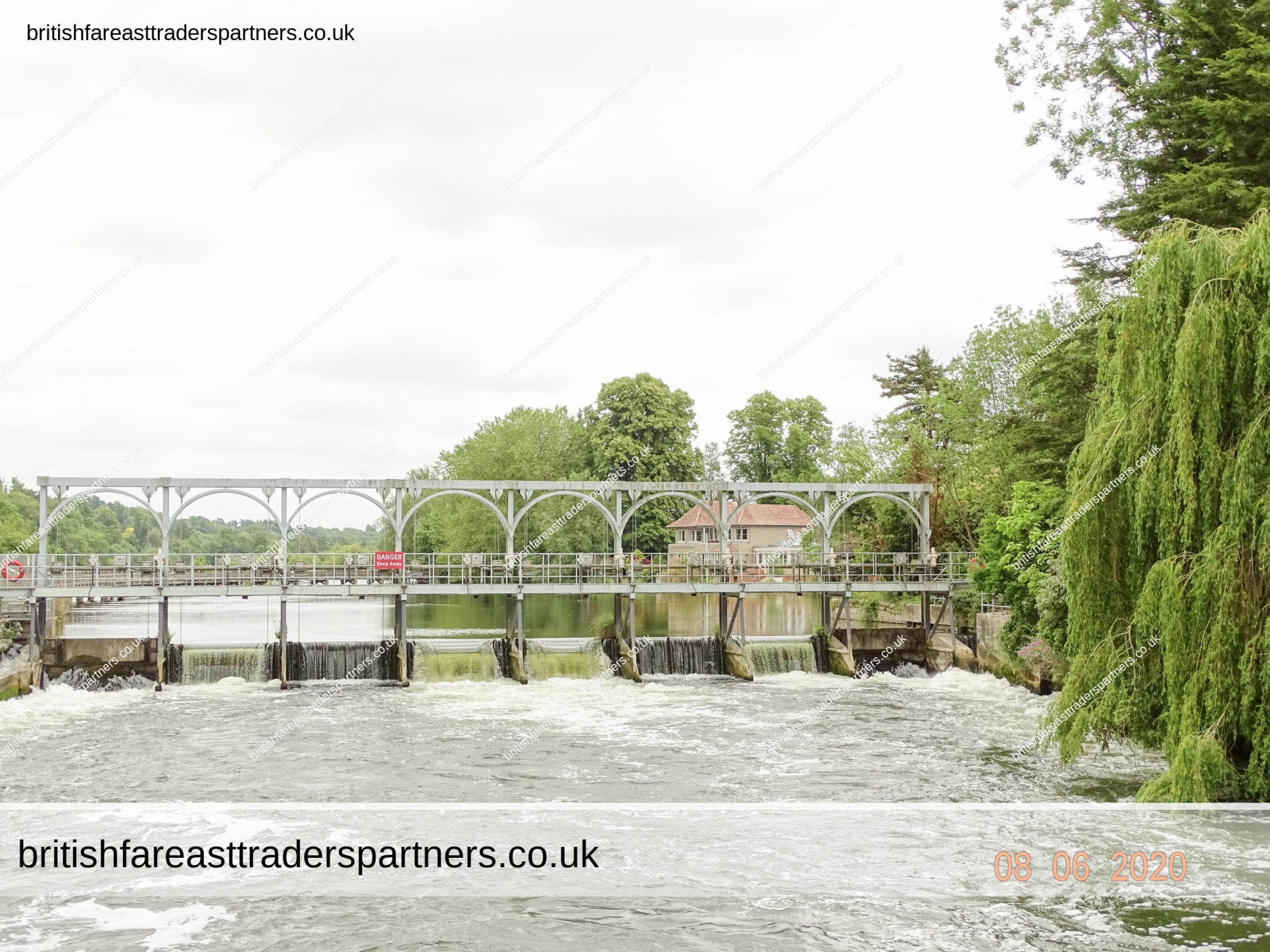
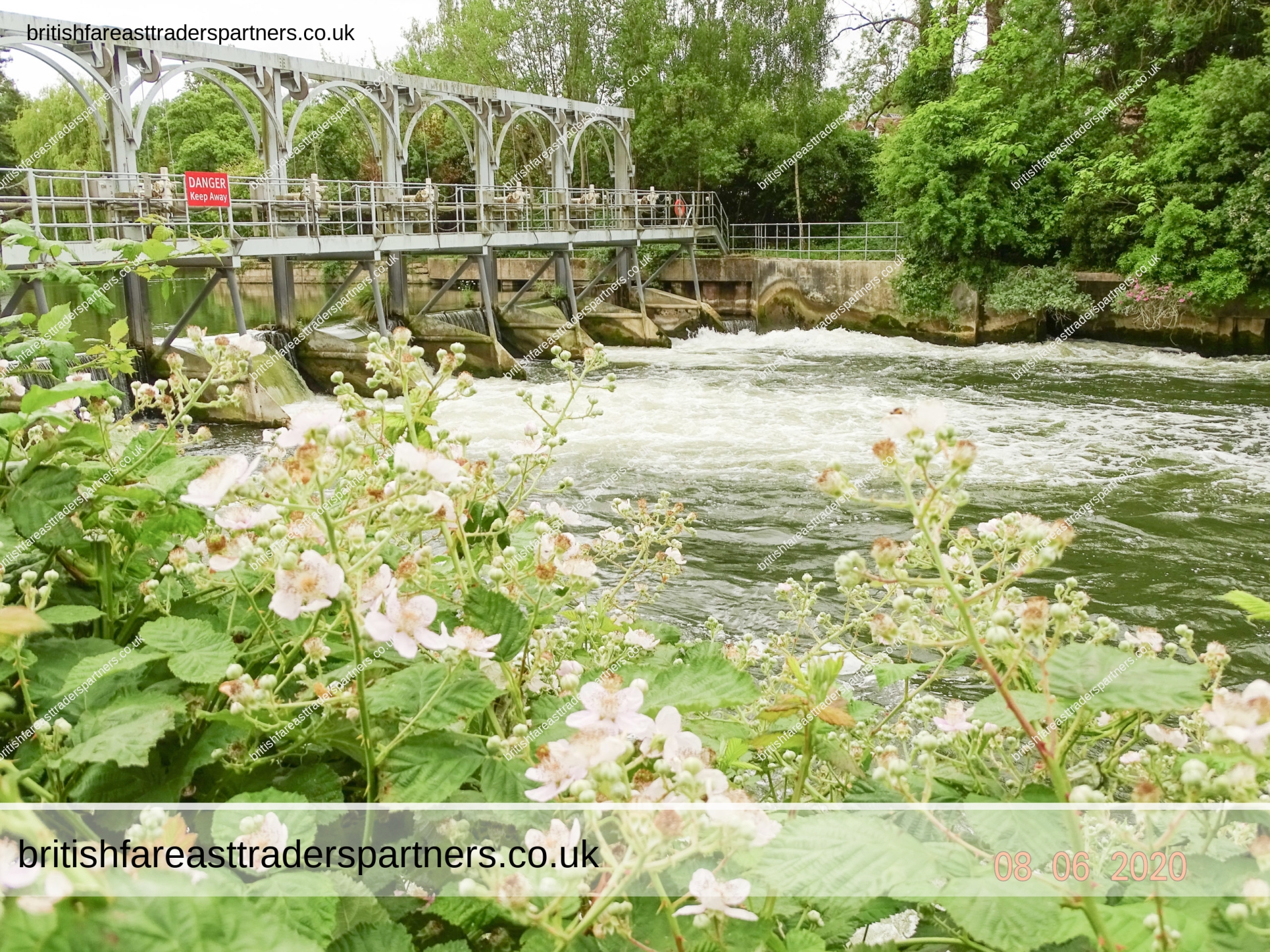

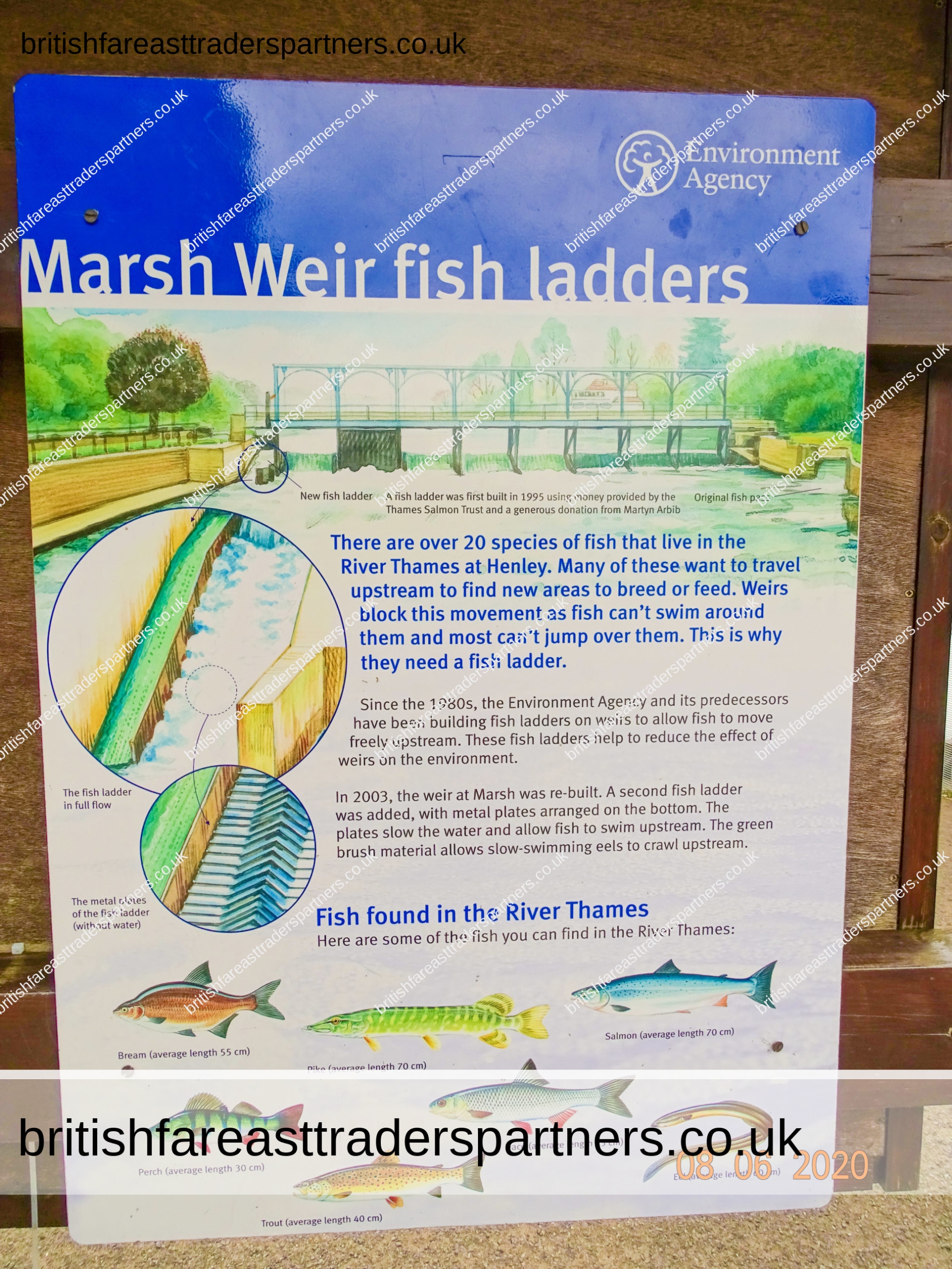
TEXT
MARSH WEIR FISH LADDERS (Environmental Agency)
A fish ladder was first built in 1995 using money provided
by the Thames Salmon Trust and a generous donation from Martyn Arbib.
There are over 20 species of fish that live in the River Thames at Henley.
Many of these want to travel upstream to find new areas to breed or feed.
Weirs block this movement as fish can’t swim around them
and most can’t jump over them.
That is why they need a fish ladder.
Since the 1980s, the Environment Agency and its predecessors
have been building fish ladders on weirs
to allow fish to move freely upstream.
These fish ladders help to reduce the effect of weirs on the environment.
In 2003, the weir at Marsh was rebuilt.
A second fish ladder was added,
with ,metal plates arranged on the bottom.
The plates slow the water and allow the fish to swim upstream.
The green brush material allows slow-swimming eels to crawl upstream.
FISH FOUND IN THE RIVER THAMES
Here are some of the fish you can find in the River Thames:
Bream (average length 55cm)
Pike (average length 70cm)
Salmon (average length 70cm)
Perch (average length 30cm)
Dace (average length 25cm)
Eel (average length 60cm)
Trout (average length 40cm)
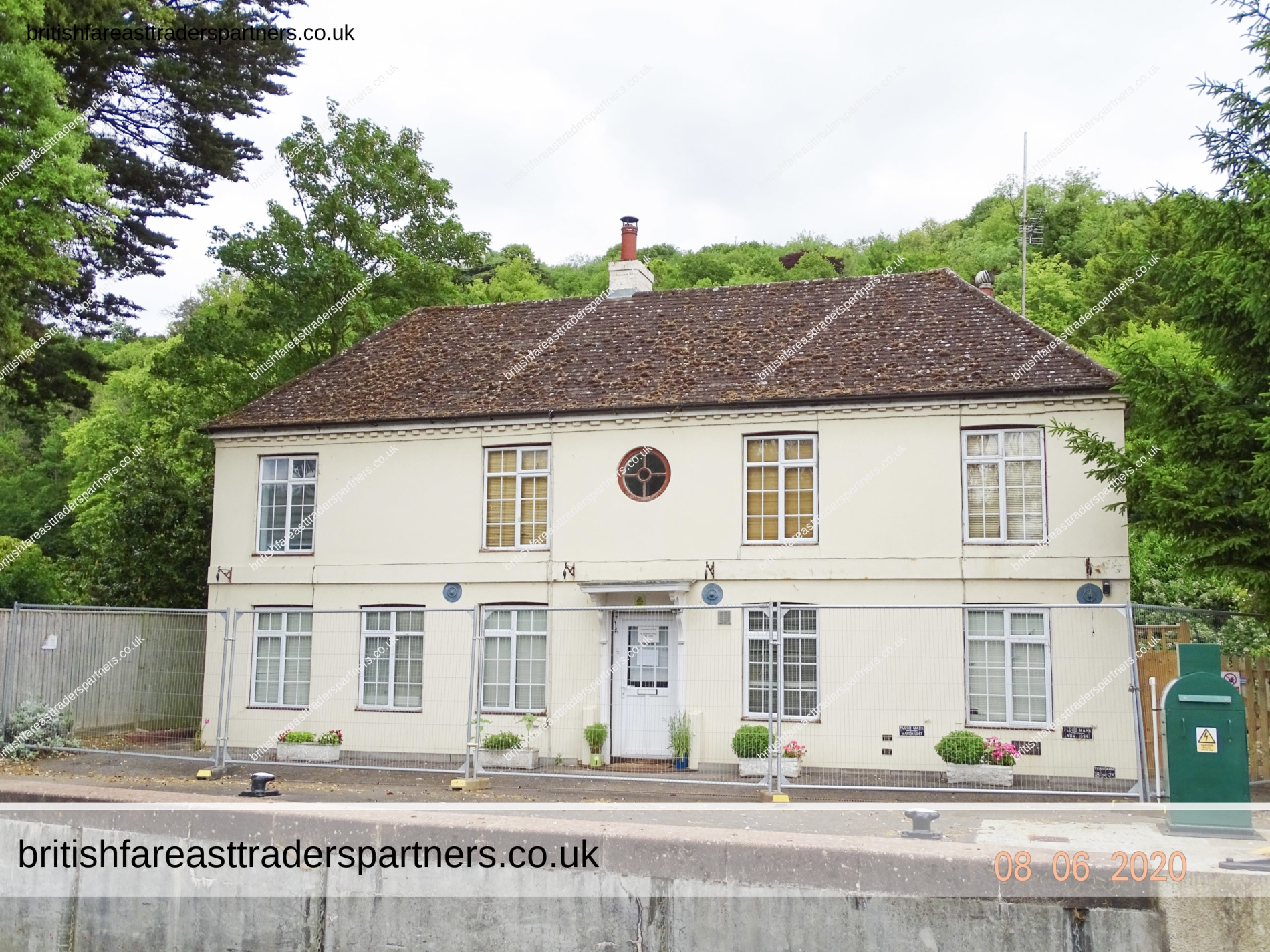
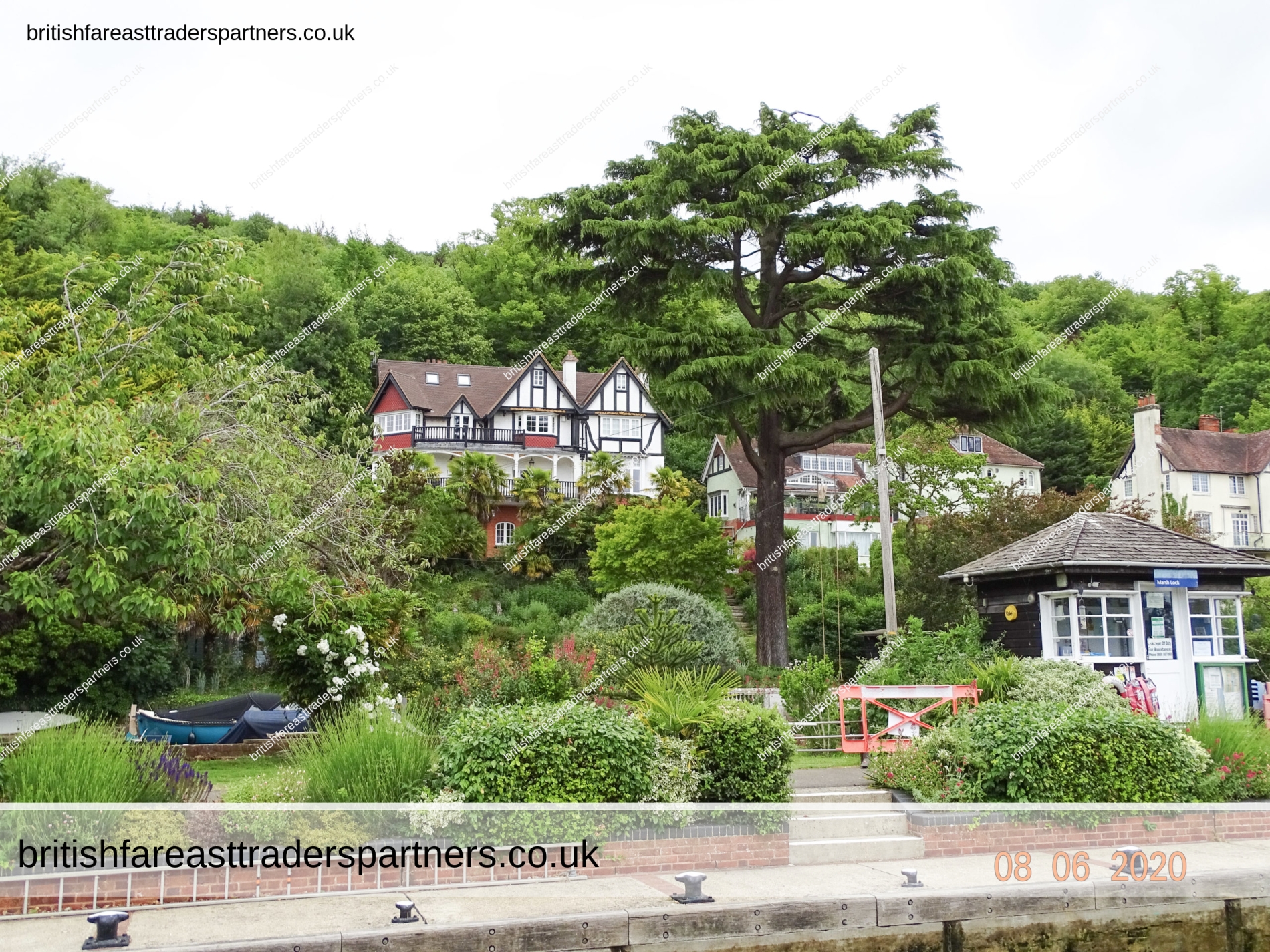
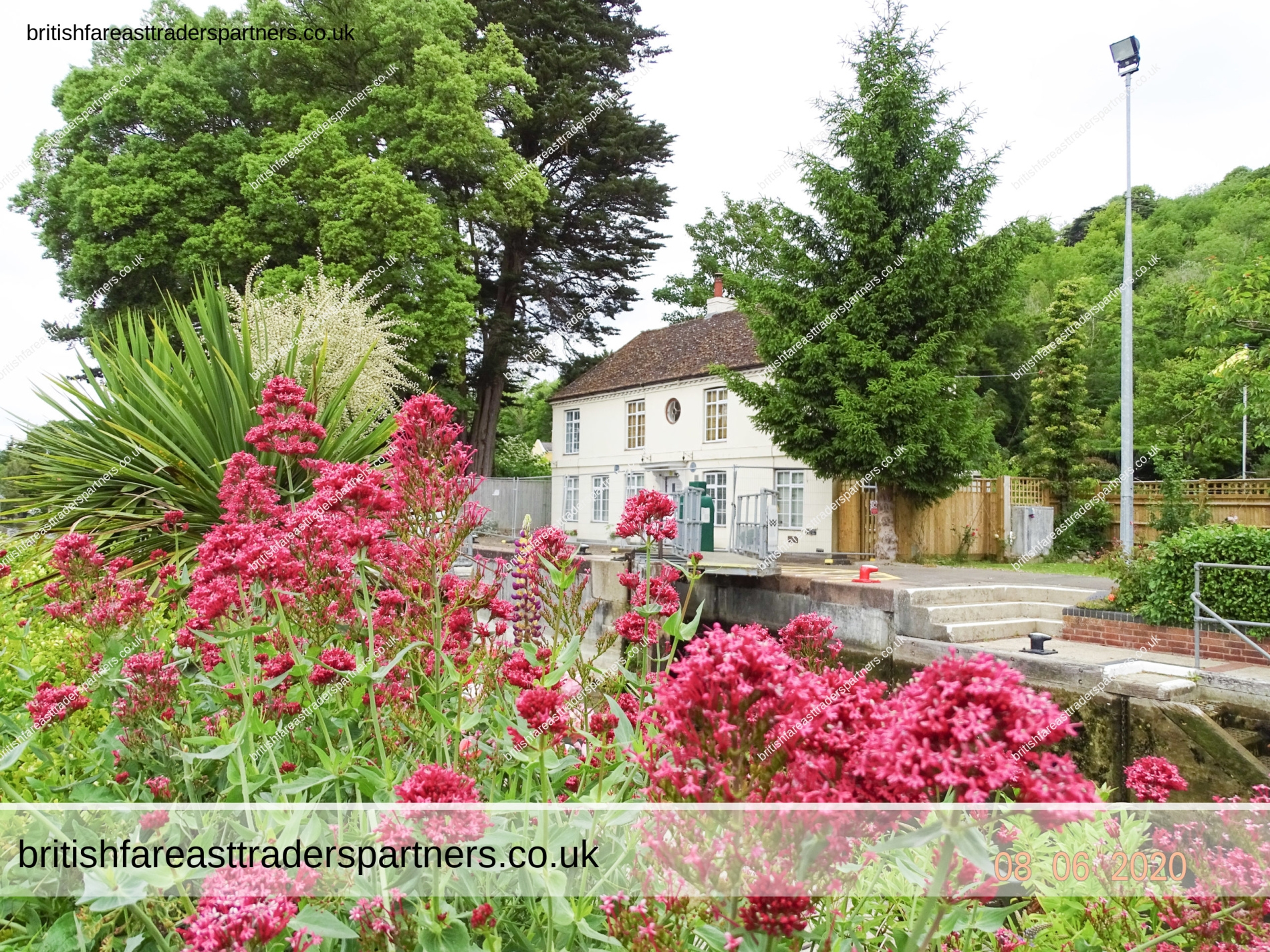
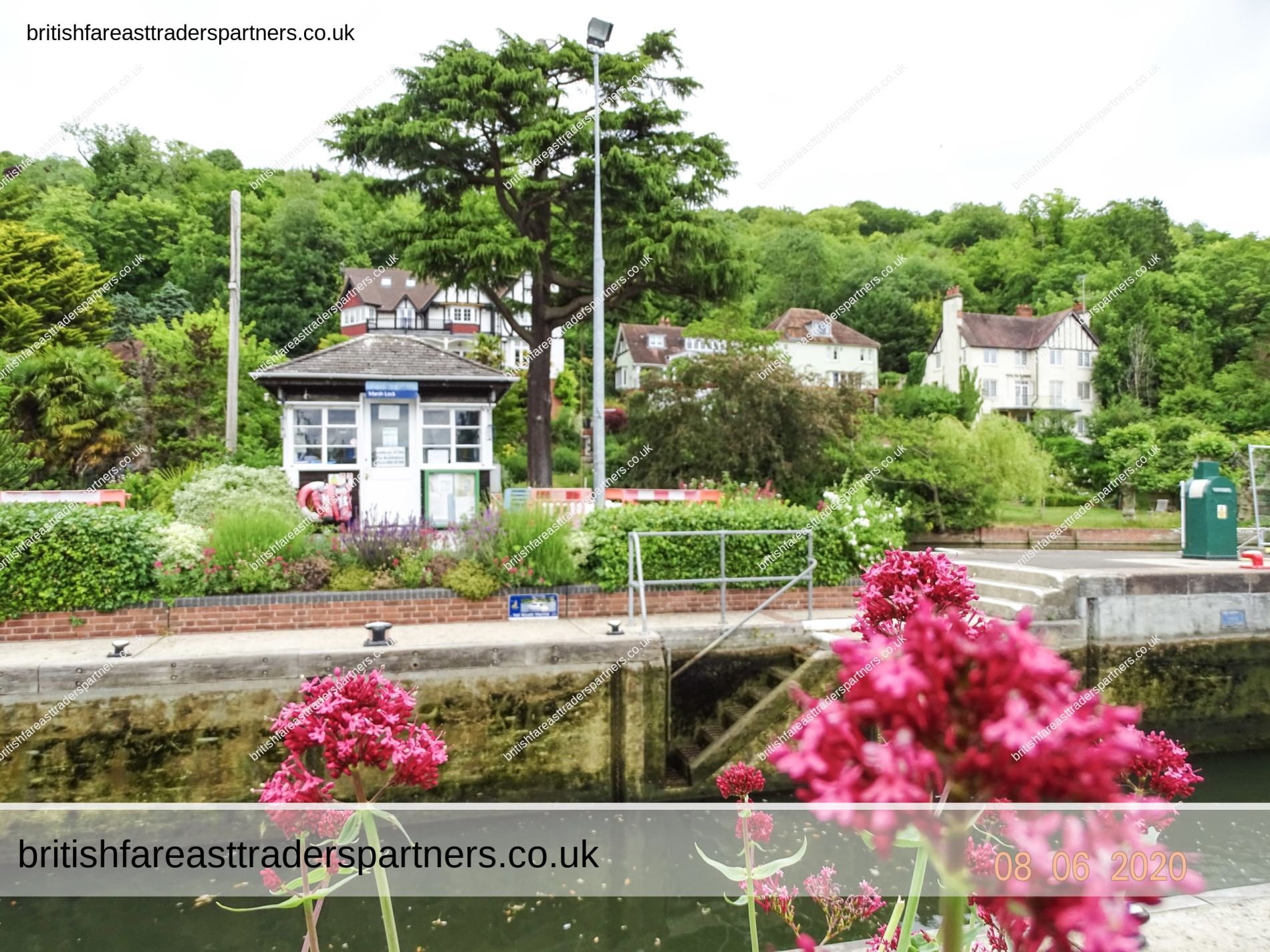

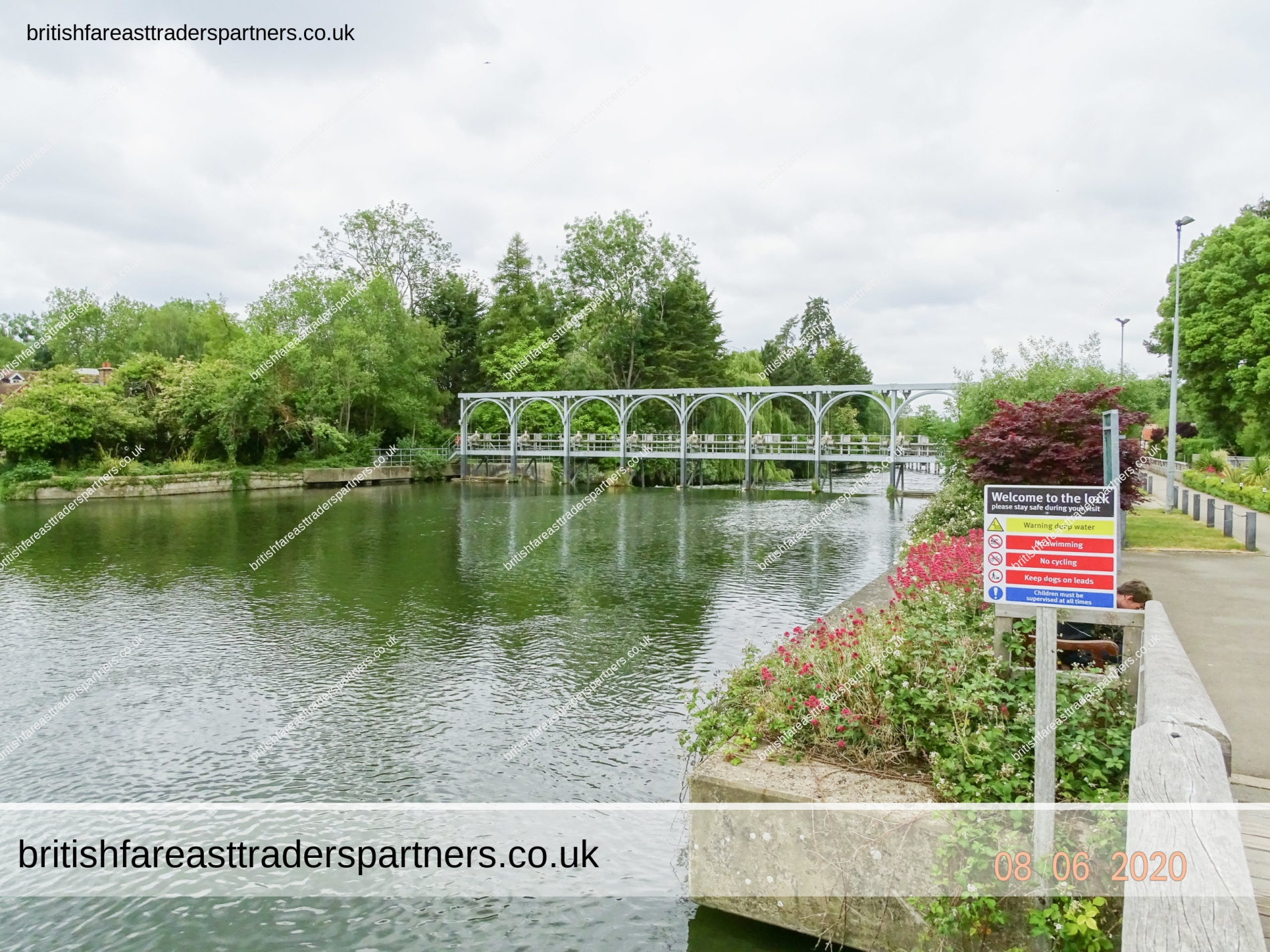
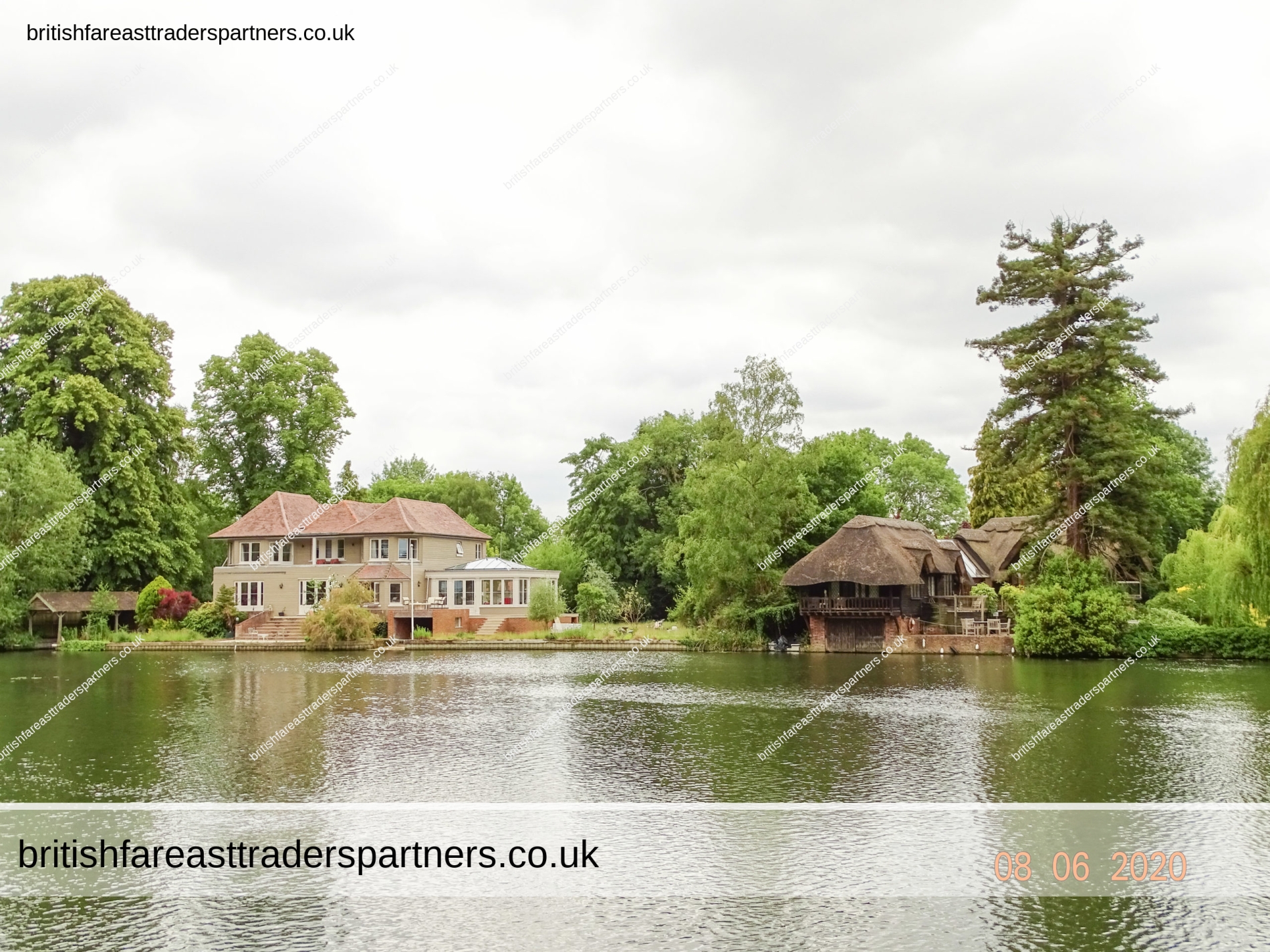
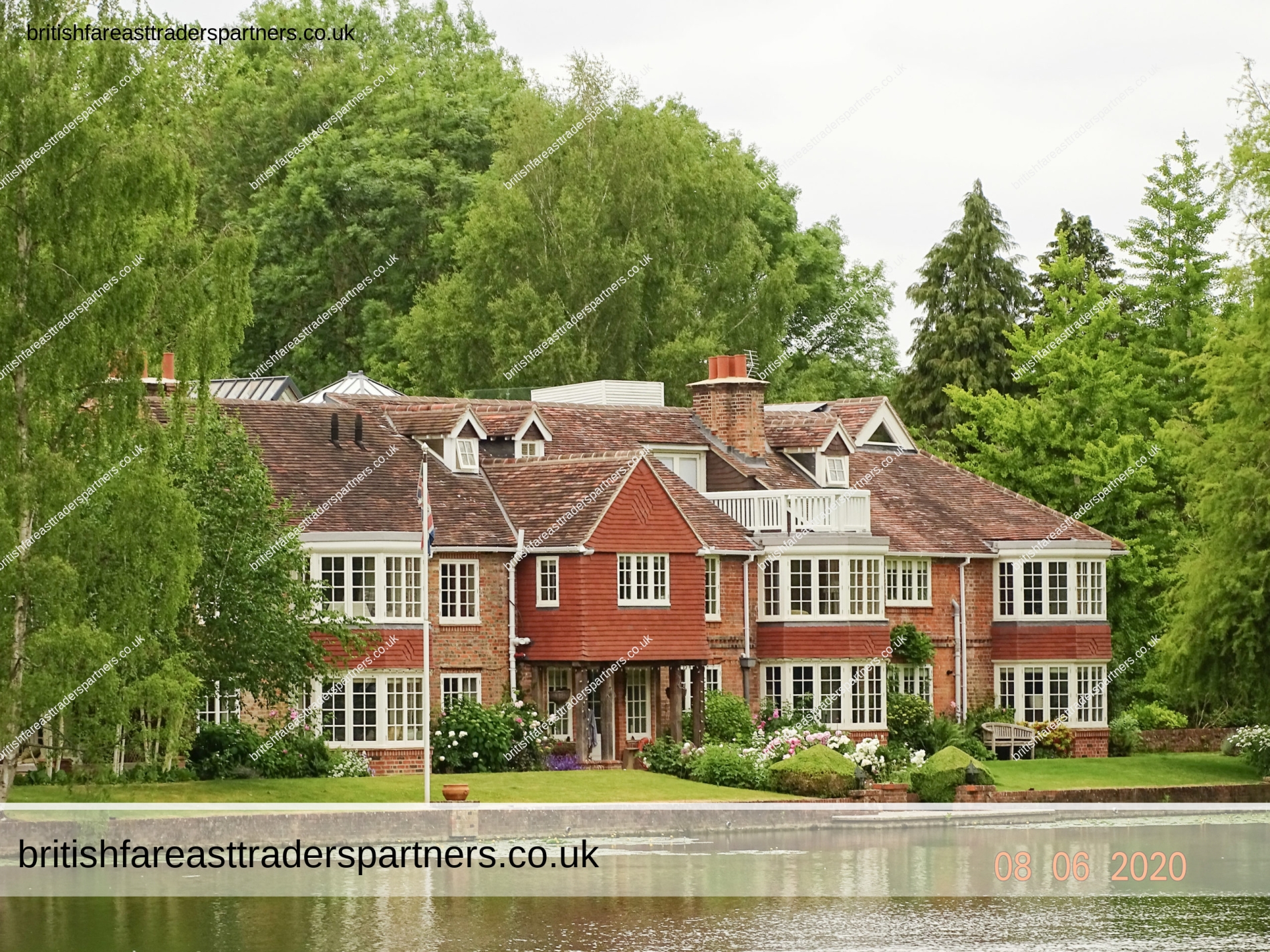
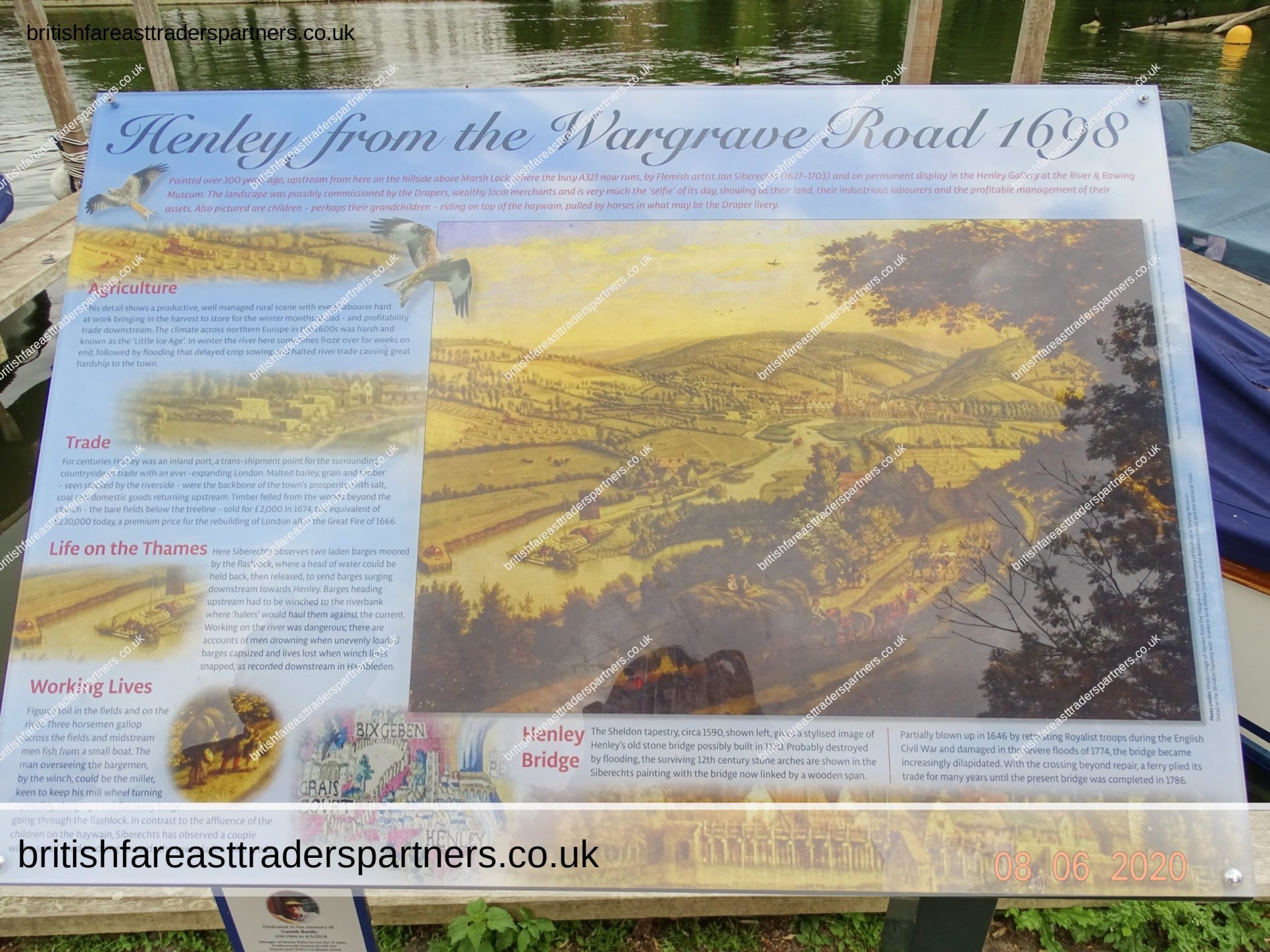
TEXT:
HENLEY FROM THE WARGRAVE ROAD 1698
Painted over 300 years ago,
upstream from here on the hillside above Marsh Lock,
where the busy A321 now runs,
by Flemish artist Jan Siberechts (1627-1703)
and on permanent display in the Henley Gallery at the River & Rowing Museum.
The landscape was possibly commissioned by the Drapers,
wealthy local merchants and is very much the ‘selfie’ of its day,
showing us their land, their industrious labourers,
and the profitable management of their assets.
Also pictured are children- perhaps their grandchildren-
riding on top of the haywain,
pulled by horses in what may be the Draper livery.
AGRICULTURE
This detail shows a productive, well managed rural scene
with every labourer hard at work bringing in the harvest
to store for the winter months ahead-
and profitability trade downstream.
The climate across northern Europe in the 1600s
was harsh and known as the ‘Little Ice Age‘,
in winter the river here sometimes froze over for weeks on end,
followed by flooding that delayed crop sowing
and halted river trade causing great hardship to the town.
TRADE
For centuries Henley was an inland port,
a trans-shipment point for the surrounding countryside
to trade with an ever-expanding London.
Malted barley, grain and timber- seen stacked by the riverside-
were the backbone of the town’s prosperity,
with salt, coal and domestic goods returning upstream.
Timber felled from the woods beyond the church-
the bare fields below the treeline- sold for £2000 in 1674,
the equivalent of £230,000 today,
a premium price for the building of London after the Great Fire of 1666.
LIFE ON THE THAMES
Here Siberechts observes two laden barges moored by the flashlock,
where a head of water could be held back,
then released to send barges surging downstream towards Henley.
Barges heading upstream had to be winched to the riverbank
where ‘halers’ would haul them against the current.
Working on the river was dangerous,
there are accounts of men drowning
when unevenly loaded barges capsized and lives lost
when winch lines snapped,
as recorded downstream in Hambleden.
WORKING LIVES
Figures toil in the fields and on the river.
Three horsemen gallop across the fields
and midstream men fish from a small boat.
The man overseeing the bargemen, by the winch,
could be the millet, keen to keep his mill wheel turning-
possibly charging a toll for every barge going through the flashlock.
In contrast to the affluence of the children on the haywain,
Siberechts has observed a couple with a small child
trudging towards the town, laden with reeds.
HENLEY BRIDGE
The Sheldon tapestry, circa 1590, shown left,
gives a stylised image of Henley’s old stone bridge possibly built in 1170.
Probably destroyed by flooding,
the surviving 12th century stone arches are shown
in the Siberechts painting with the bridge now linked by a wooden span.
Partially blown up in 1646 by retreating Royalist troops
during the English Civil War
and damaged in the severe floods of 1774,
the bridge became increasingly dilapidated.
With the crossing beyond repair,
a ferry piled its trade for many years
until the present bridge was completed in 1786.
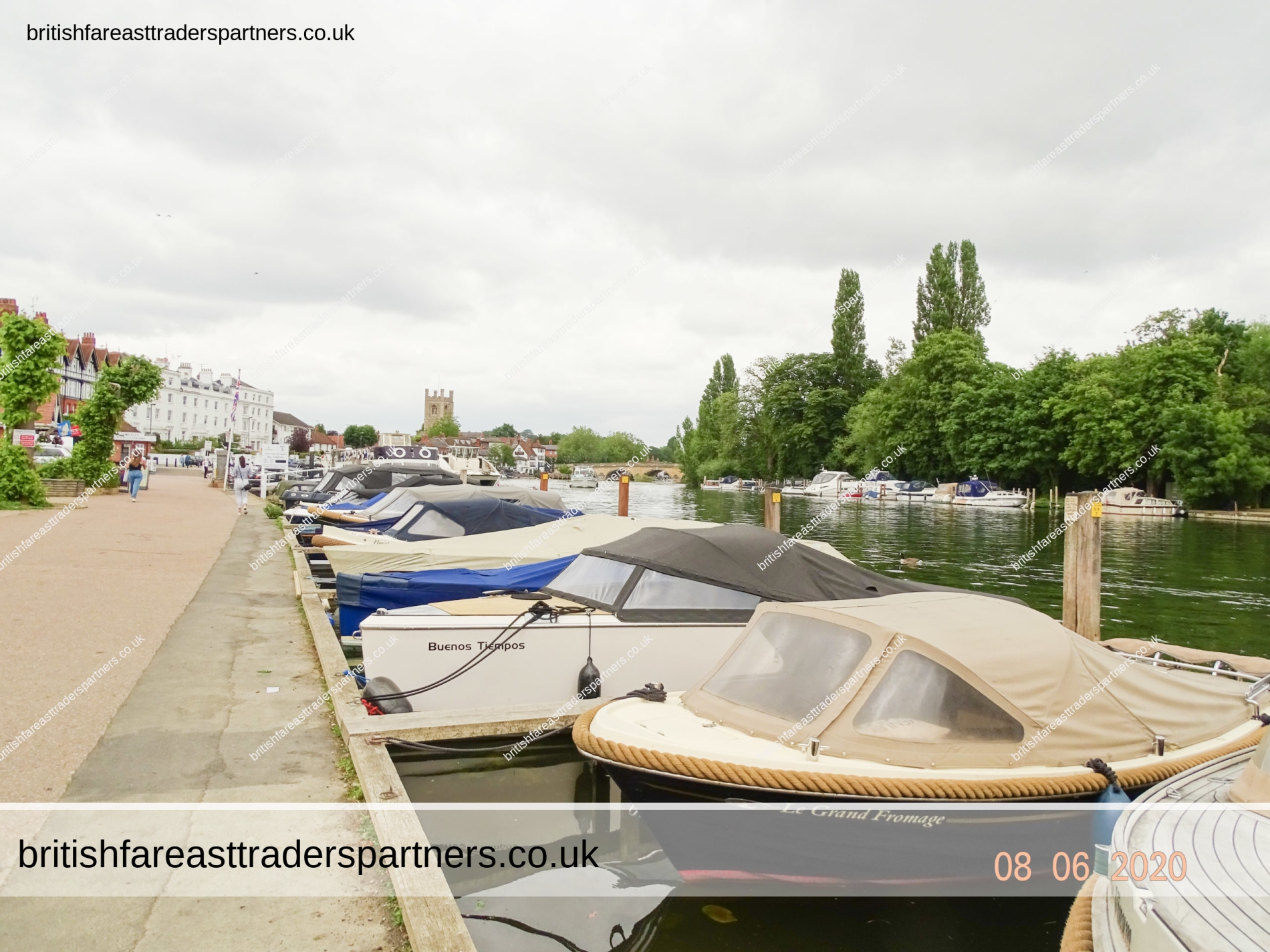
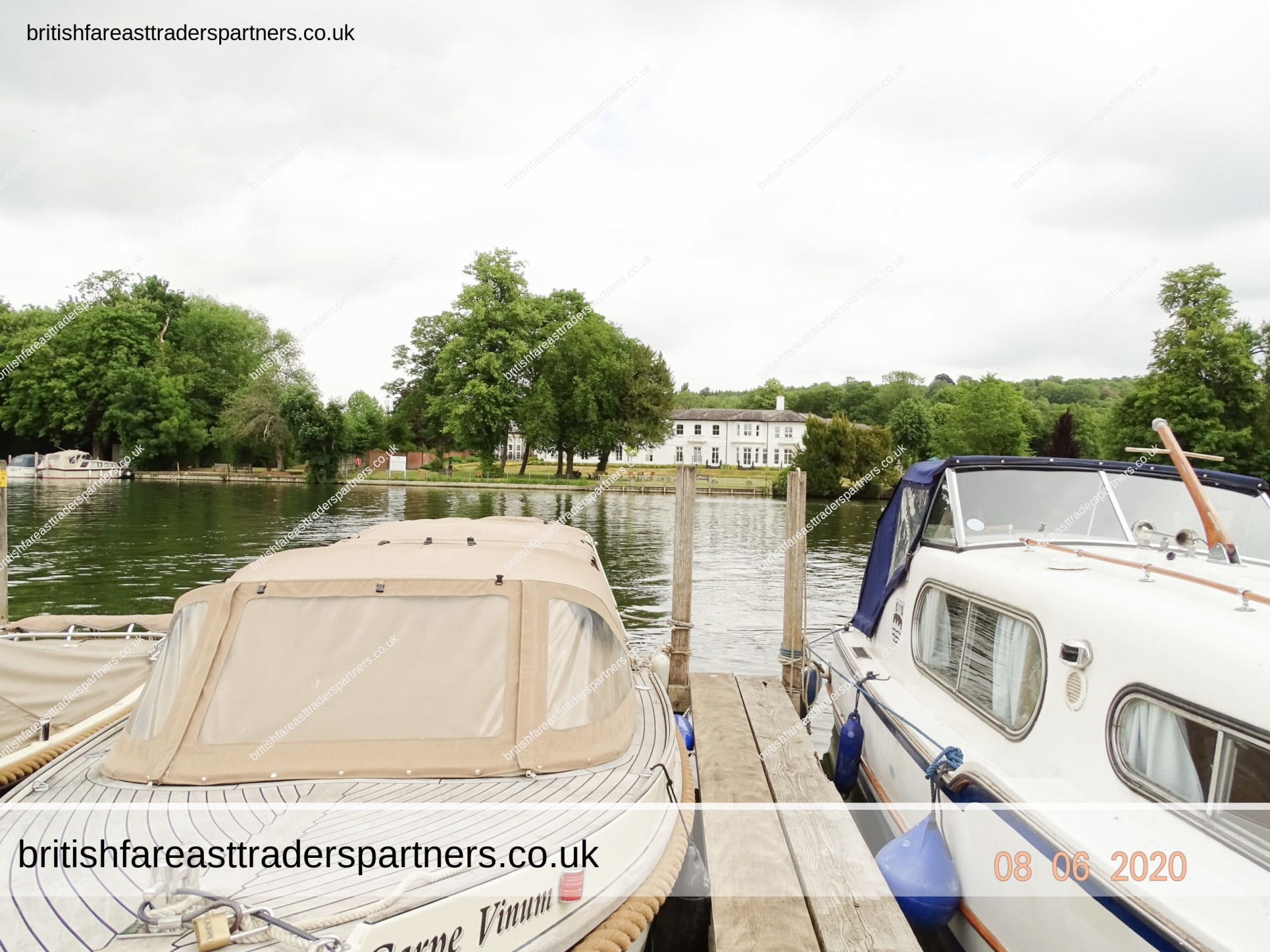
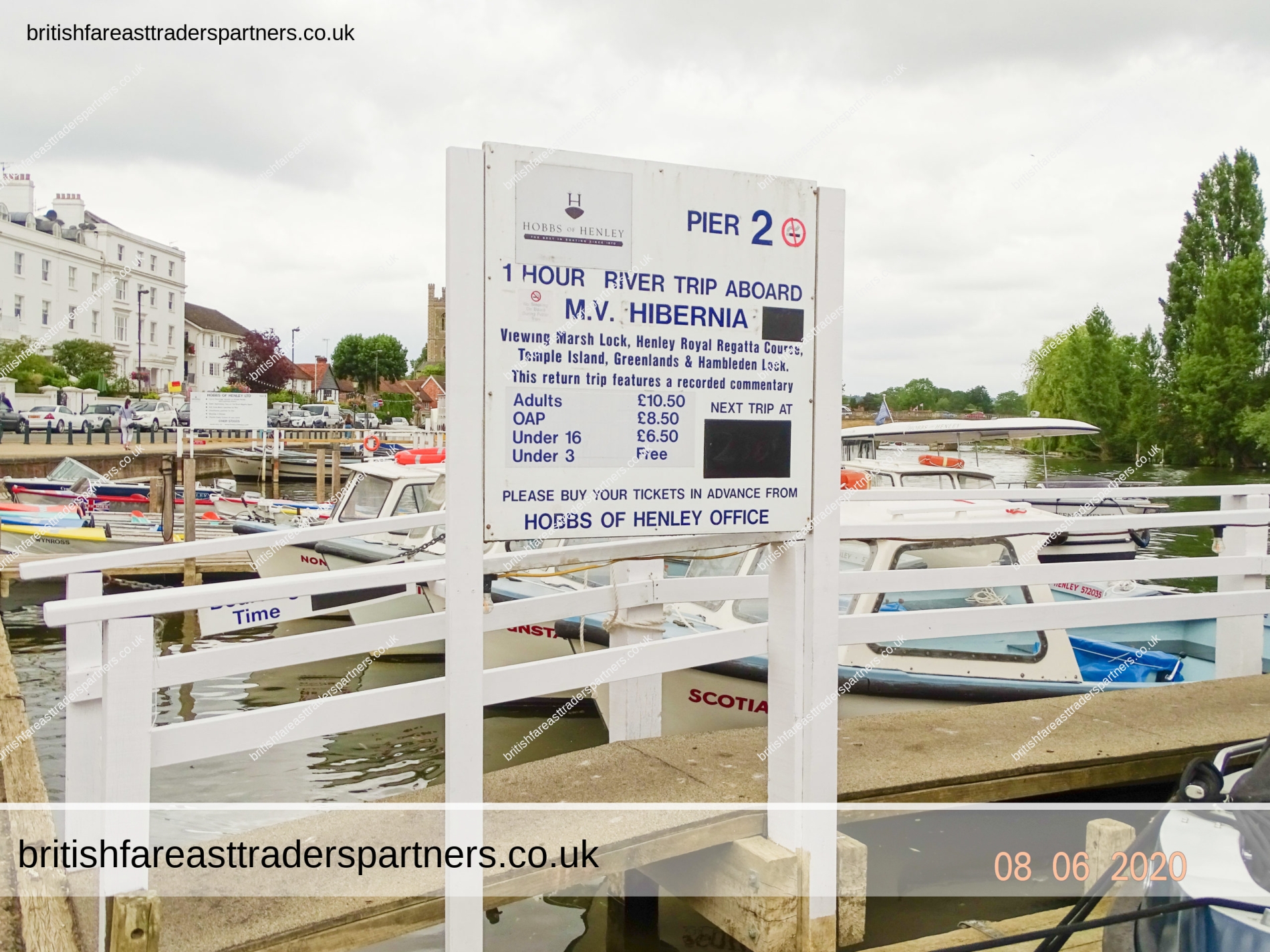
1 HOUR RIVER BOAT TRIP ABOARD M.V. HIBERNIA
Viewing Marsh Lock , Henley Royal Regatta Course , Temple Island
Greenland, and Hambleden Lock
HOBBS OF HENLEY OFFICE
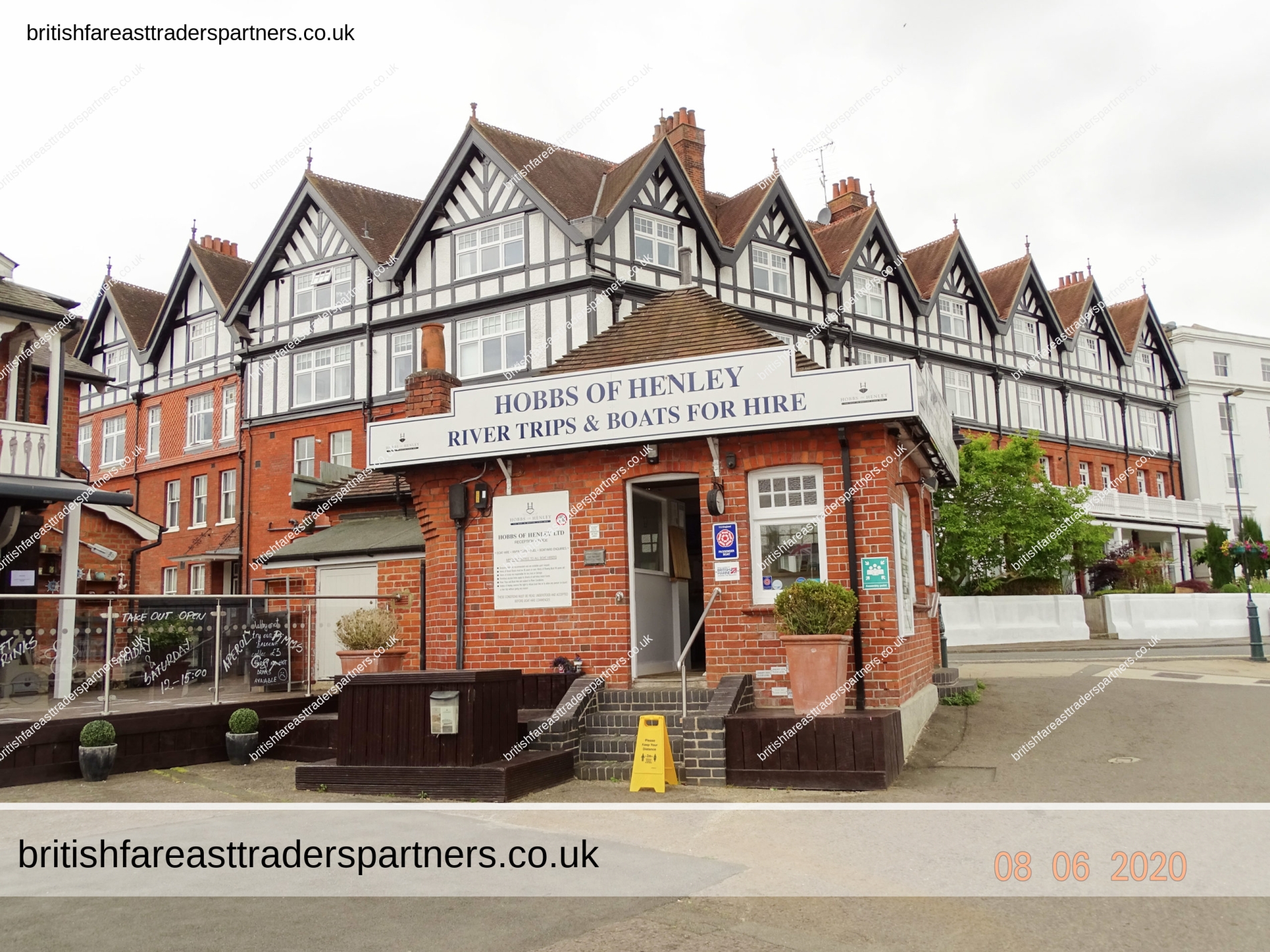
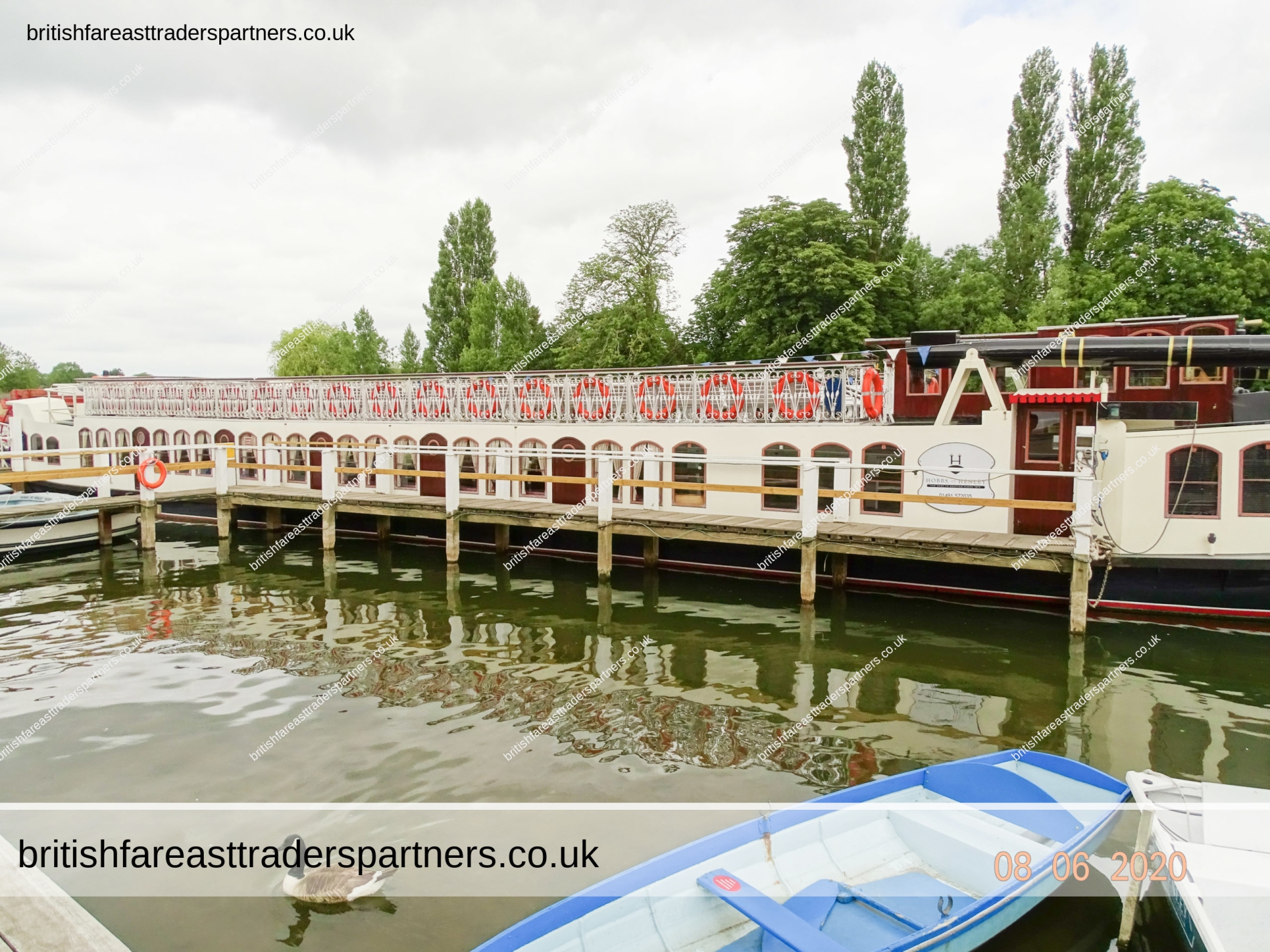
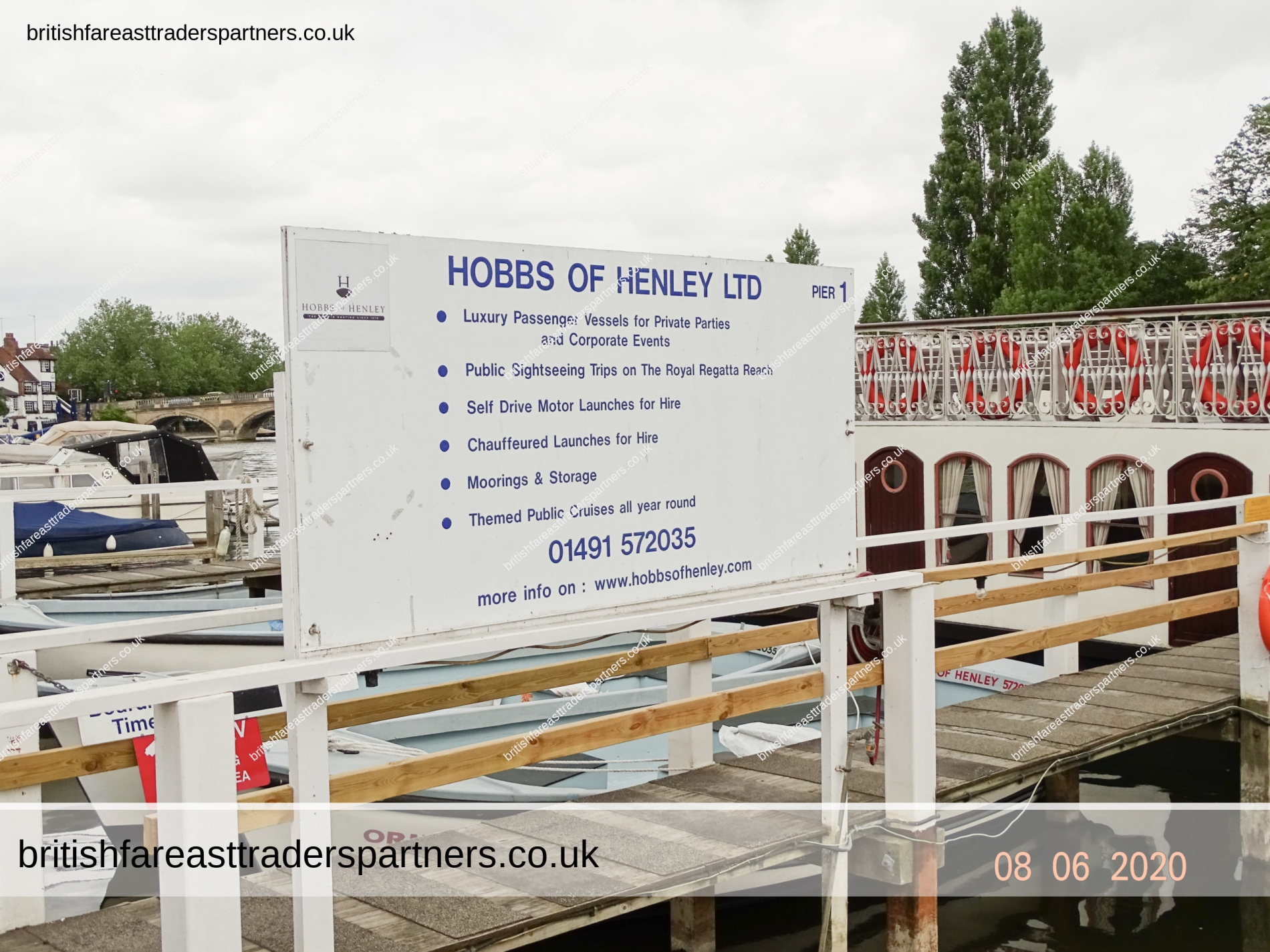
* Luxury Passenger Vessels for Private Parties and Corporate Events
* Public Sightseeing Trips on the Royal Regatta Reach
* Chauffeured Launches for Hire
* Moorings & Storage
* Themed Public Cruises all year round
www. hobbsofhenley.com
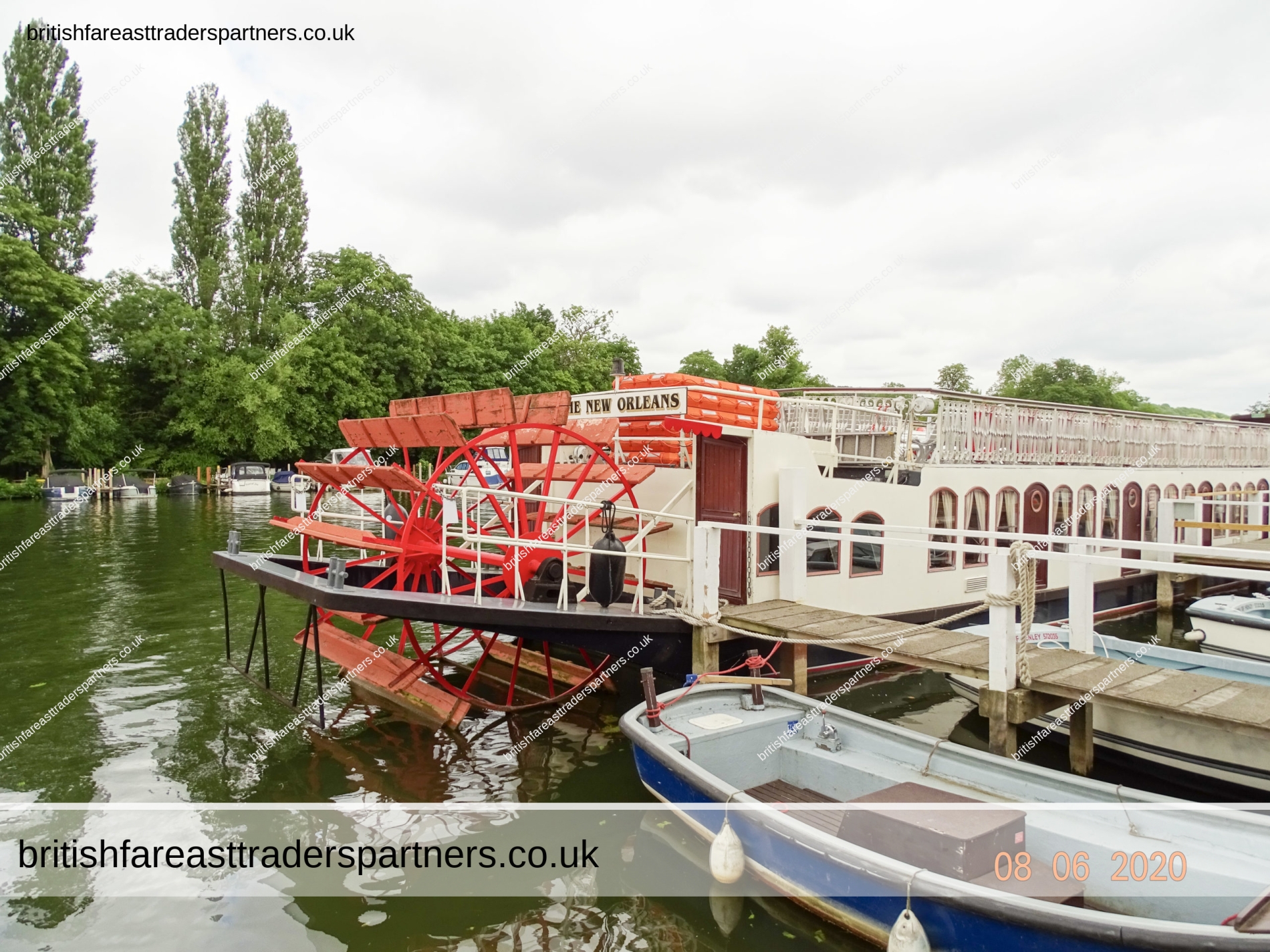
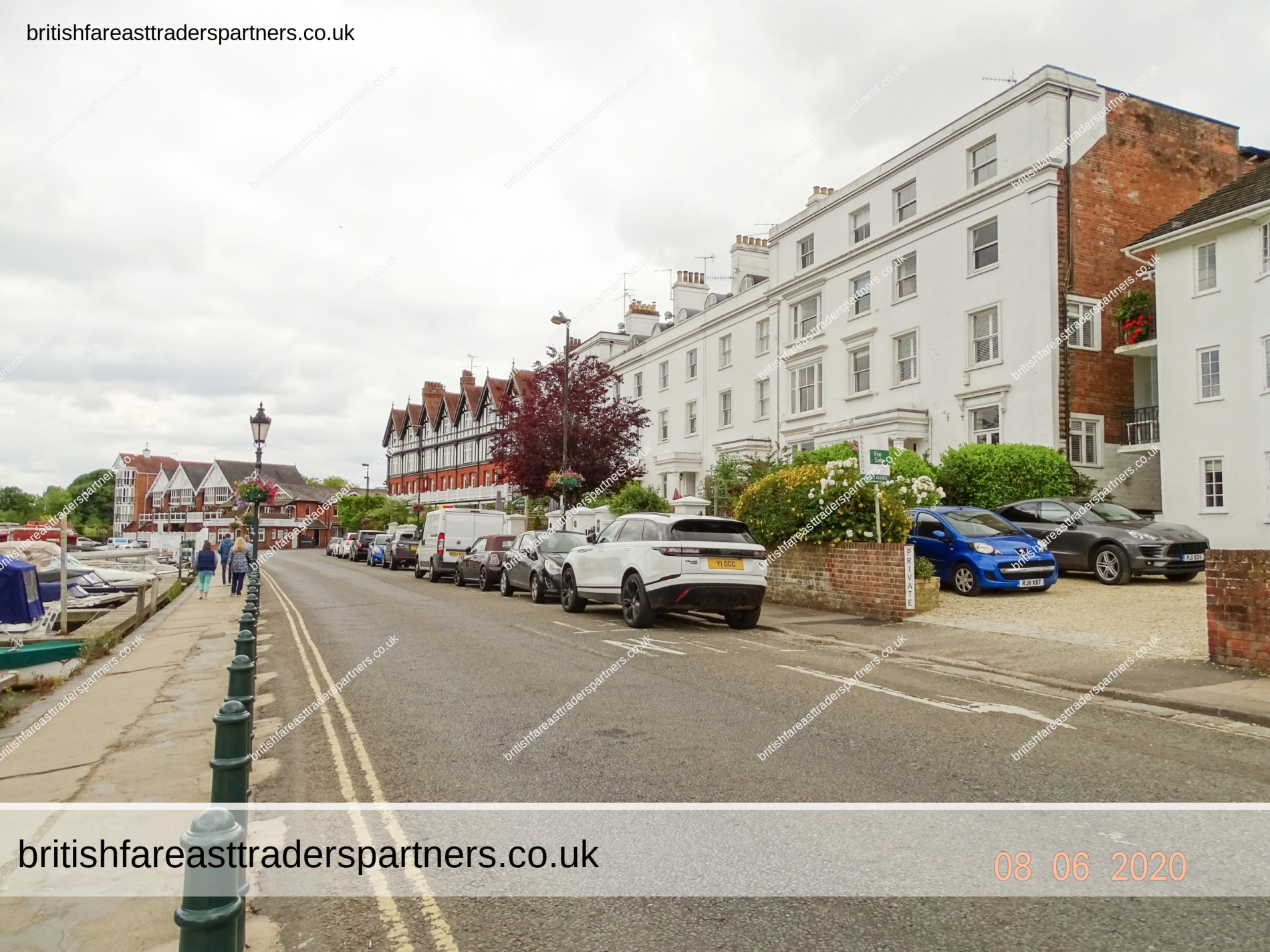

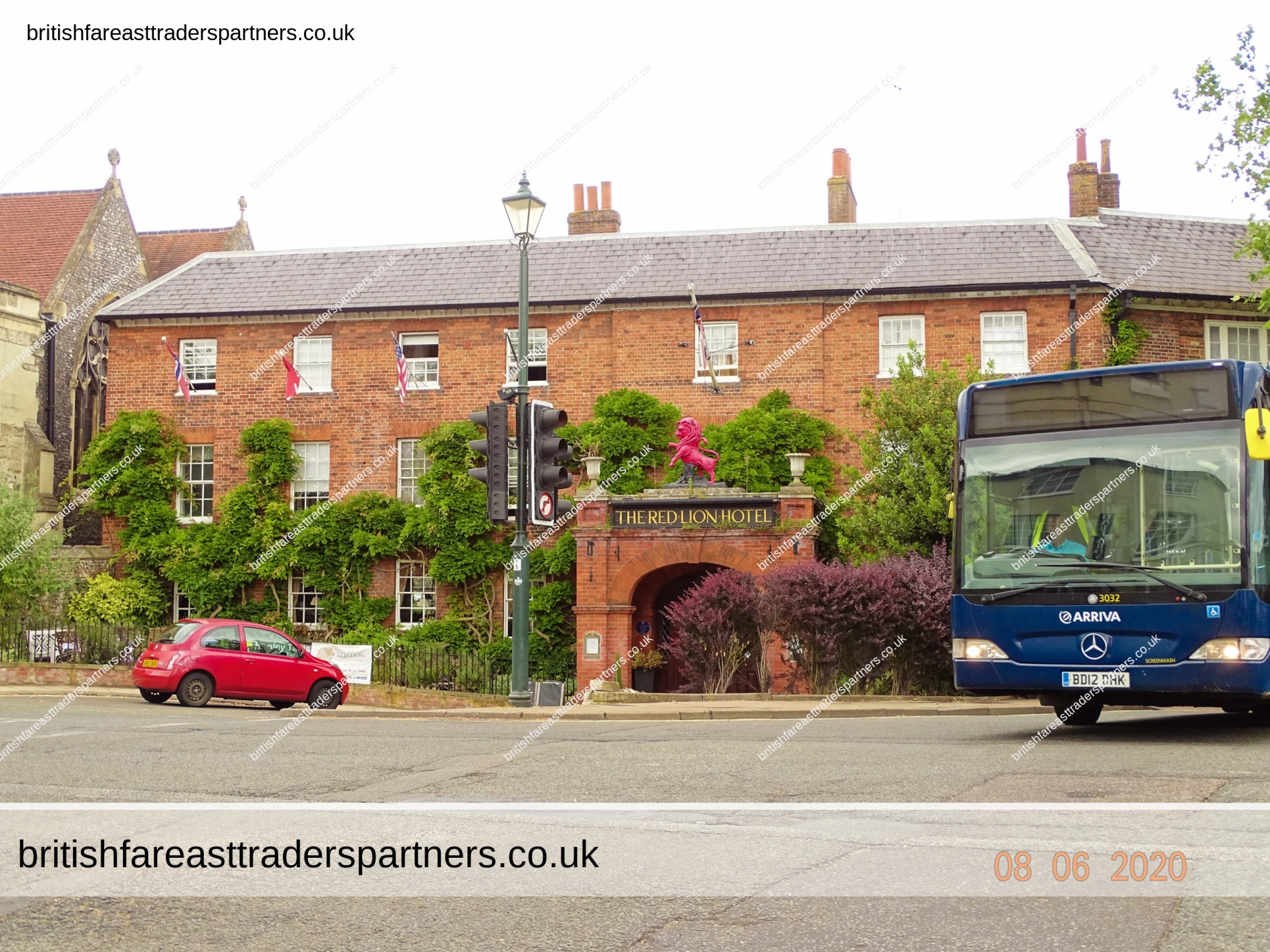
HENLEY-ON THAMES
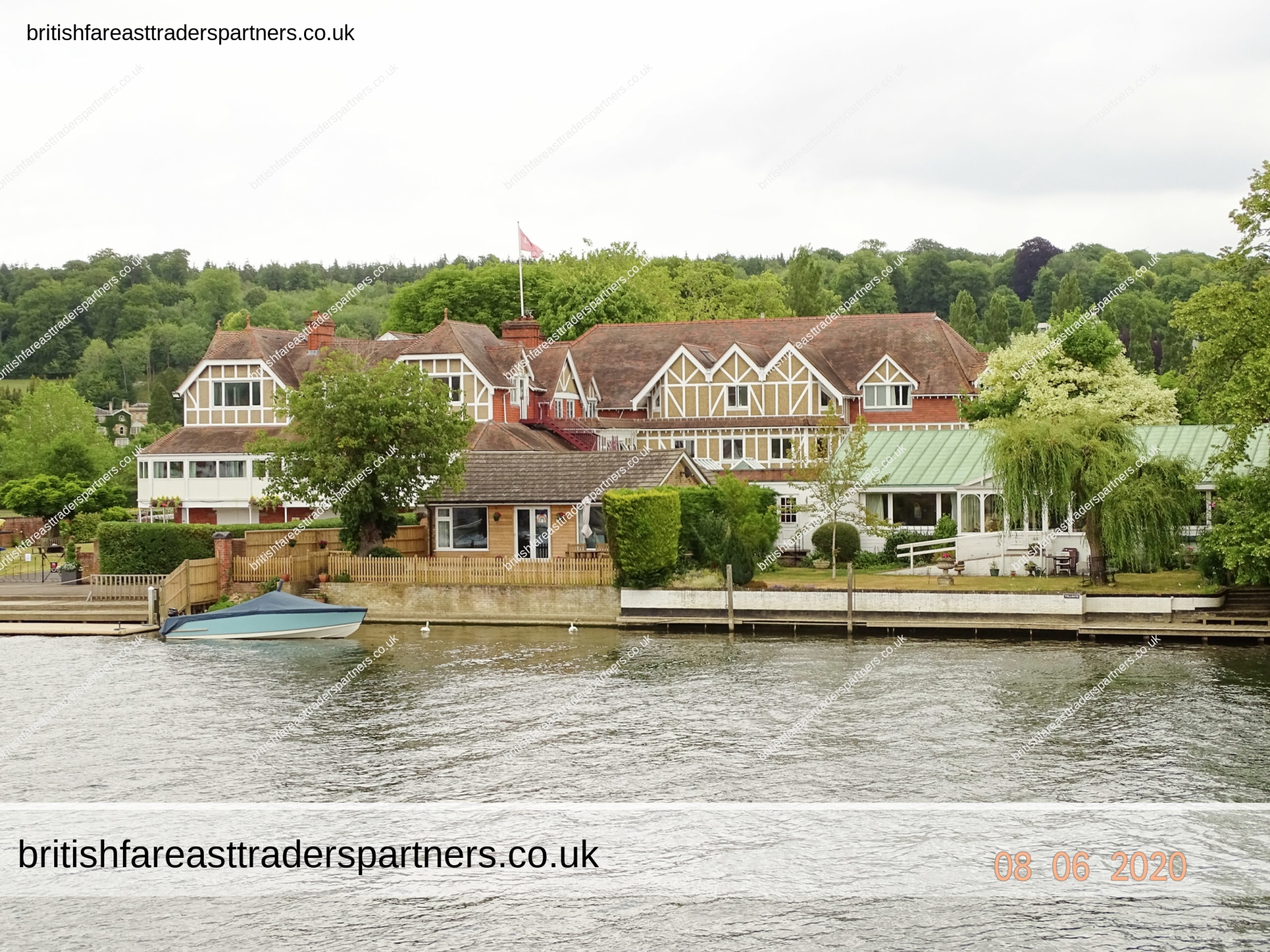

TWINNED WITH
FALAISE NORMANDY
LEICHLINGEN RHINELAND
BLED SLOVENIA
FRIENDSHIP LINK WITH BORAMA, SOMALILAND
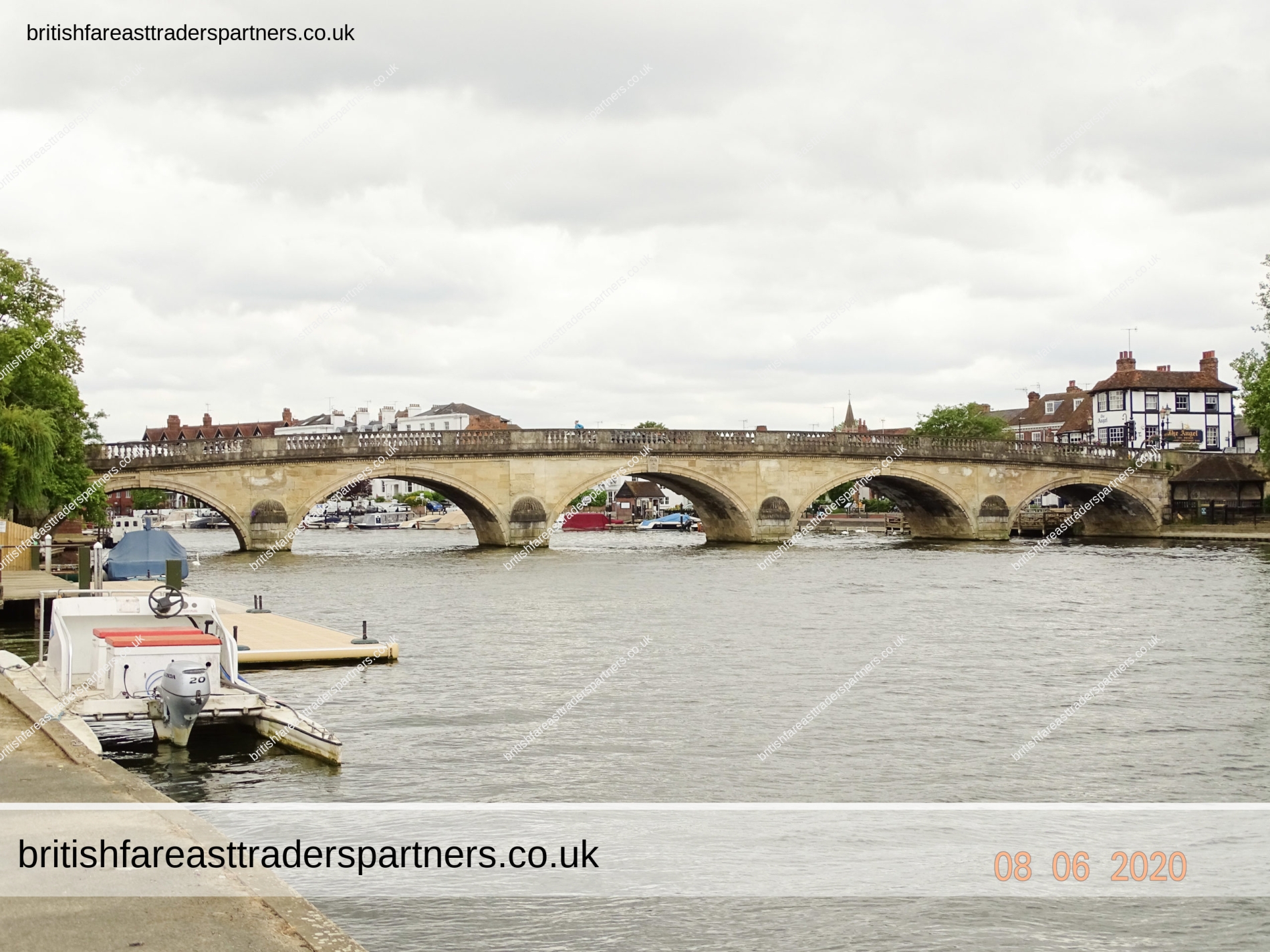
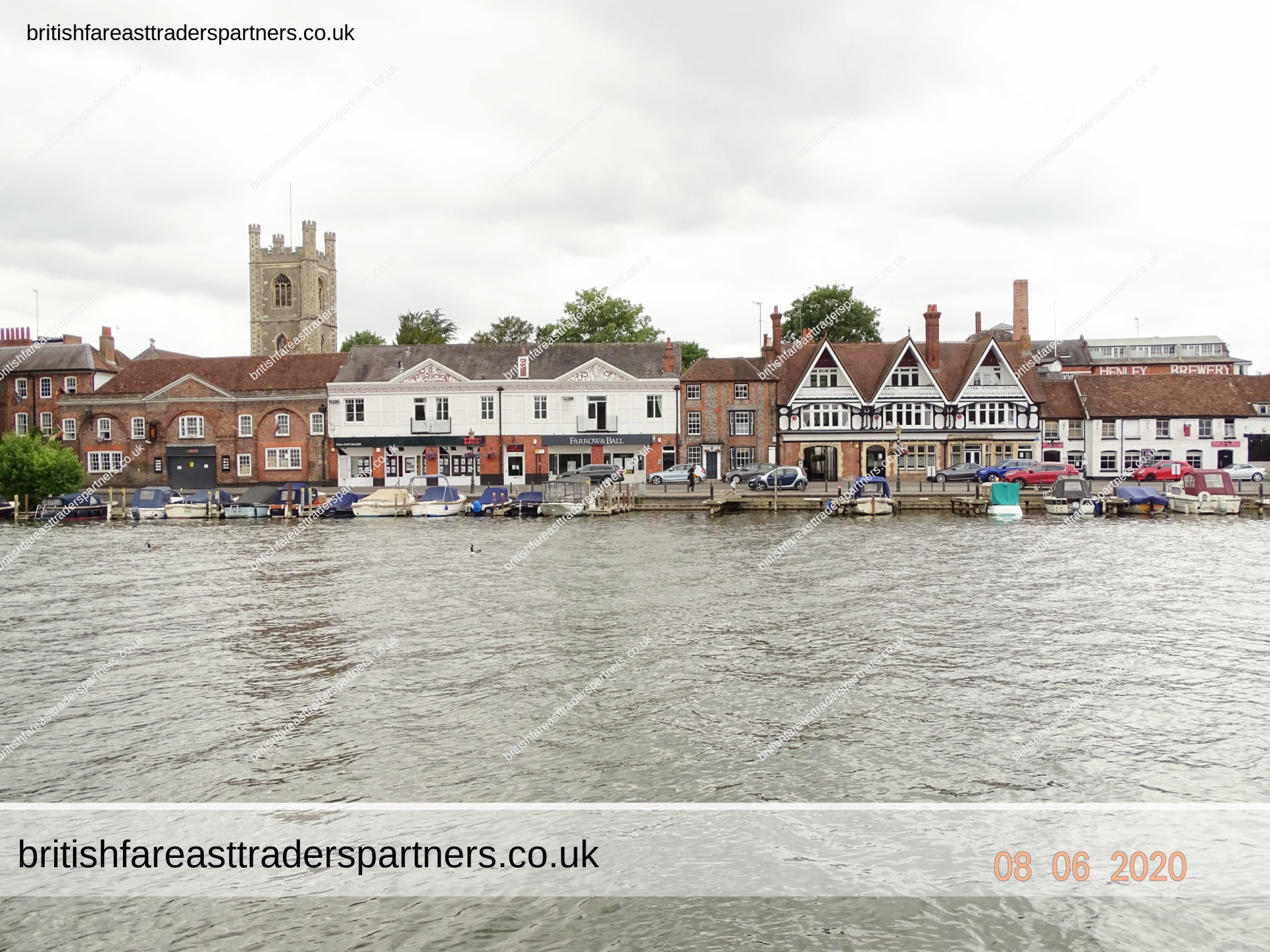
FARROW & BALL
HENLEY BREWERY
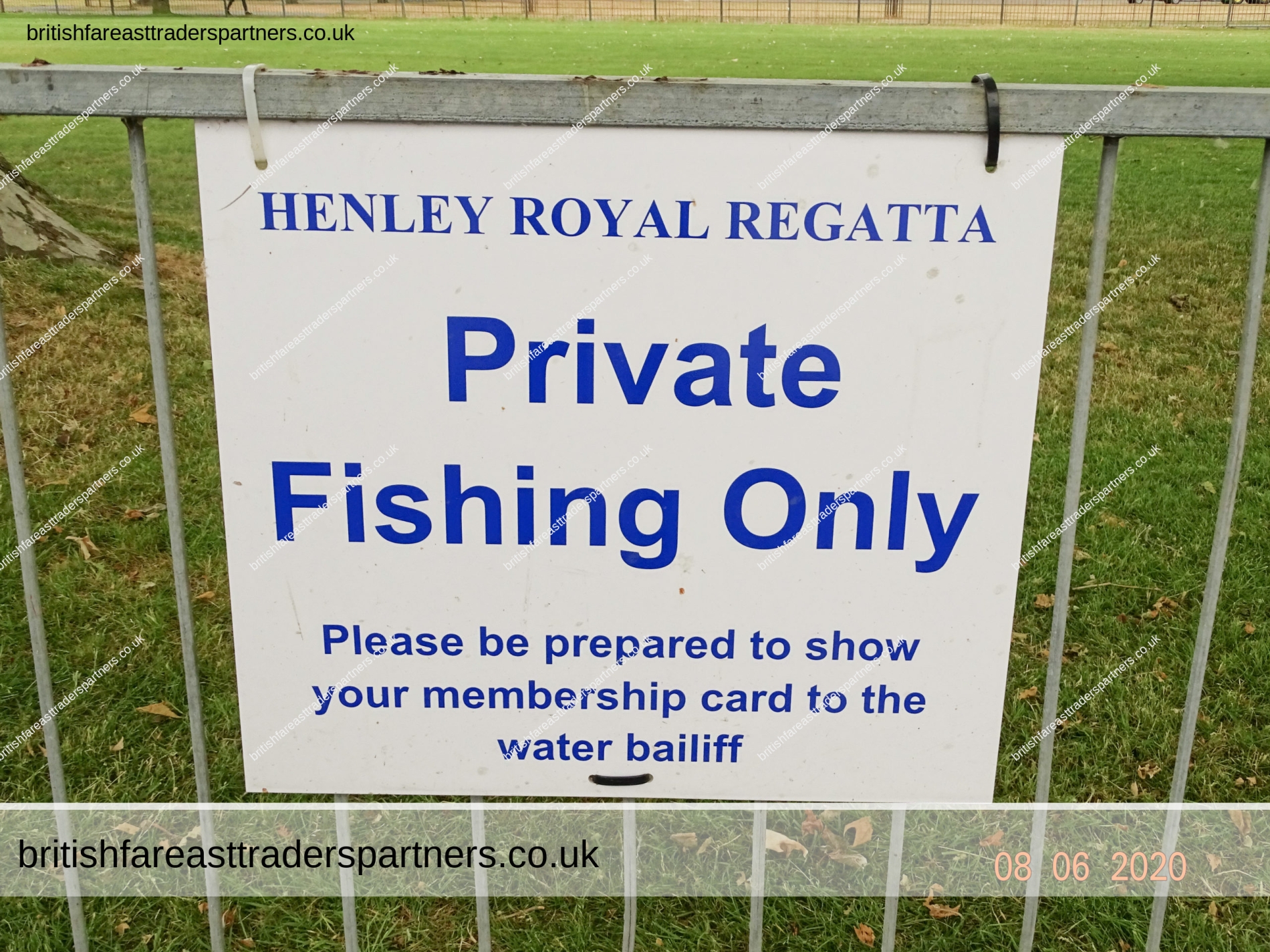
PRIVATE FISHING ONLY
Please be prepared to show your membership card to the water bailiff
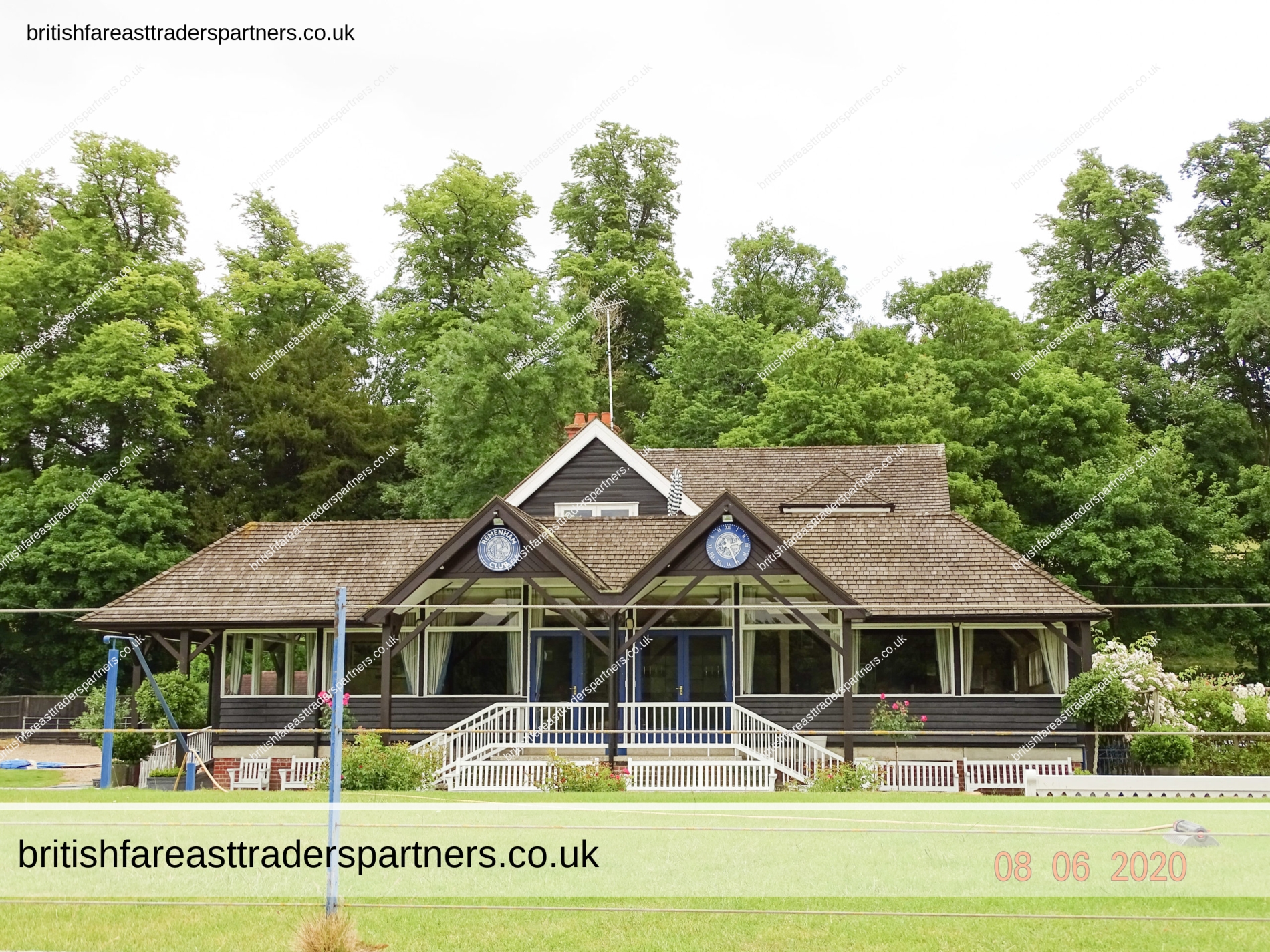
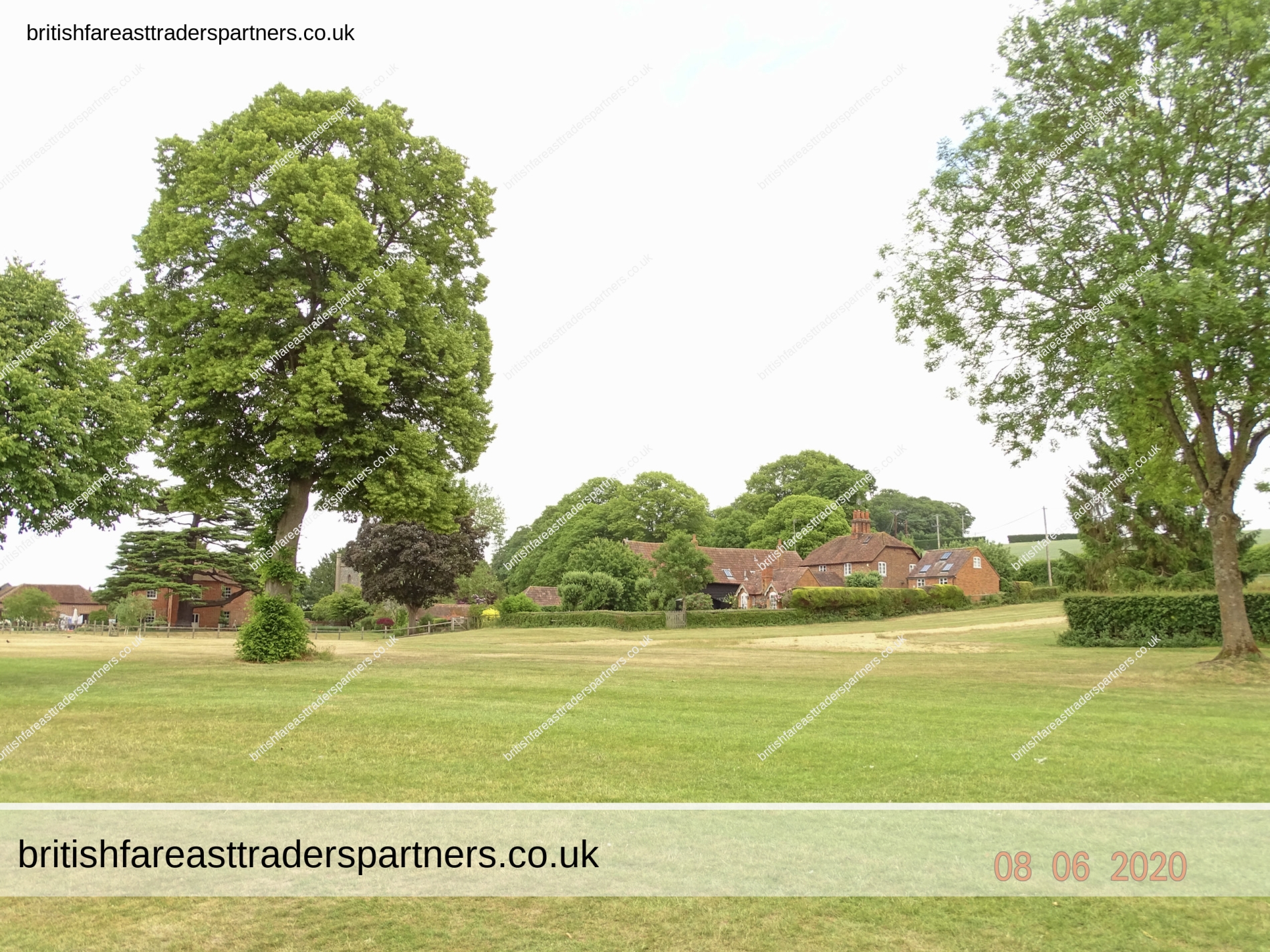
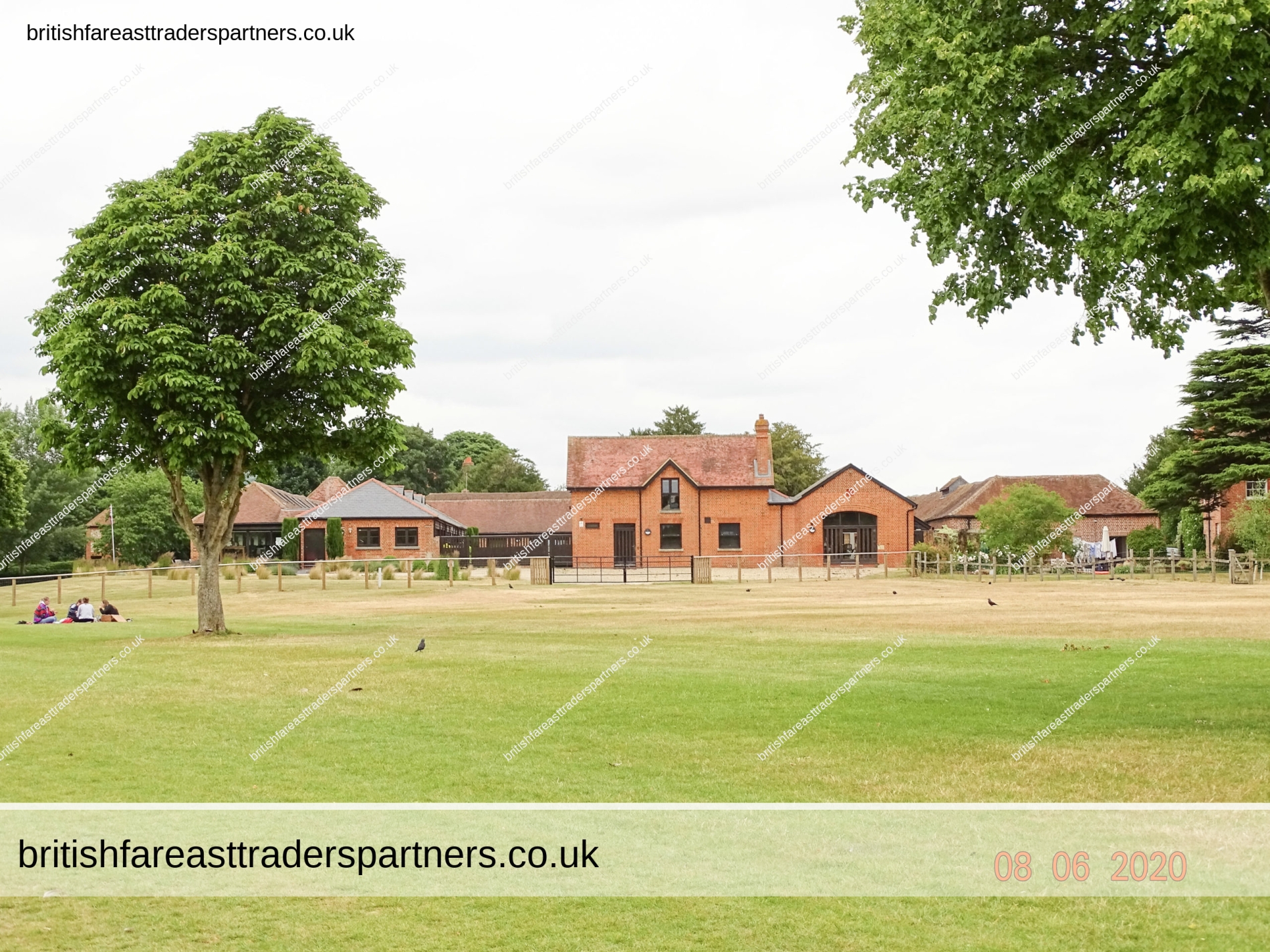
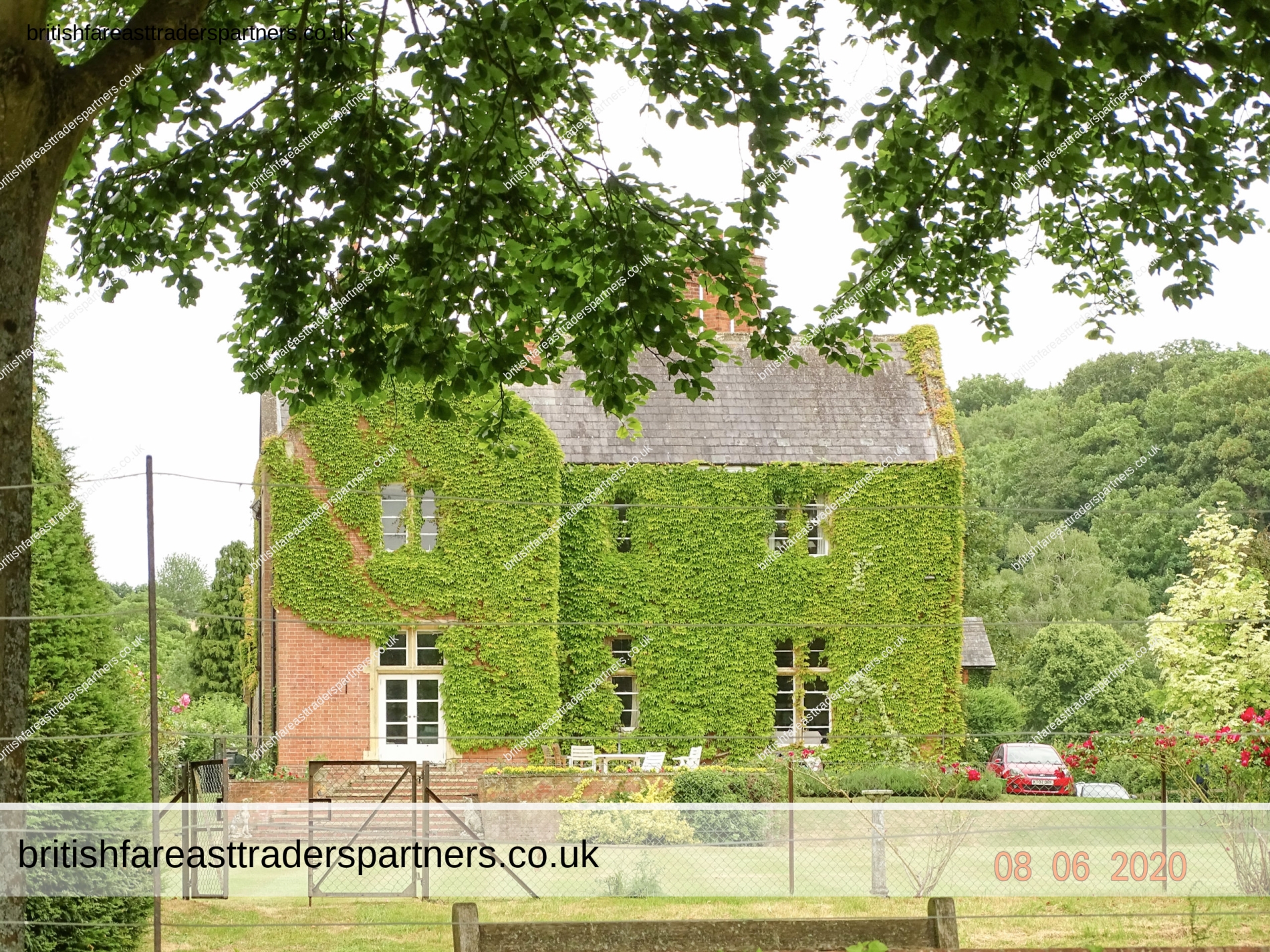
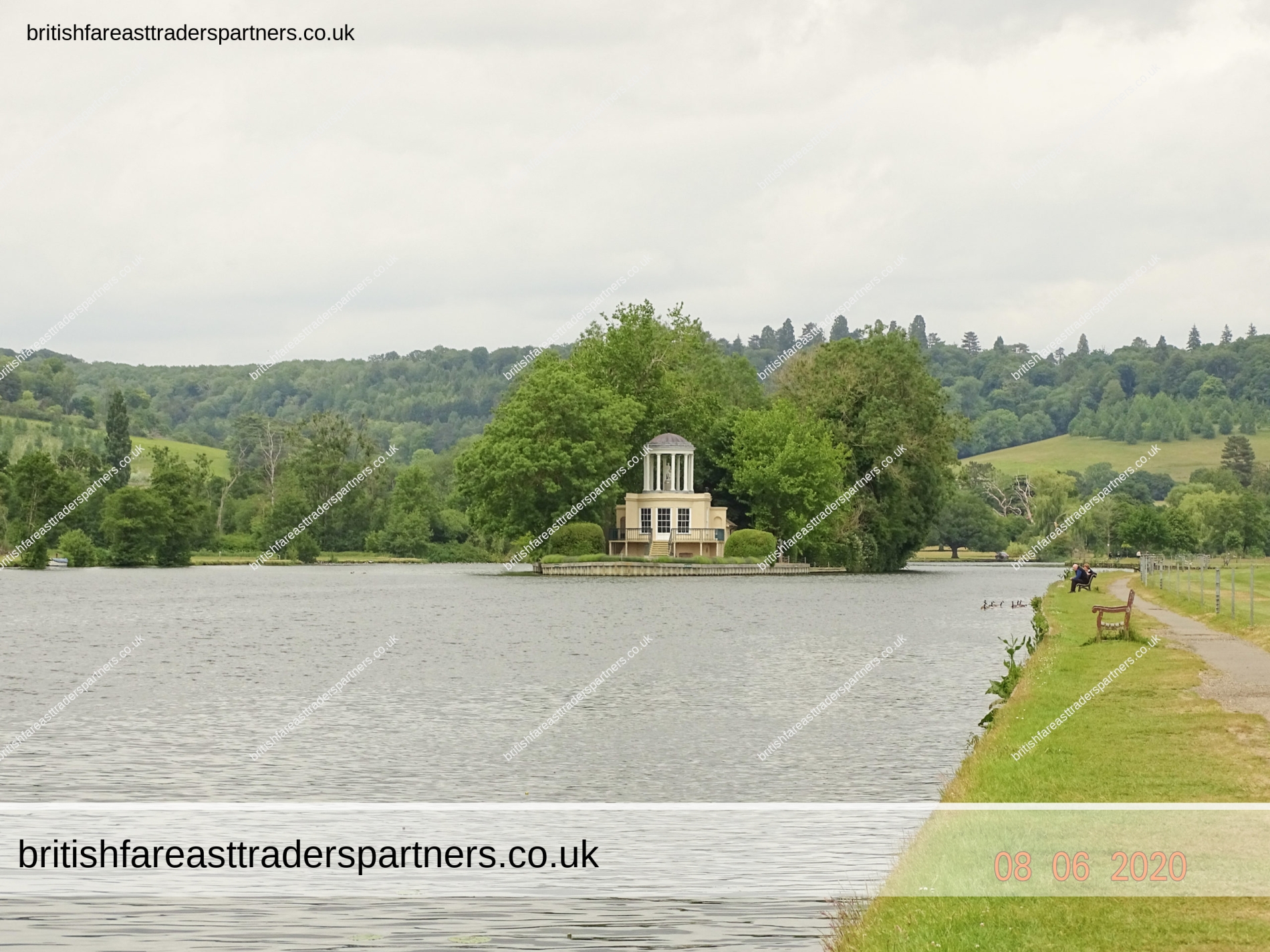
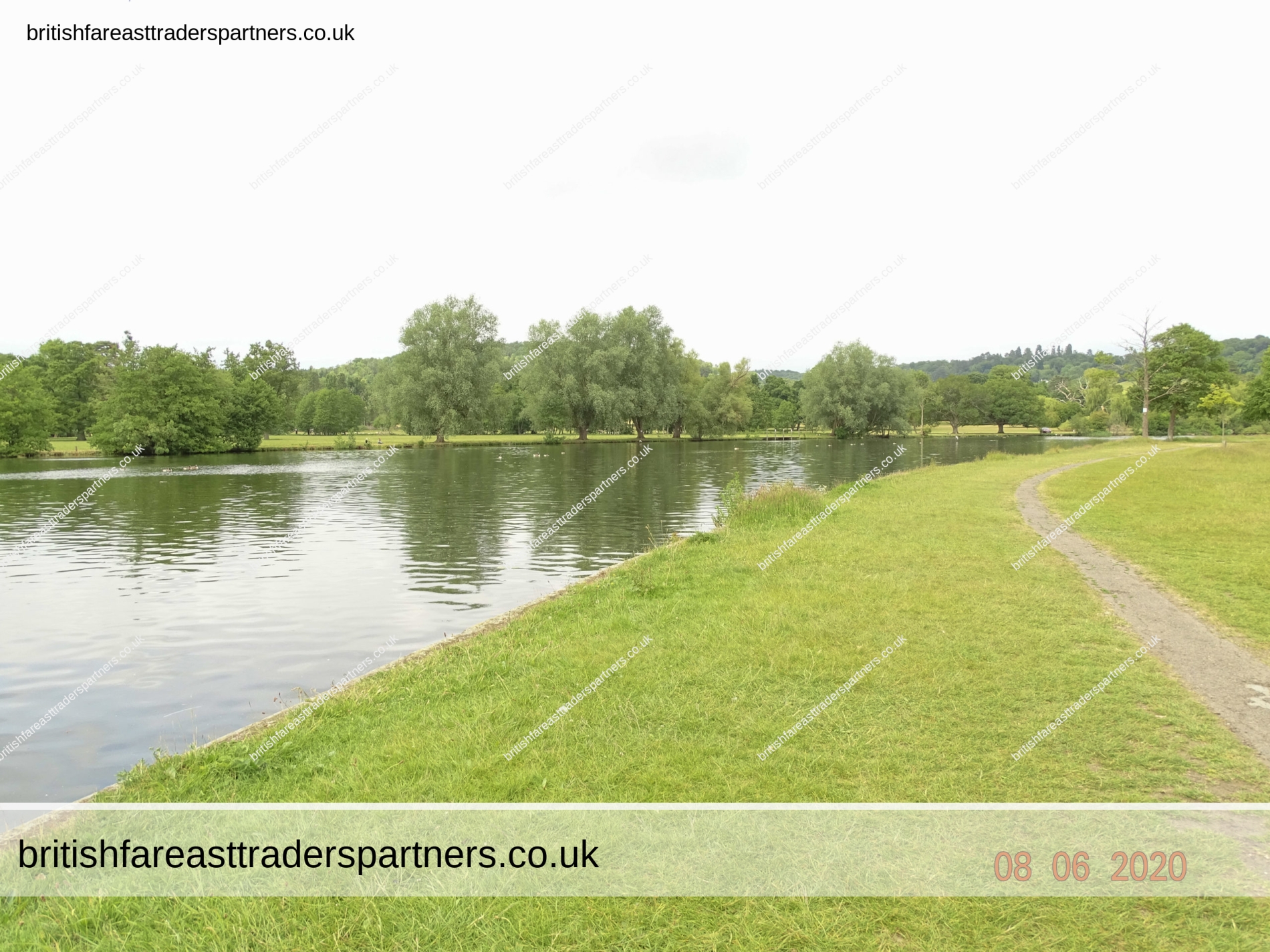
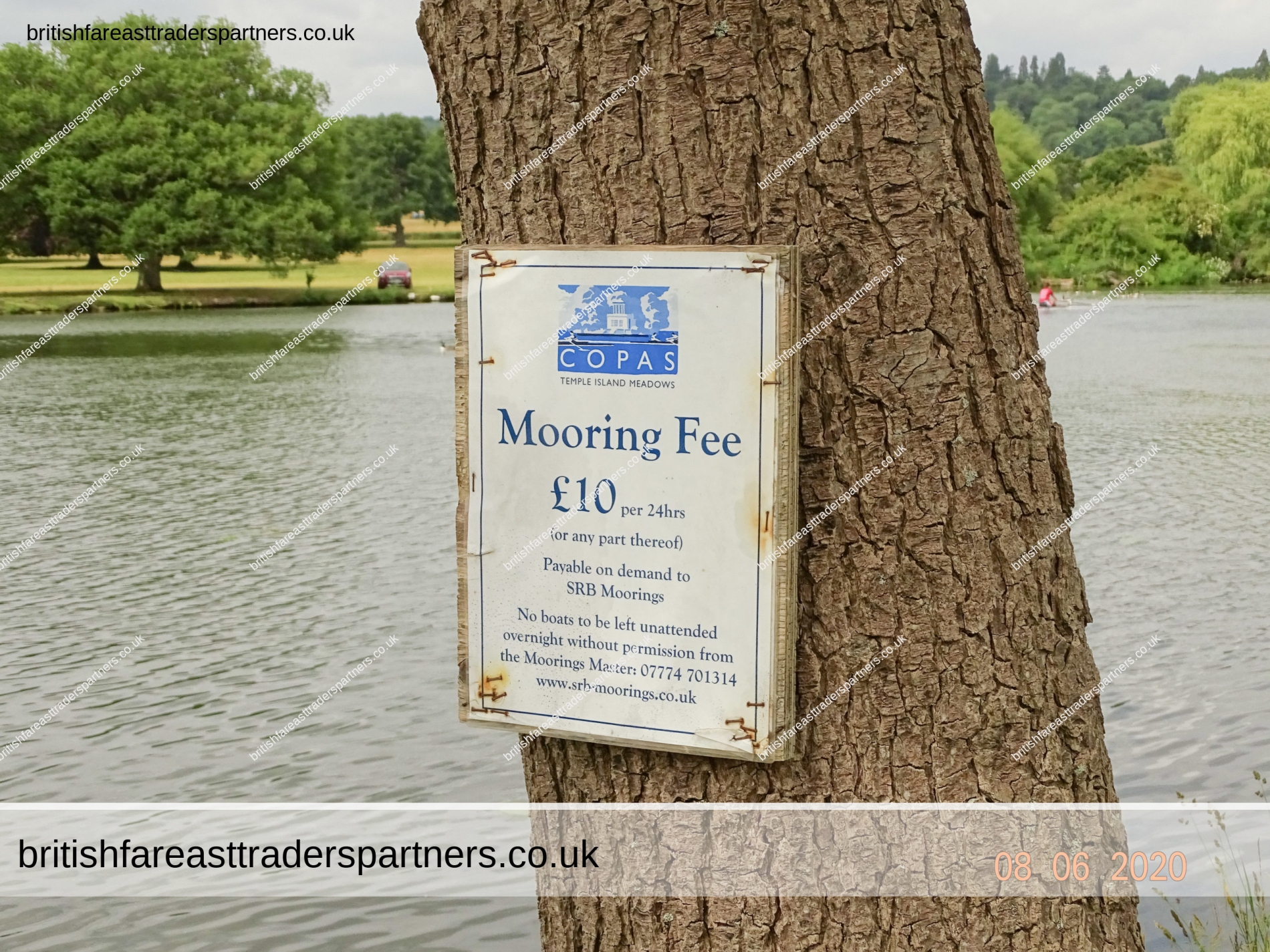
TEMPLE ISLAND MEADOWS
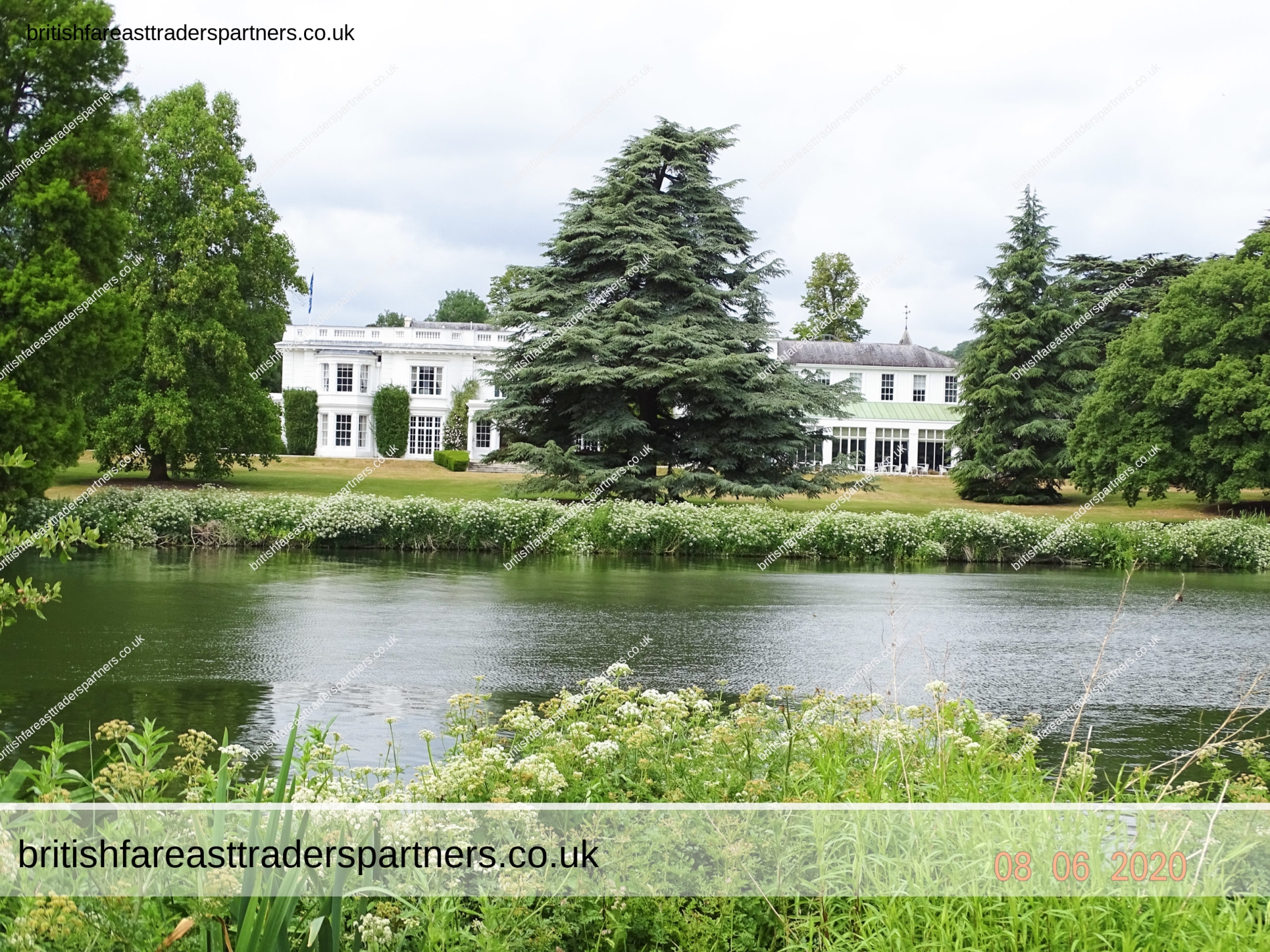

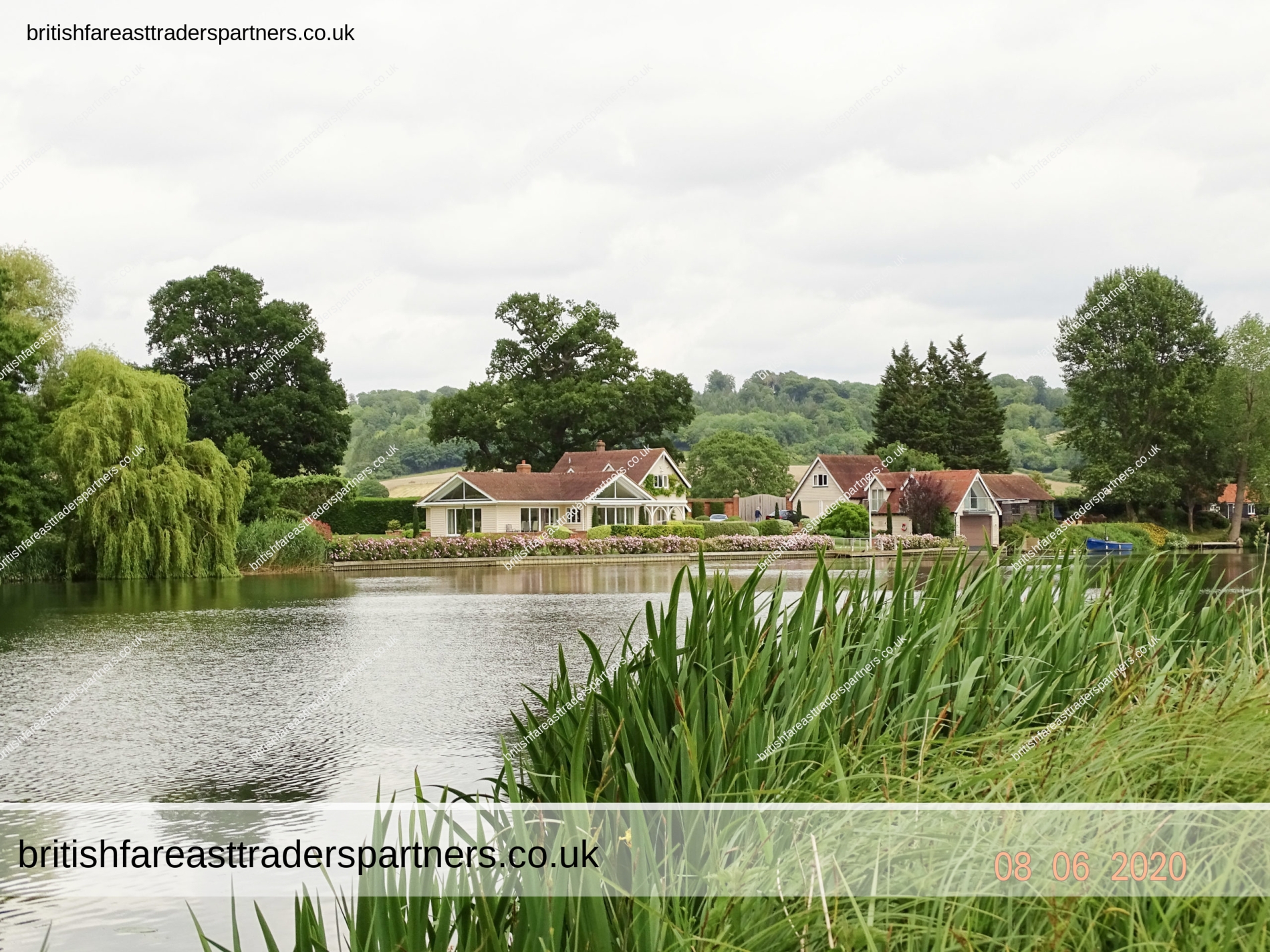
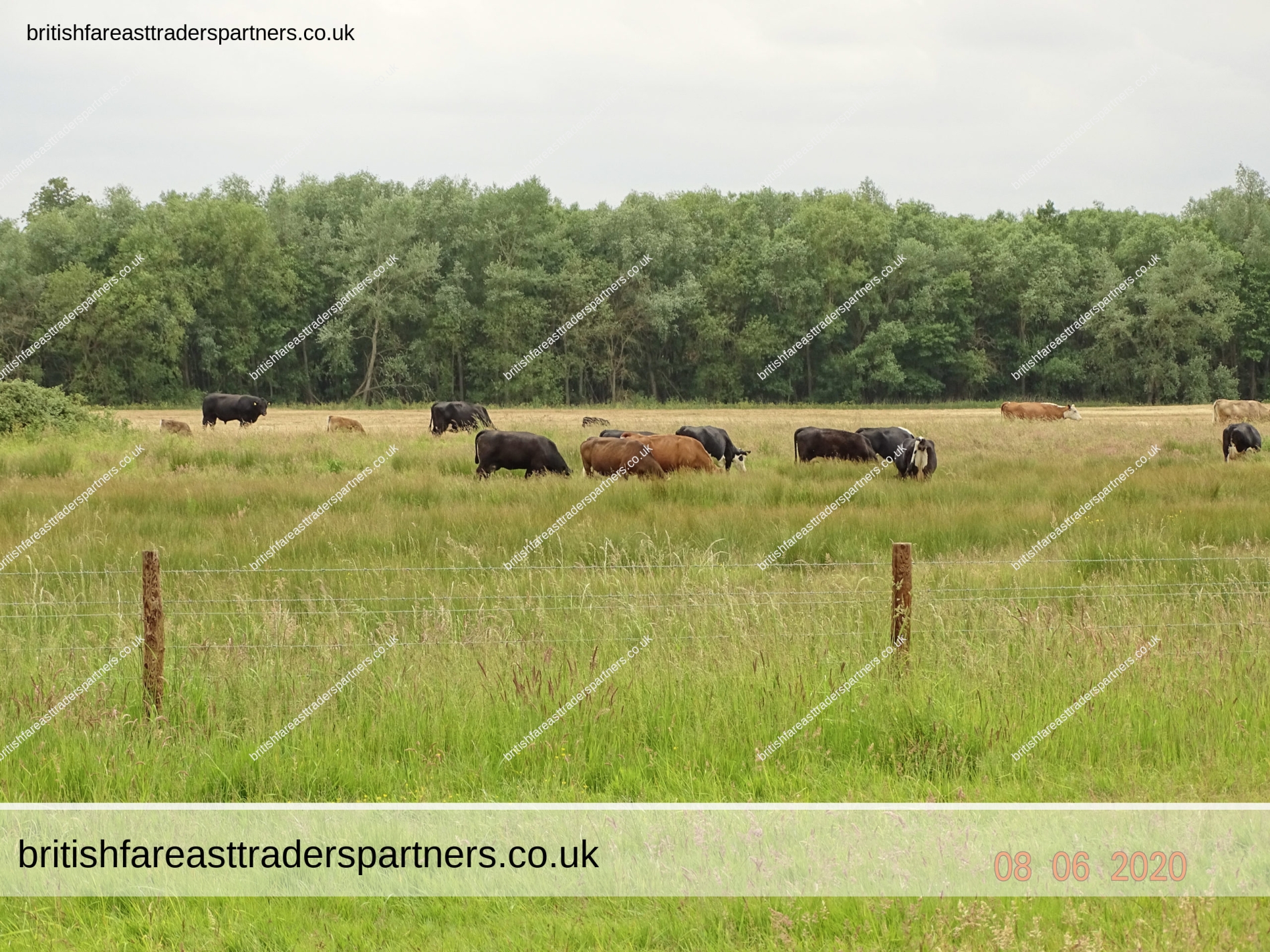
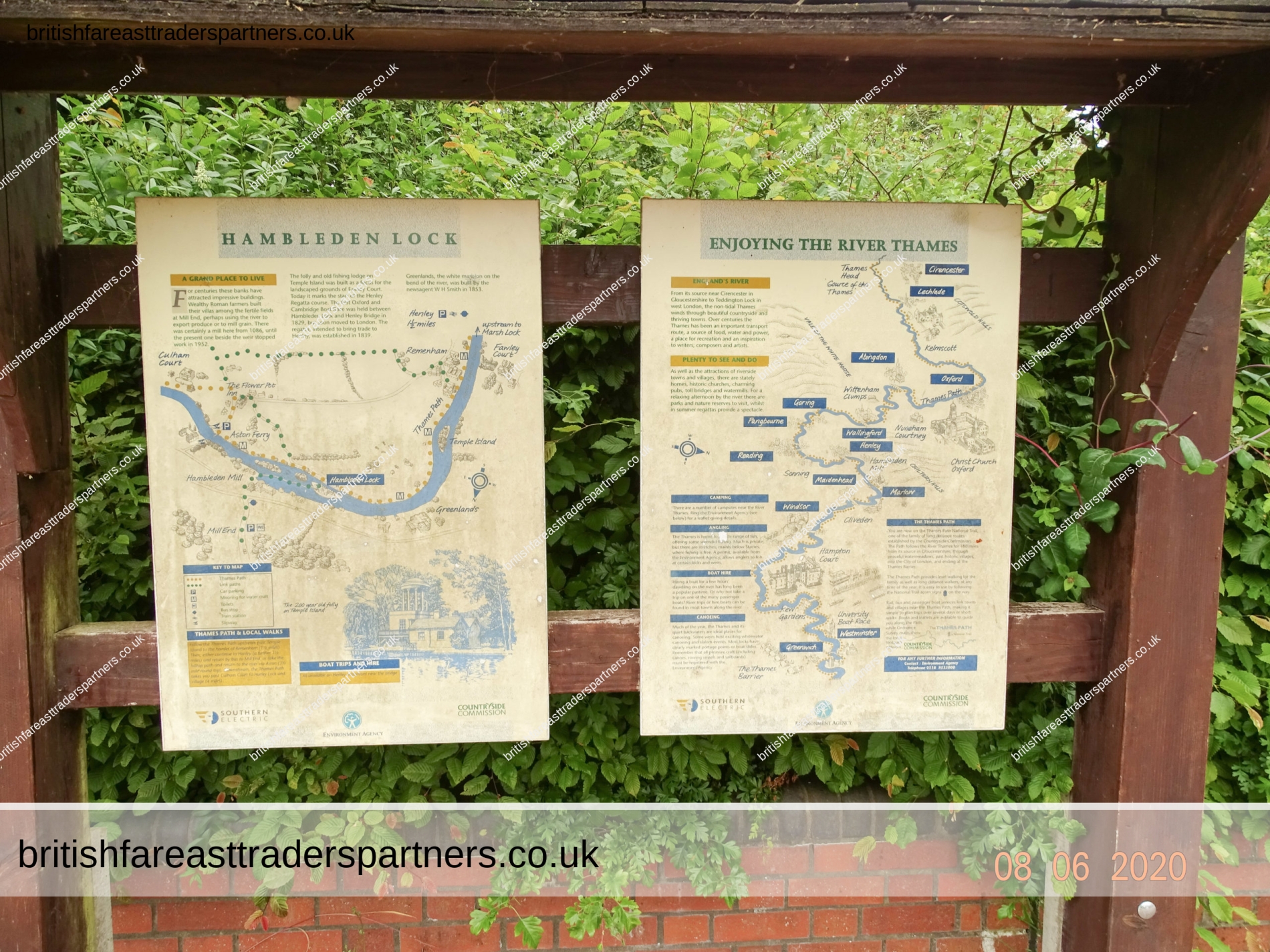
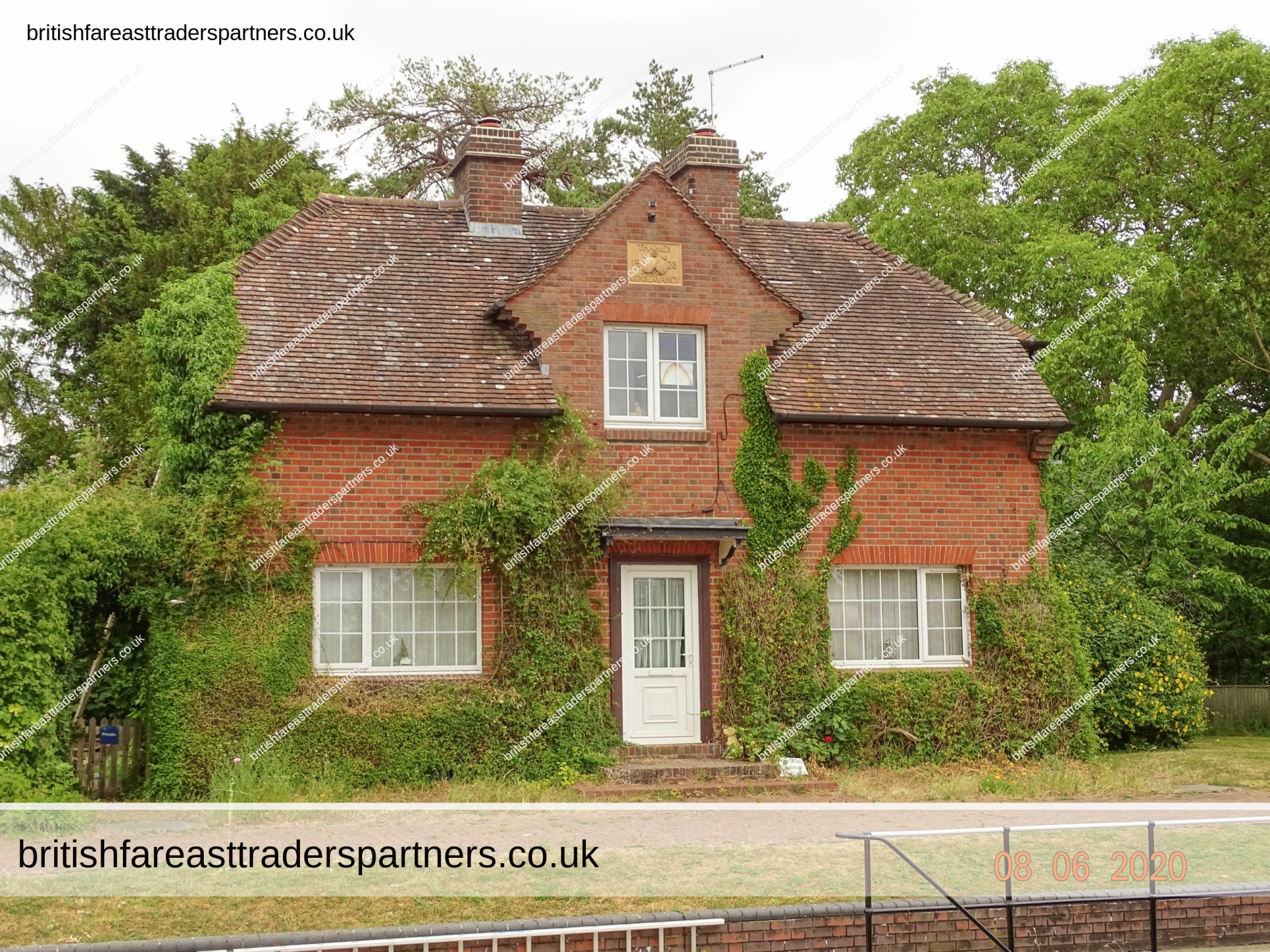
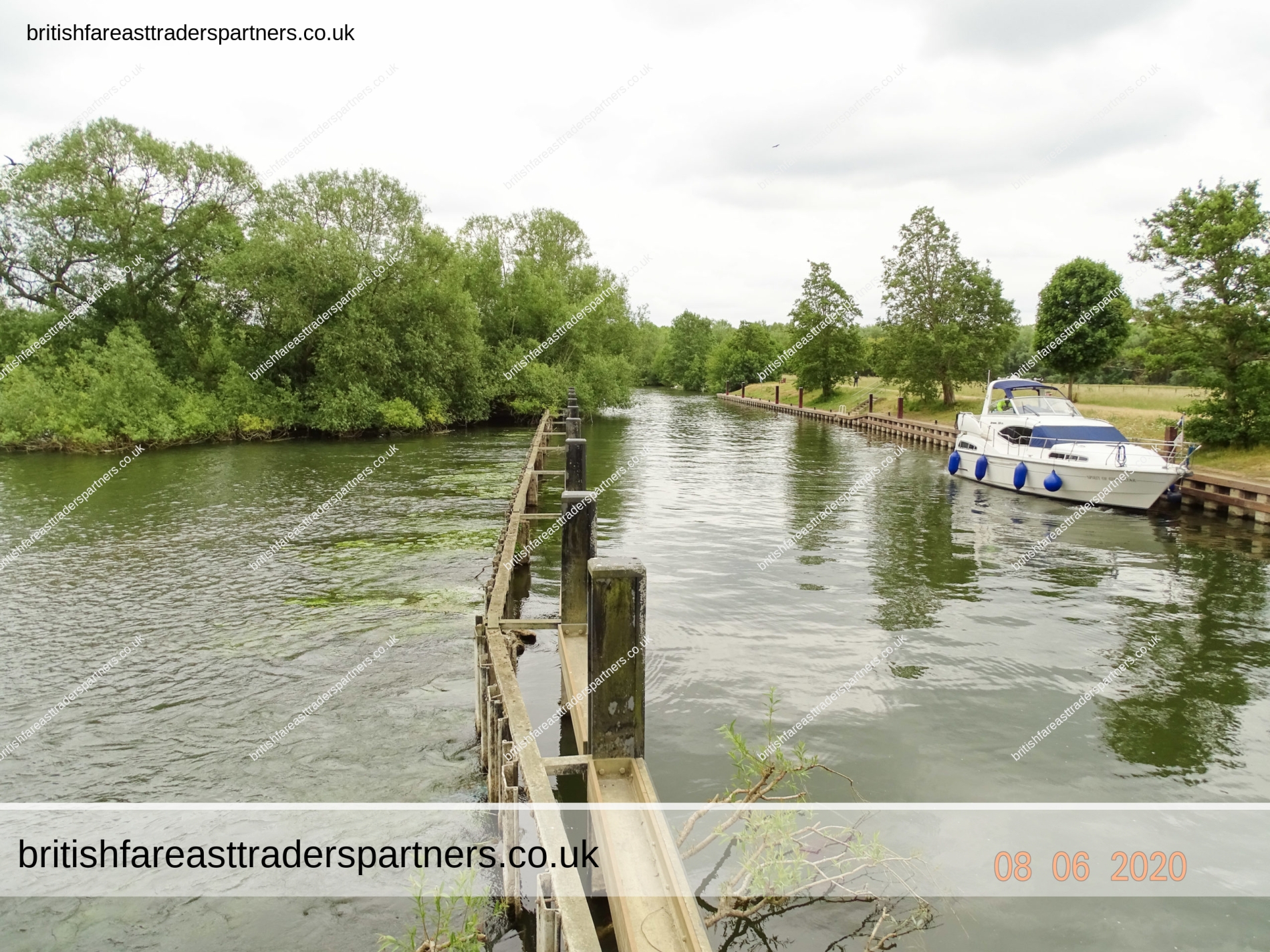
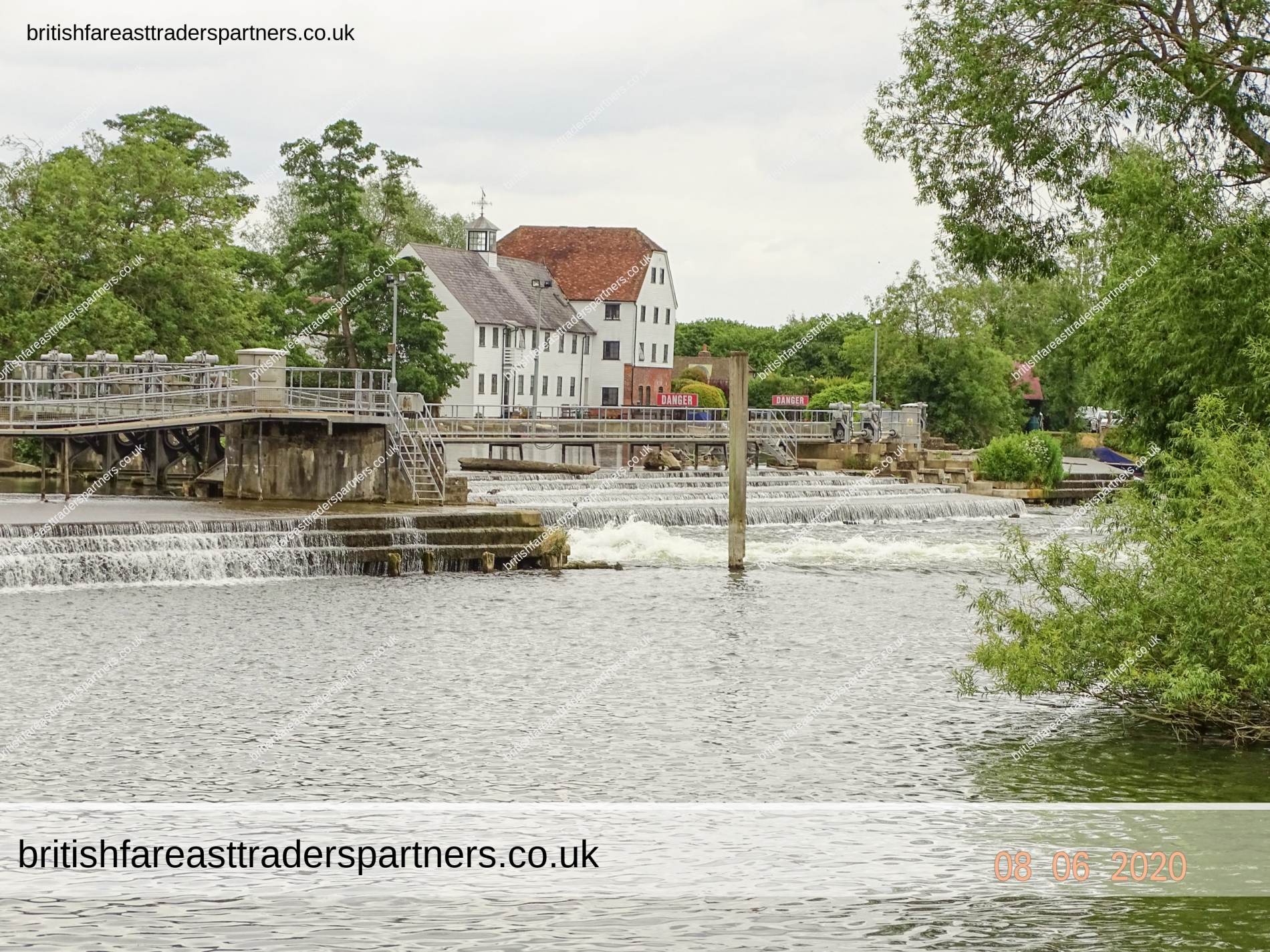
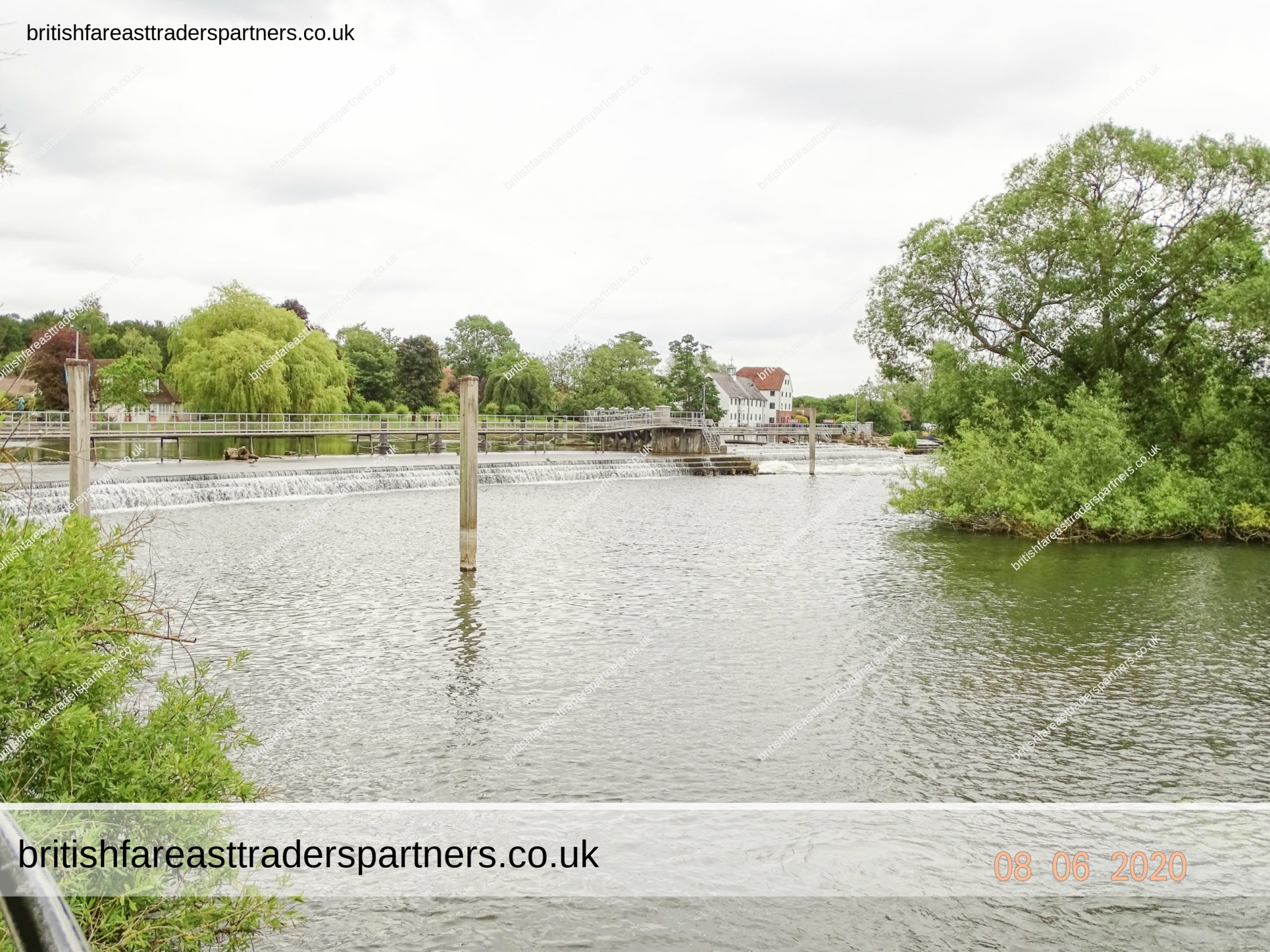

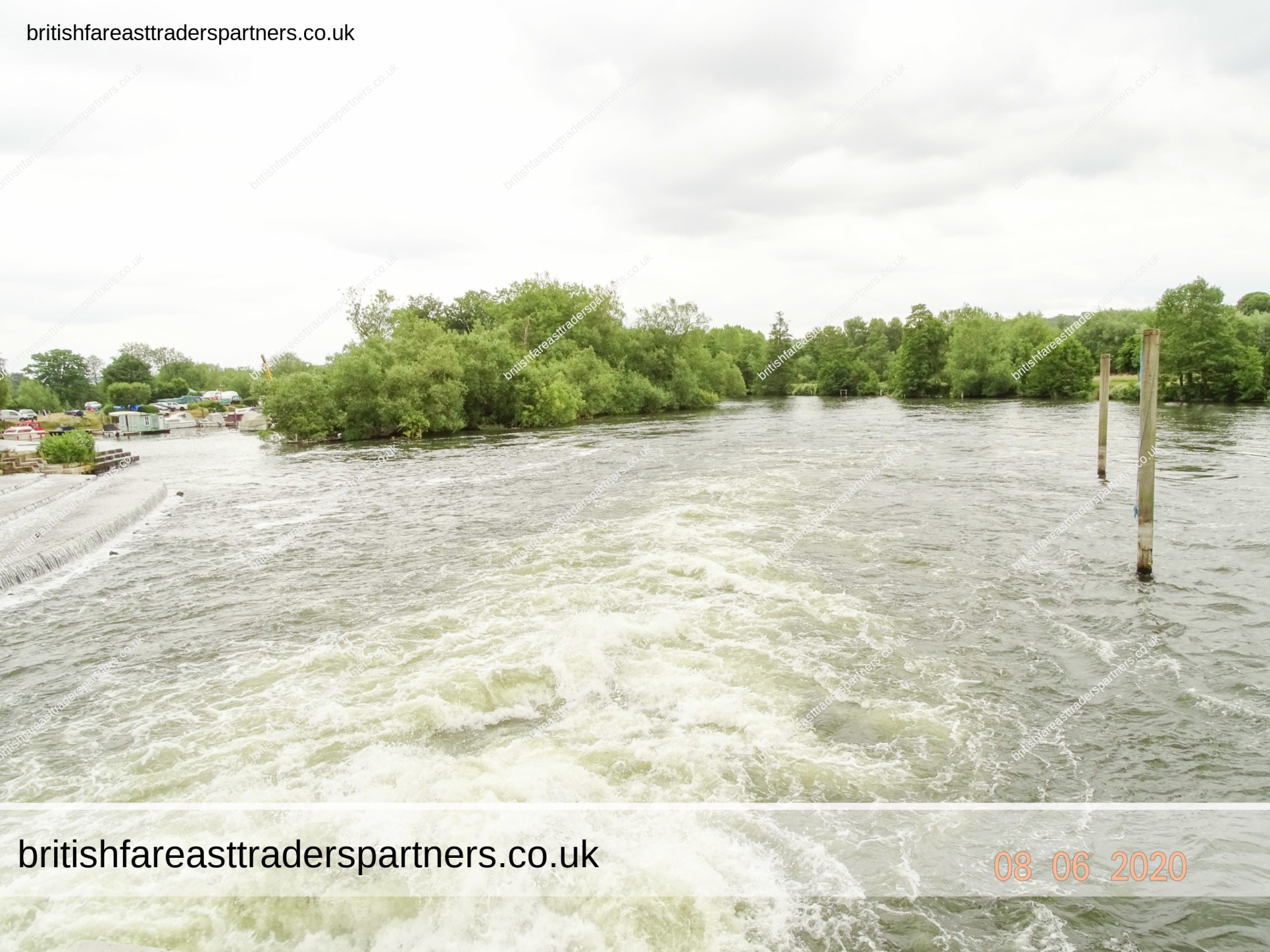
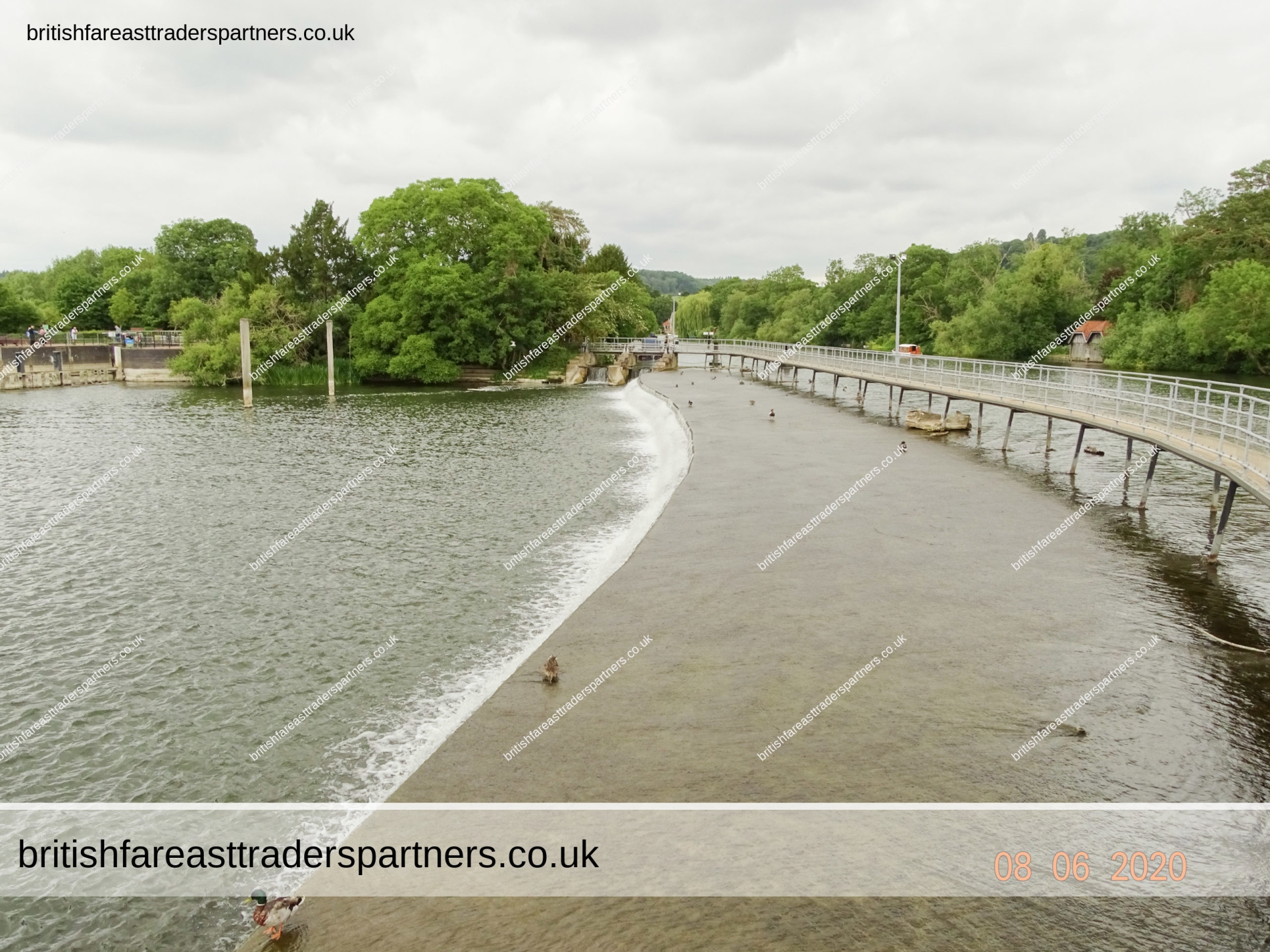
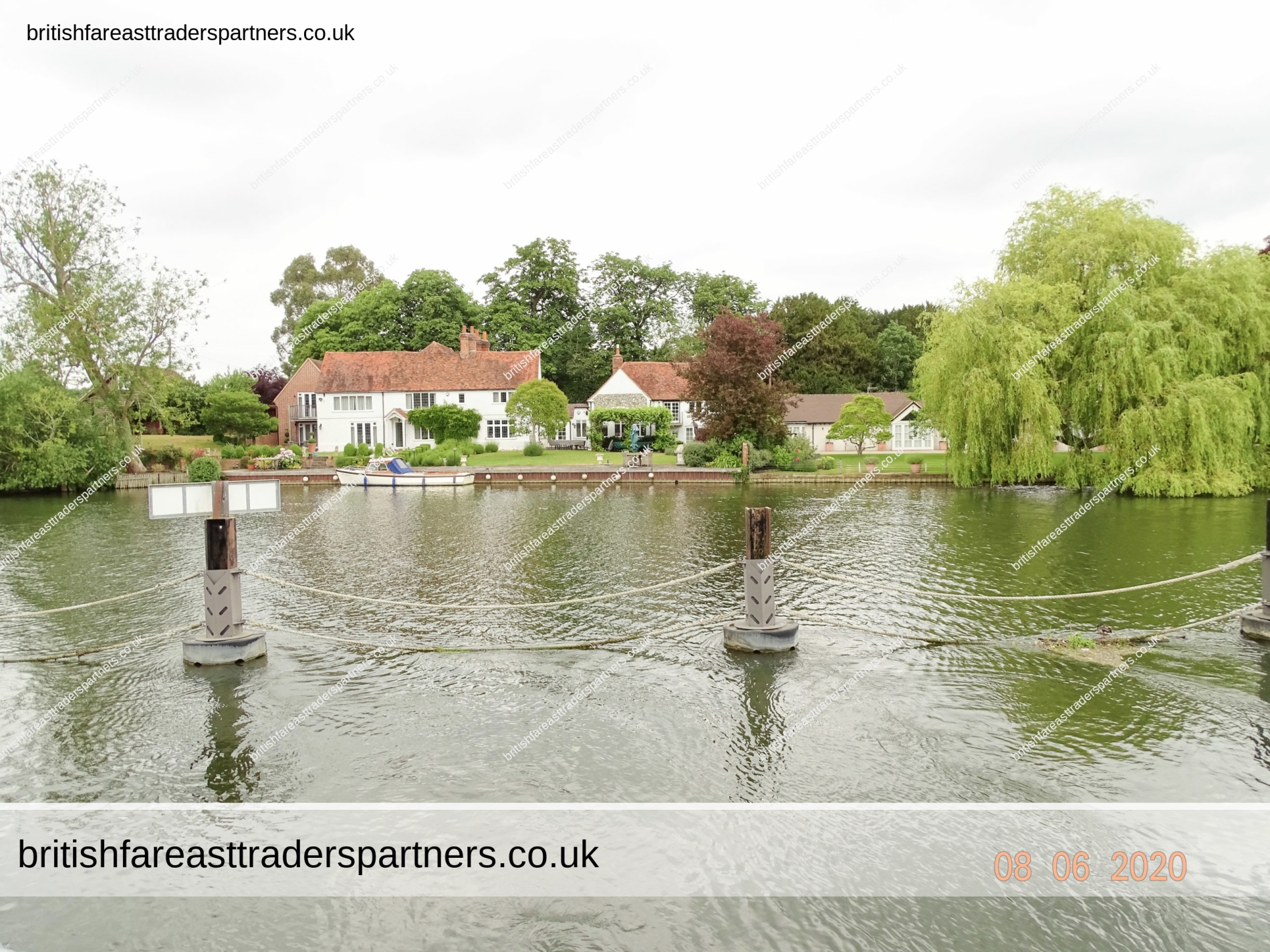
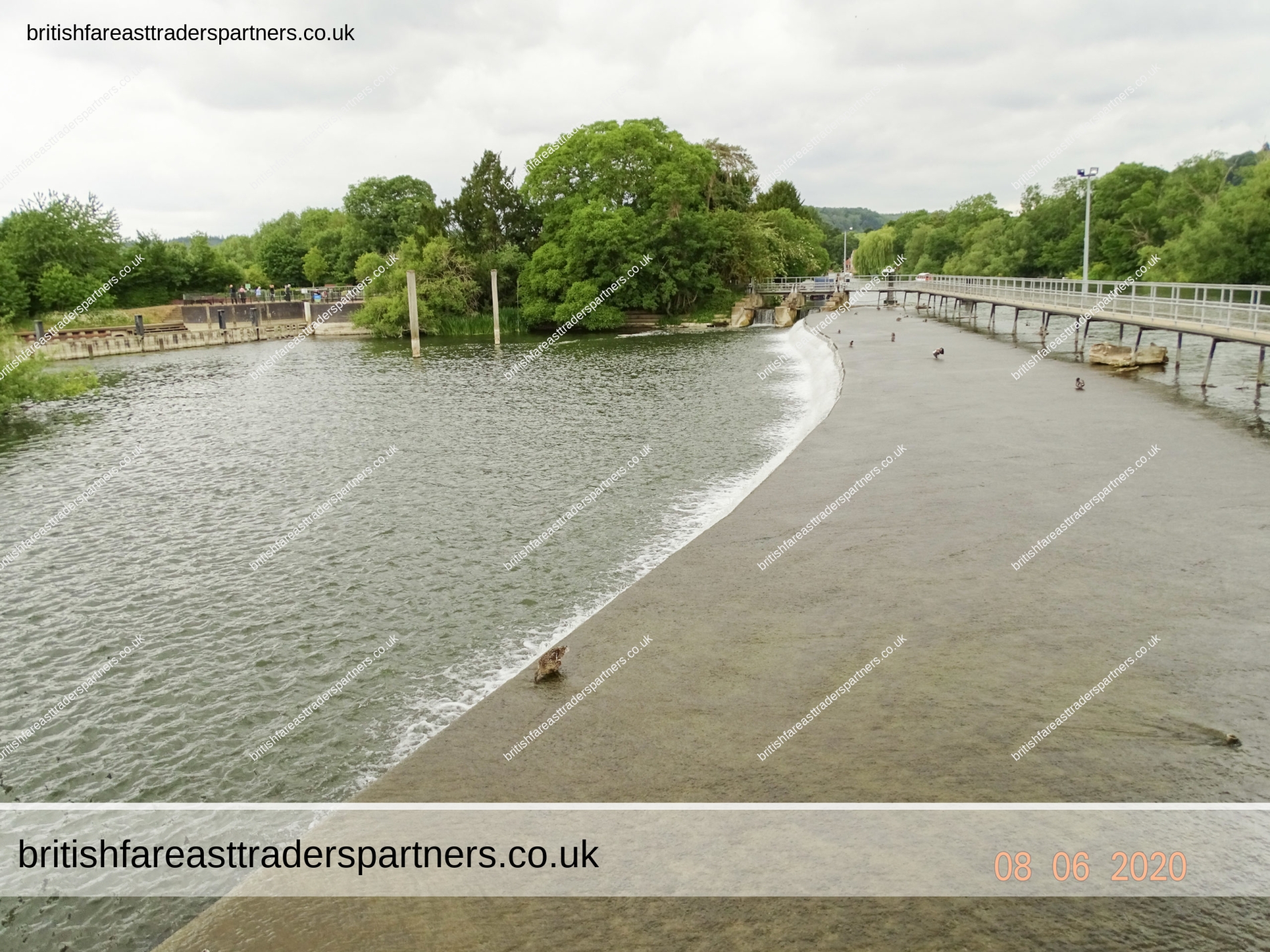
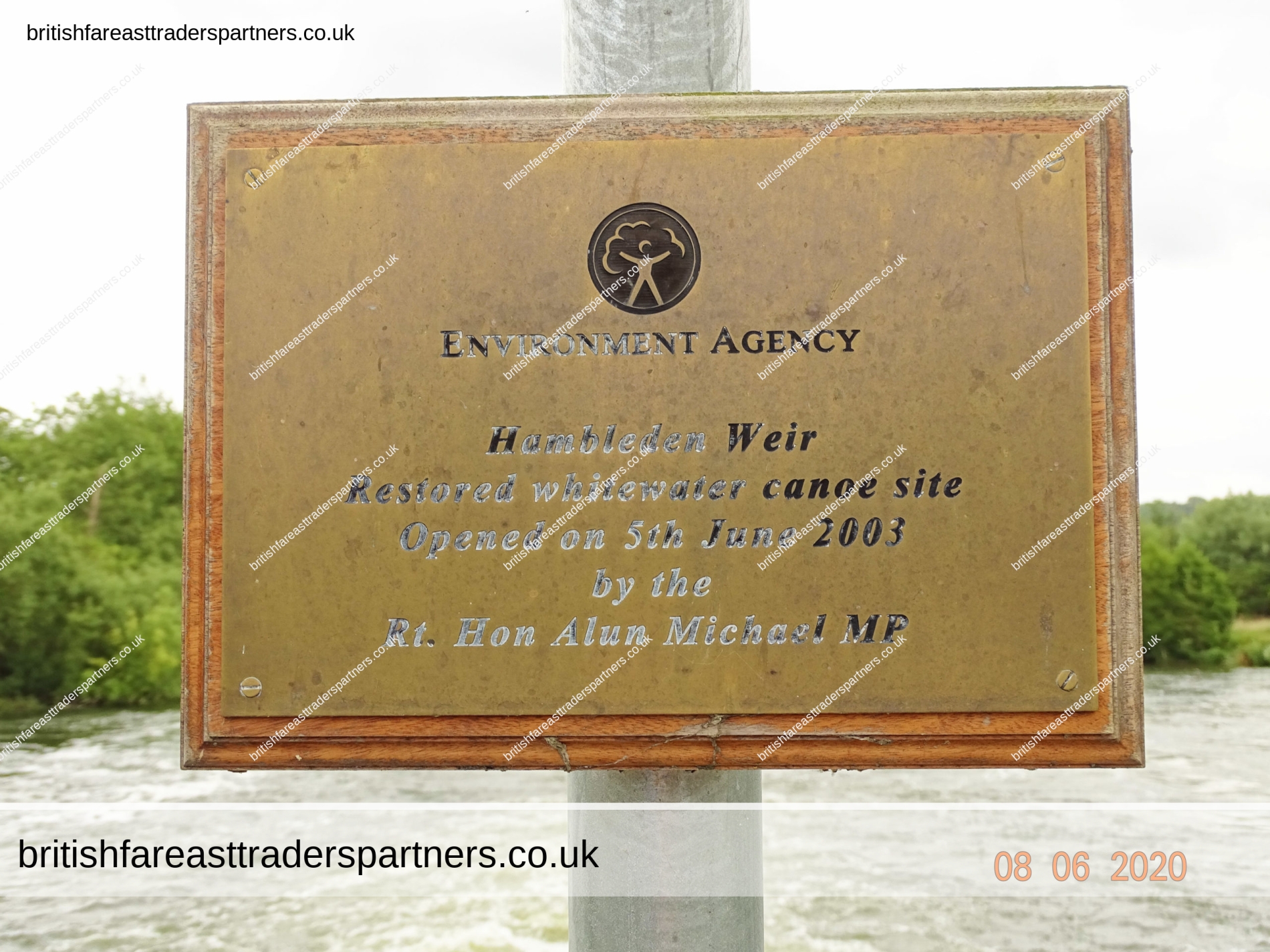
TEXT
ENVIRONMENT AGENCY
Hambleden Weir
Restored Whitewater canoe site
Opened on 5th June 2003 by the
Rt. Hon Alun Michael MP
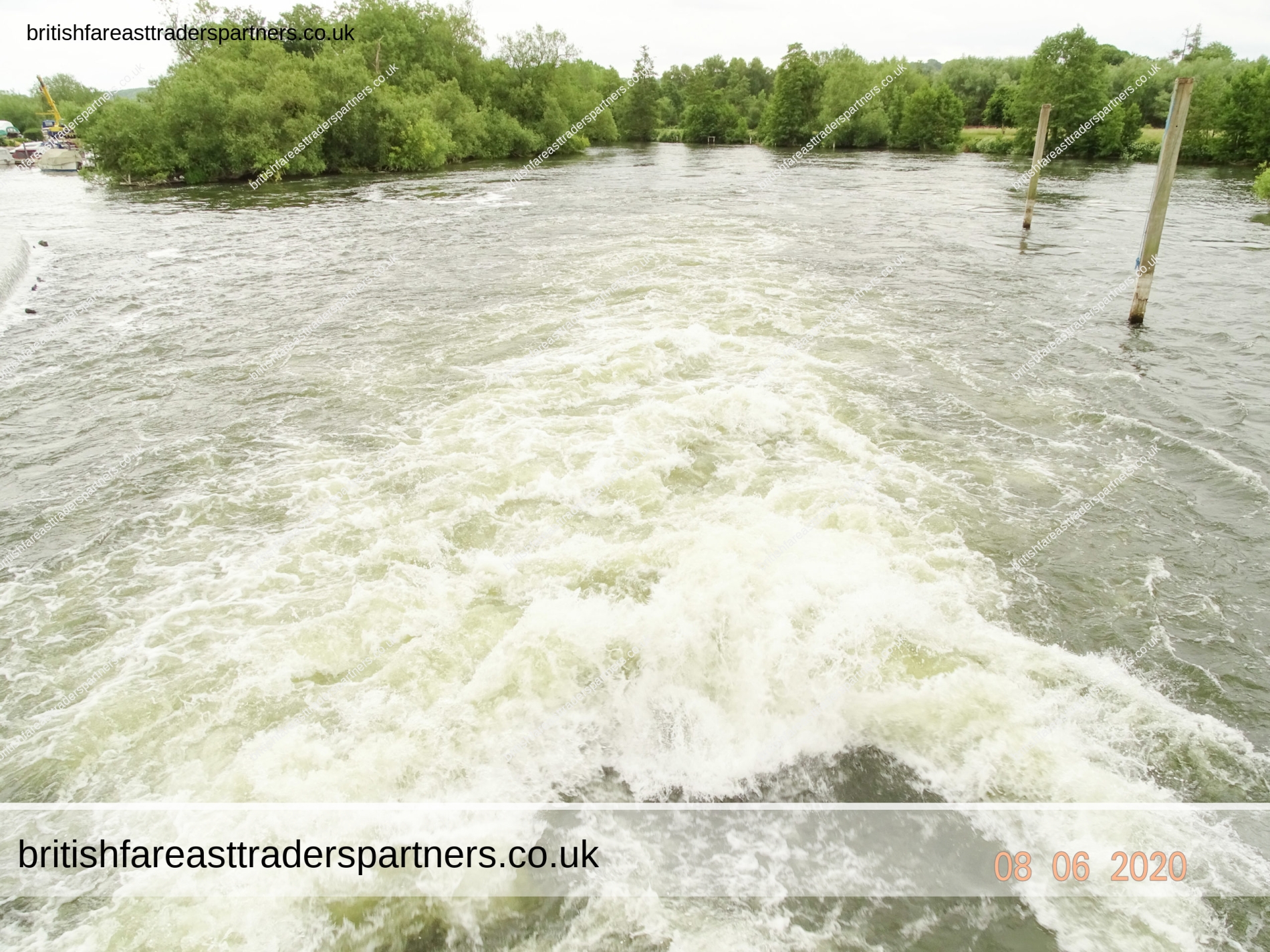
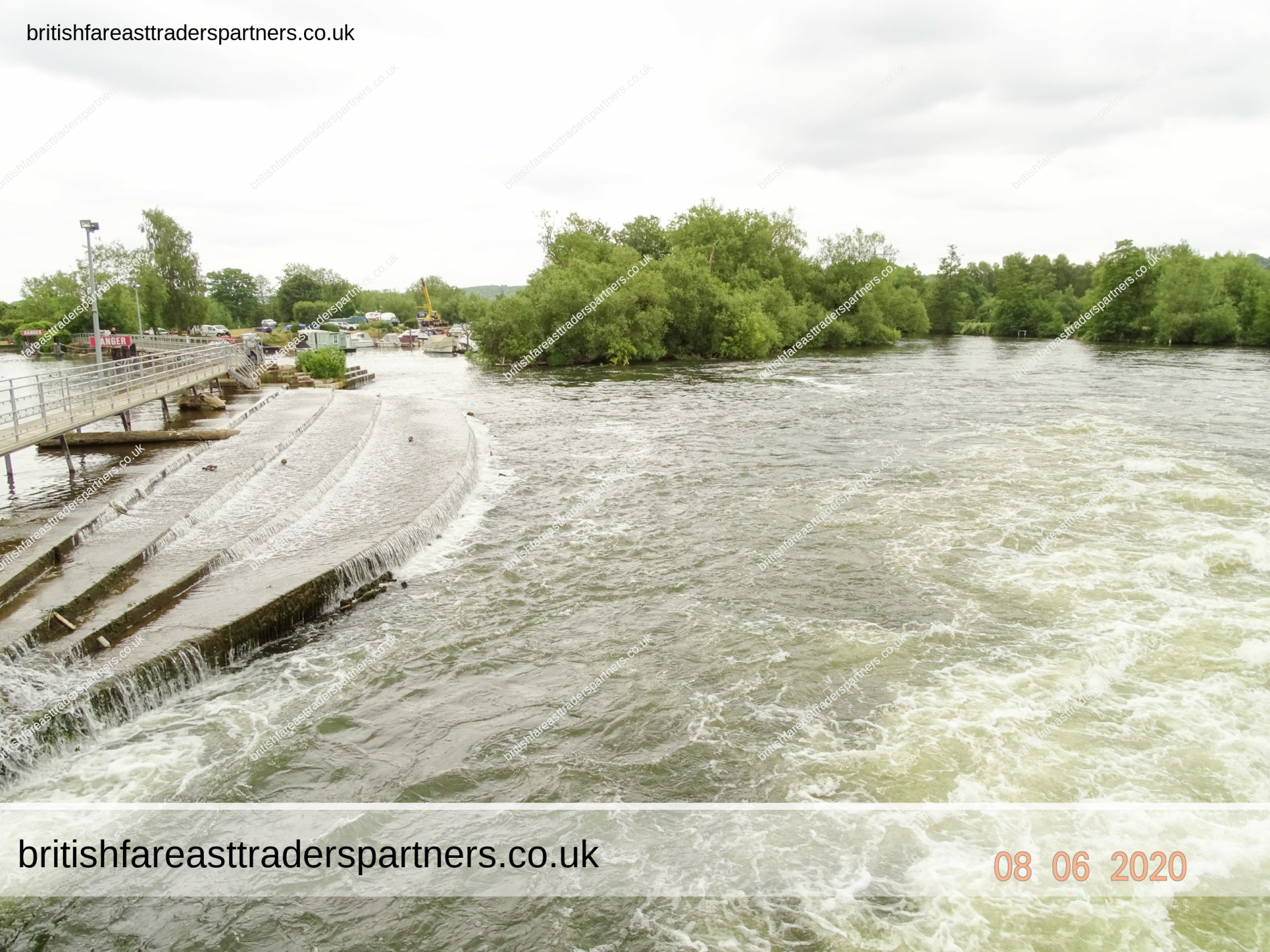

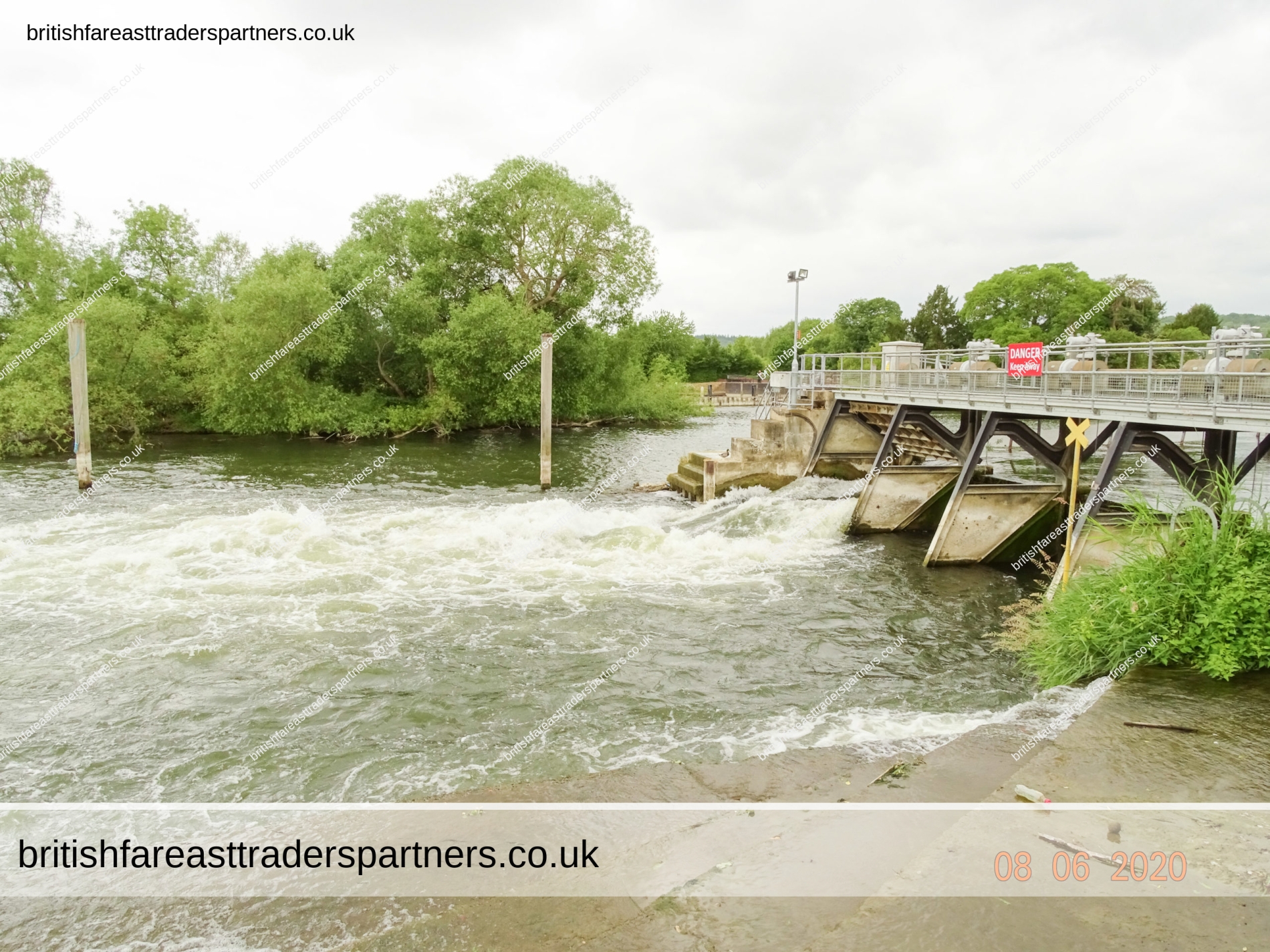
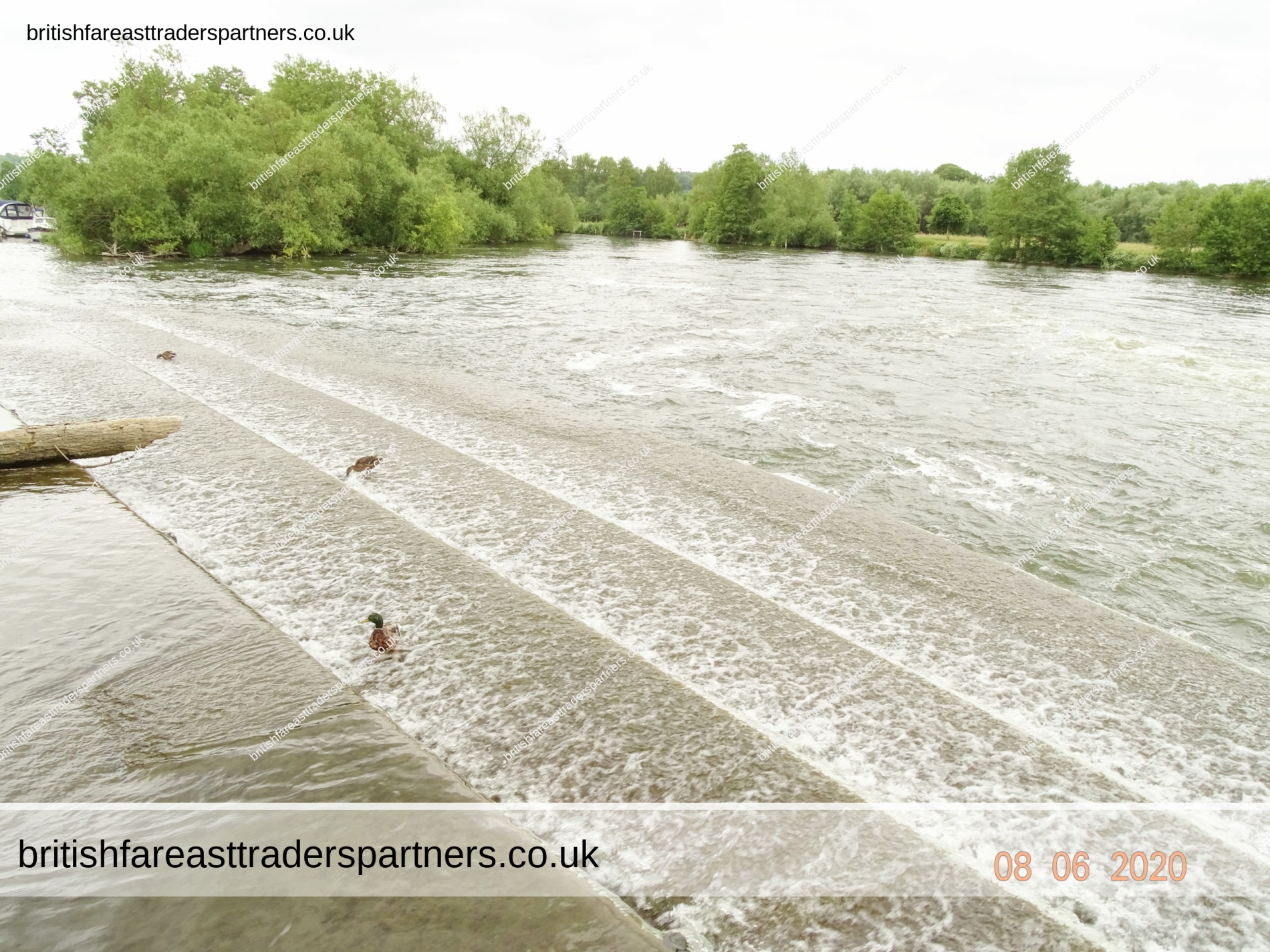
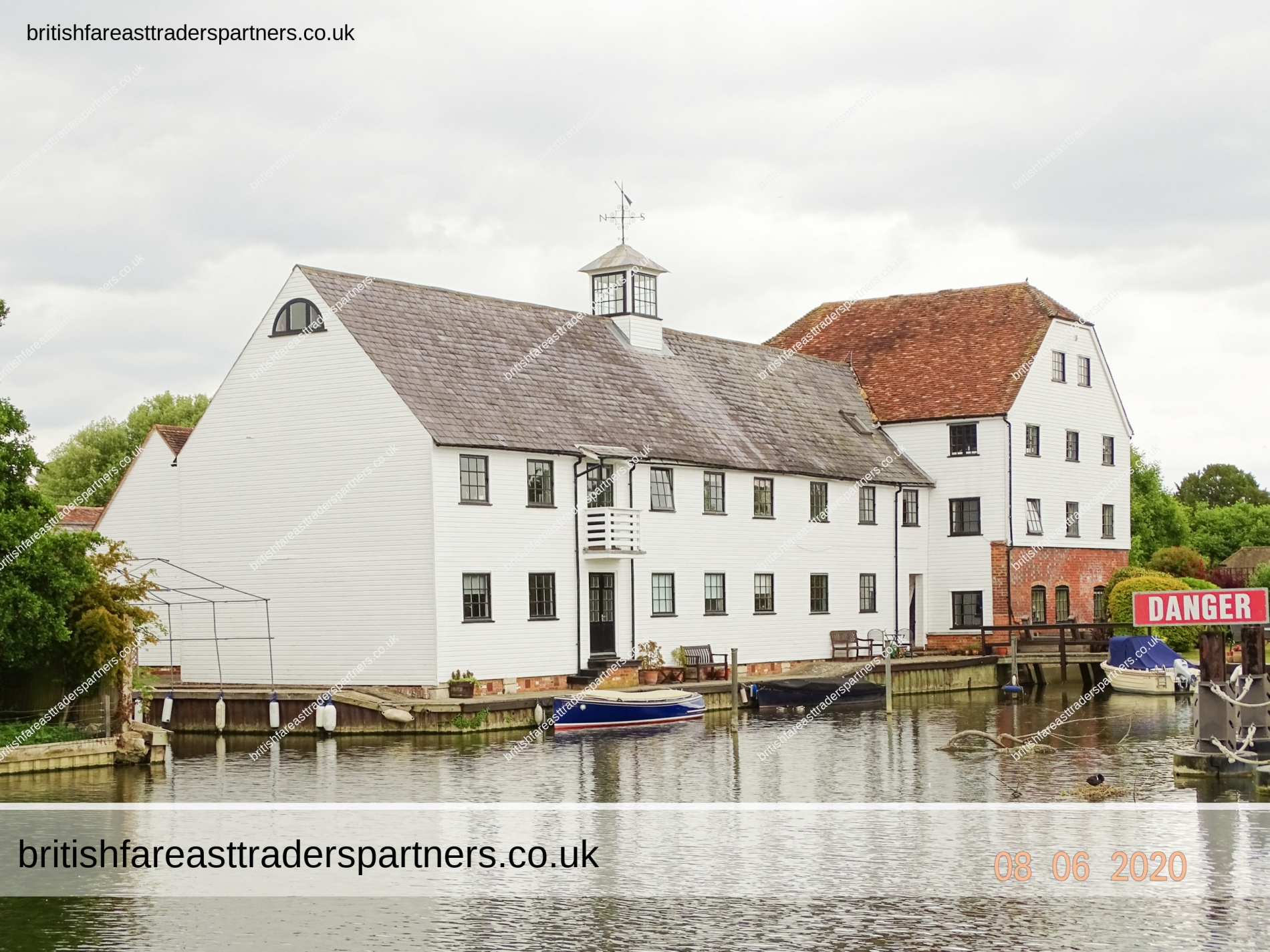
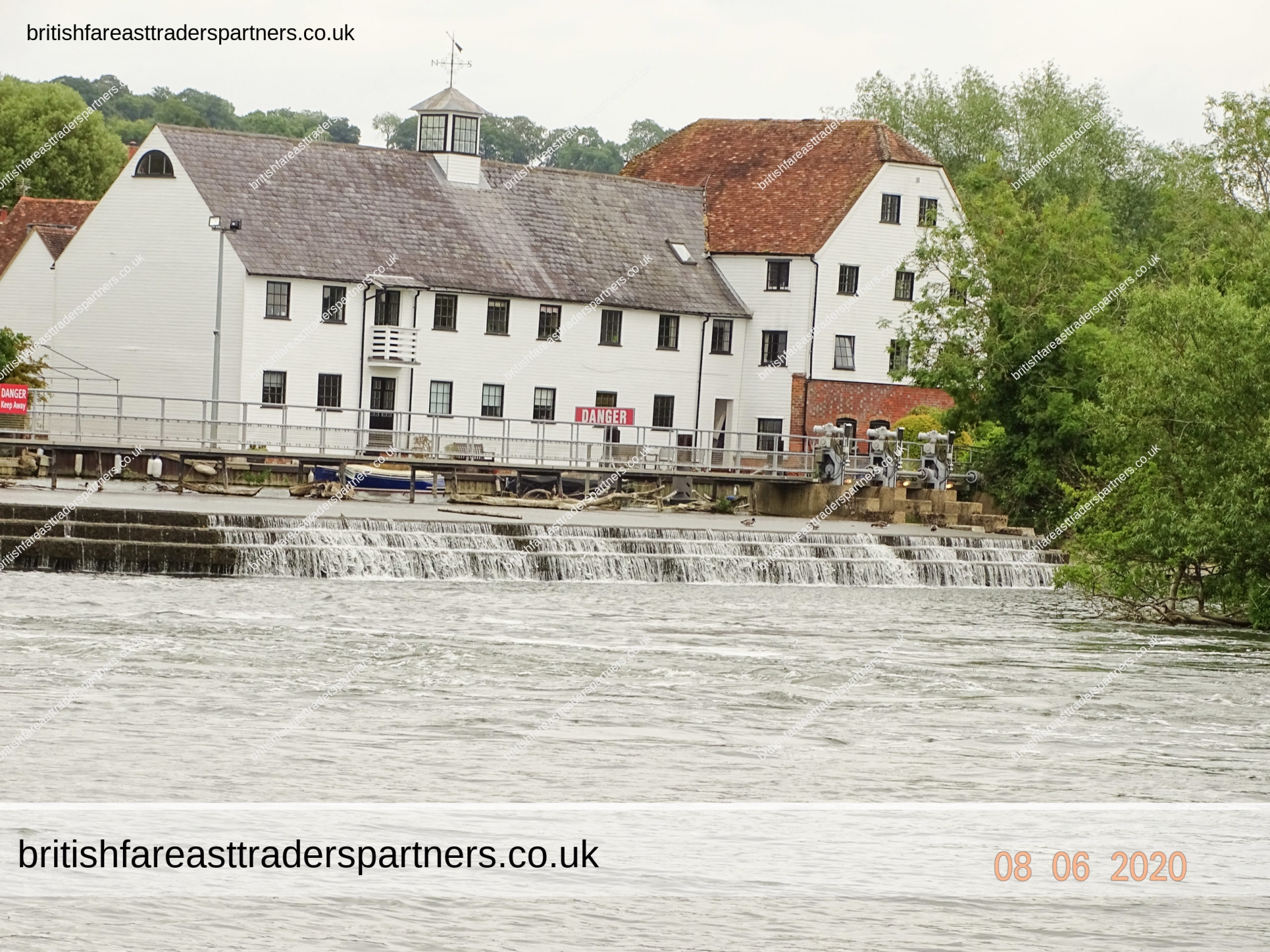

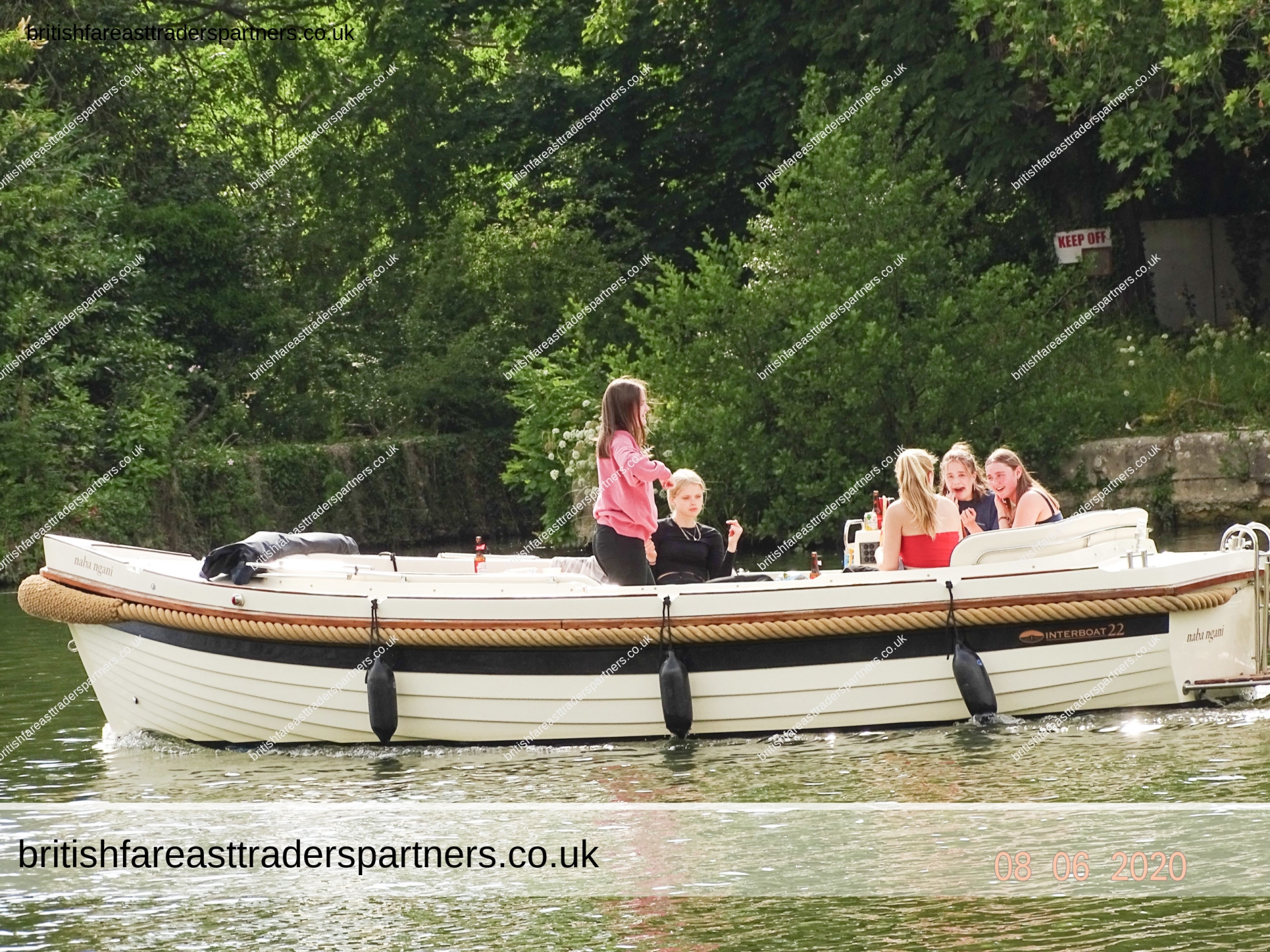
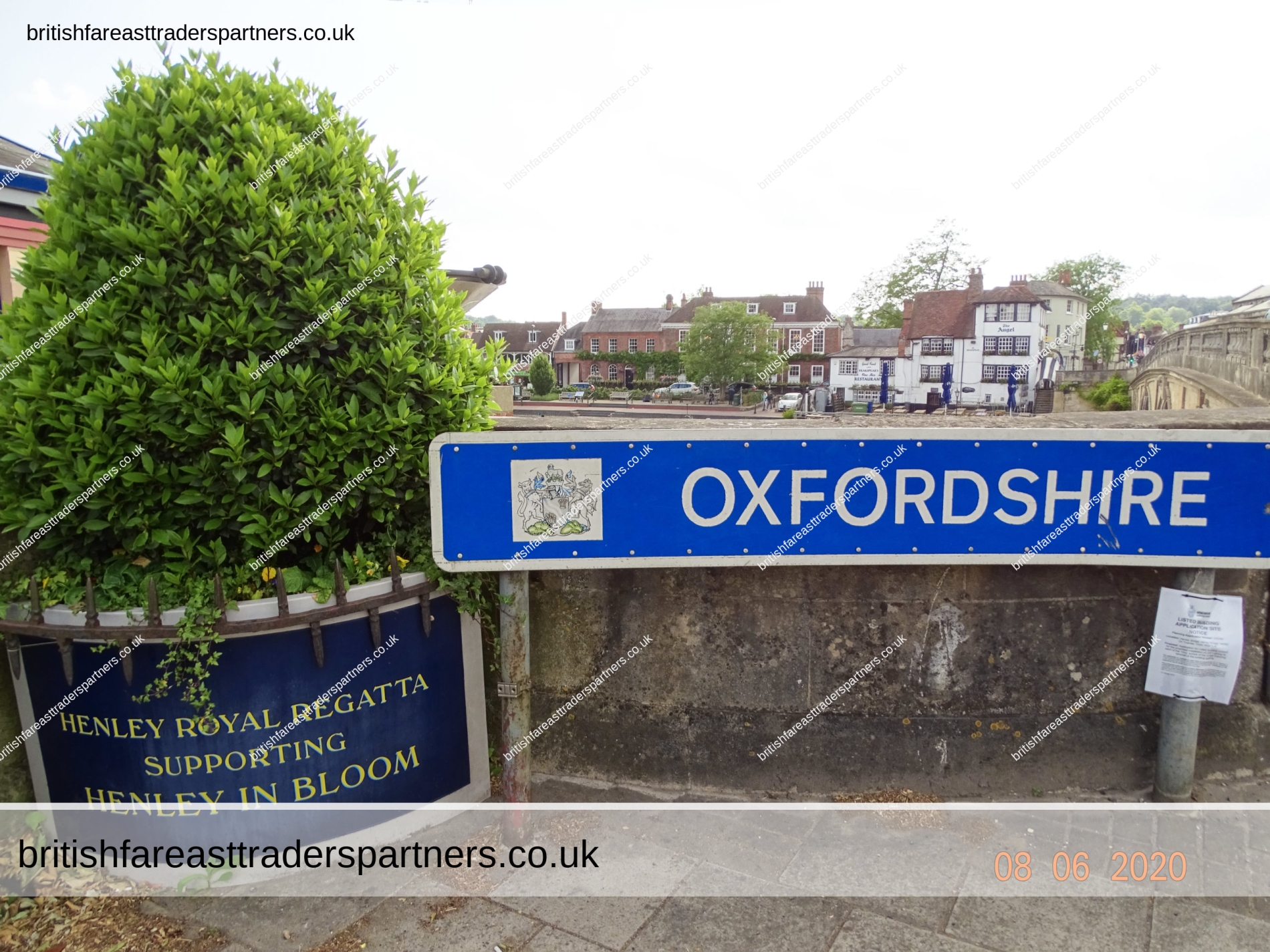
HENLEY ROYAL REGATTA
SUPPORTING HENLEY IN BLOOM
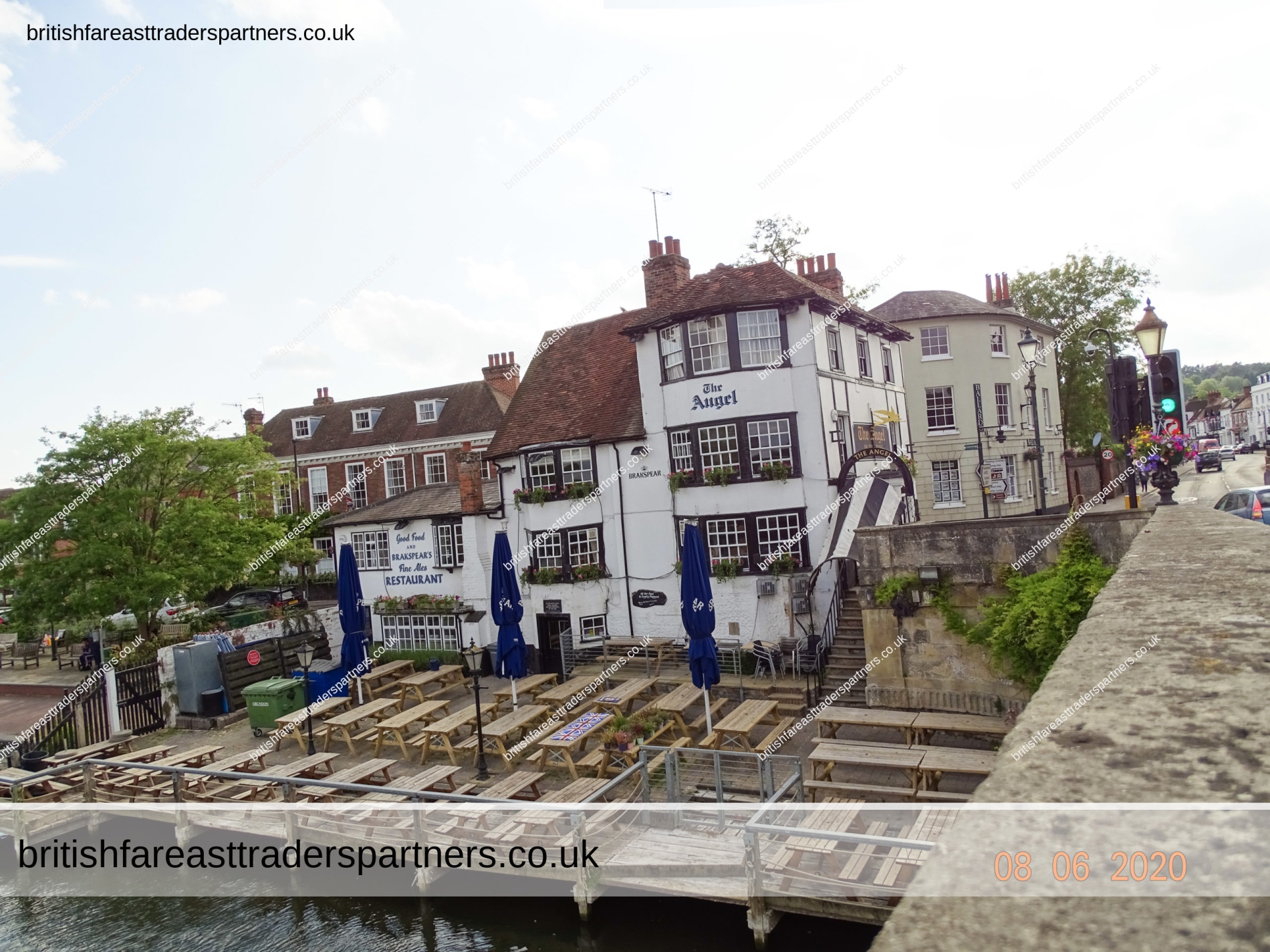
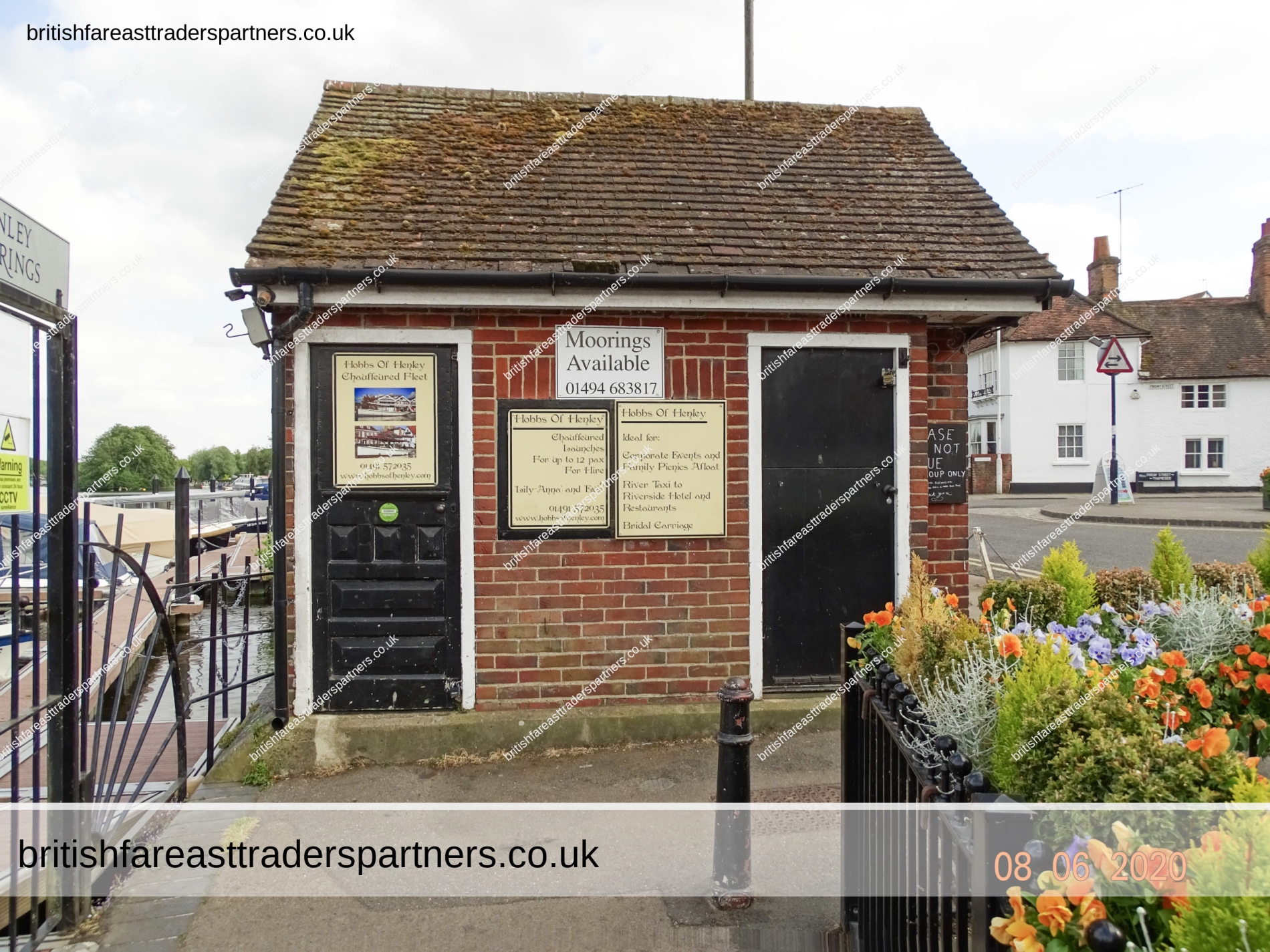
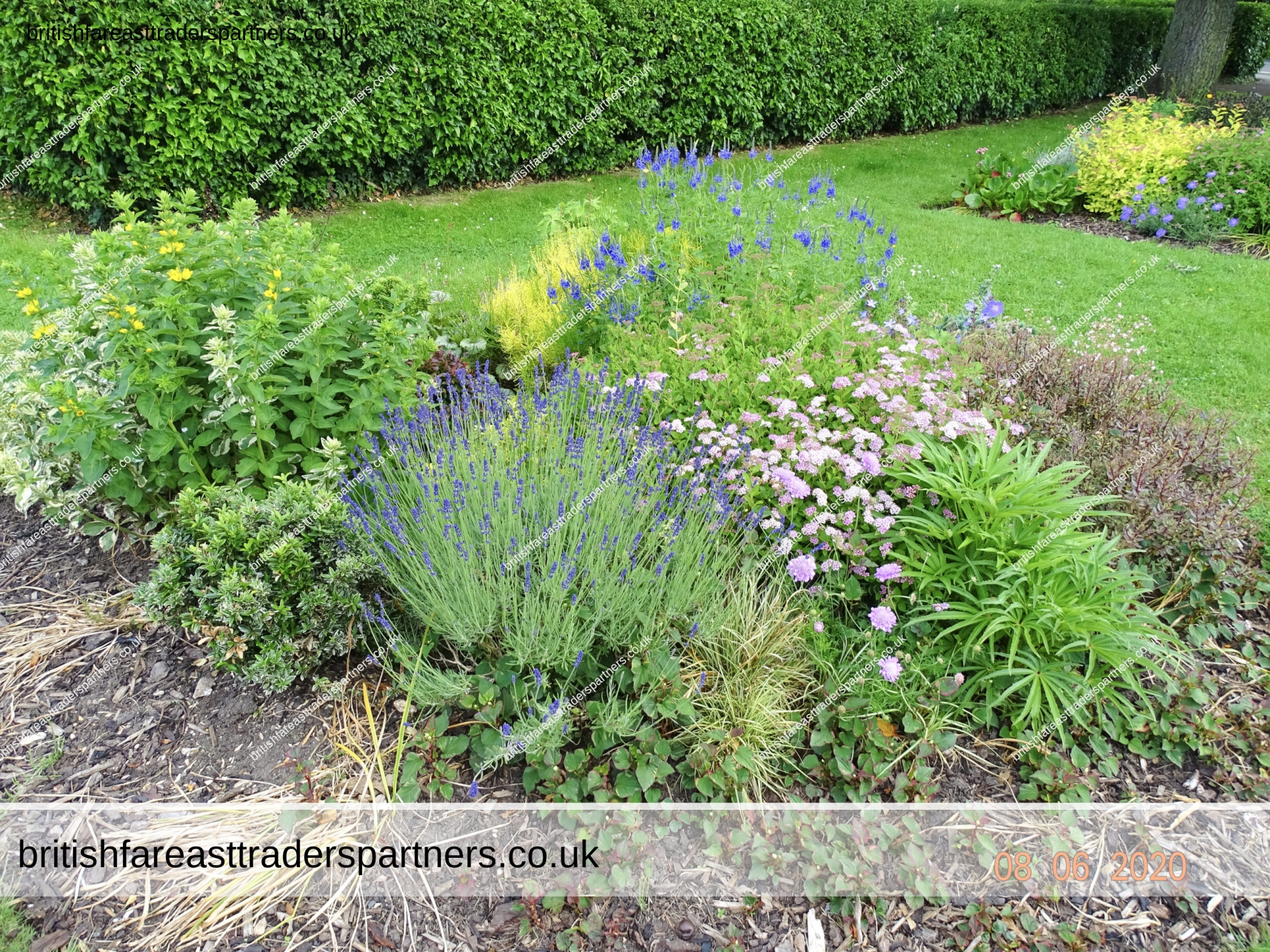

BRITISH & FAR EAST TRADERS LIFESTYLE & SHOPPING BLOG RELATED POSTS:
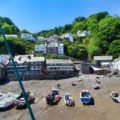 DISCOVER THE TIMELESS VILLAGE OF CLOVELLY IN BIDEFORD, NORTH DEVON, ENGLAND, UNITED KINGDOM
DISCOVER THE TIMELESS VILLAGE OF CLOVELLY IN BIDEFORD, NORTH DEVON, ENGLAND, UNITED KINGDOM
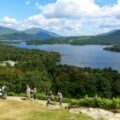 WELCOME TO THE LAKE DISTRICT, ONE OF BRITAIN’S BEST-LOVED OUTDOOR DESTINATIONS OF ALL TIME
WELCOME TO THE LAKE DISTRICT, ONE OF BRITAIN’S BEST-LOVED OUTDOOR DESTINATIONS OF ALL TIME
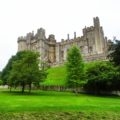 DAYS OUT IN UNITED KINGDOM: PLACES OF INTEREST in WEST SUSSEX, ENGLAND: A SERIES OF PHOTOGRAPHIC BLOG: ARUNDEL CASTLE GROUNDS & ARUNDEL CASTLE WATER GARDEN : A WORLD HERITAGE SITE : HERITAGE | ART | HISTORY | TOPOGRAPHY | TOURISM | TRAVEL | ARCHITECTURE | ARISTOCRACY | CULTURE
DAYS OUT IN UNITED KINGDOM: PLACES OF INTEREST in WEST SUSSEX, ENGLAND: A SERIES OF PHOTOGRAPHIC BLOG: ARUNDEL CASTLE GROUNDS & ARUNDEL CASTLE WATER GARDEN : A WORLD HERITAGE SITE : HERITAGE | ART | HISTORY | TOPOGRAPHY | TOURISM | TRAVEL | ARCHITECTURE | ARISTOCRACY | CULTURE
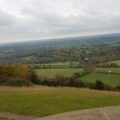 DAYS OUT IN ENGLAND: PICTURESQUE BOXHILL, SURREY, ENGLAND
DAYS OUT IN ENGLAND: PICTURESQUE BOXHILL, SURREY, ENGLAND
 Take a Stroll Through the Picturesque Preston Park & Gardens in Brighton, ENGLAND
Take a Stroll Through the Picturesque Preston Park & Gardens in Brighton, ENGLAND
 VINTAGE CERAMICS SUMMER / AUTUMN FRUITS FRUIT DISH / CUP / SUGAR BOWL BRITISH CERAMICS | COLLECTABLES | DECOR | TABLEWARES
VINTAGE CERAMICS SUMMER / AUTUMN FRUITS FRUIT DISH / CUP / SUGAR BOWL BRITISH CERAMICS | COLLECTABLES | DECOR | TABLEWARES
 SOUTHEAST of ENGLAND among the TOP 5 MOST SUSTAINABLE REGIONS in the UK | SUSTAINABILITY | RENEWABLE ENERGY | GREEN ENERGY | ENGLAND | UNITED KINGDOM | ENVIRONMENT
SOUTHEAST of ENGLAND among the TOP 5 MOST SUSTAINABLE REGIONS in the UK | SUSTAINABILITY | RENEWABLE ENERGY | GREEN ENERGY | ENGLAND | UNITED KINGDOM | ENVIRONMENT
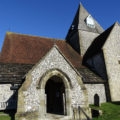 Discover Sussex’s Idyllic Villages & Tranquil Churches in South Downs
Discover Sussex’s Idyllic Villages & Tranquil Churches in South Downs
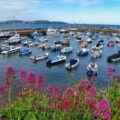 ENJOY A SUMMER’S DAY WALK WITH US AROUND THE ENGLISH RIVIERA IN PAIGNTON DEVON, ENGLAND, UNITED KINGDOM
ENJOY A SUMMER’S DAY WALK WITH US AROUND THE ENGLISH RIVIERA IN PAIGNTON DEVON, ENGLAND, UNITED KINGDOM
 DAYS OUT IN UNITED KINGDOM: PLACES OF INTEREST in WEST SUSSEX, ENGLAND: A SERIES OF PHOTOGRAPHIC BLOG: ARUNDEL CASTLE GARDENS : A WORLD HERITAGE SITE : HERITAGE | ART | HISTORY | TOPOGRAPHY | TOURISM | TRAVEL | ARCHITECTURE | ARISTOCRACY | CULTURE
DAYS OUT IN UNITED KINGDOM: PLACES OF INTEREST in WEST SUSSEX, ENGLAND: A SERIES OF PHOTOGRAPHIC BLOG: ARUNDEL CASTLE GARDENS : A WORLD HERITAGE SITE : HERITAGE | ART | HISTORY | TOPOGRAPHY | TOURISM | TRAVEL | ARCHITECTURE | ARISTOCRACY | CULTURE
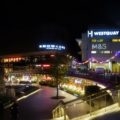 HOW TO HAVE A GREAT “CHRISTMAS BREAK” IN SOUTHAMPTON CITY, HAMPSHIRE, UNITED KINGDOM: SHOP & DINE IN WEST QUAY SHOPPING CENTRE, HARBOUR PARADE, SOUTHAMPTON | NIGHTLIFE | CHRISTMAS MARKET | HOLIDAYS | WINTER | FESTIVE | LIFESTYLE | SHOPPING | DINING
HOW TO HAVE A GREAT “CHRISTMAS BREAK” IN SOUTHAMPTON CITY, HAMPSHIRE, UNITED KINGDOM: SHOP & DINE IN WEST QUAY SHOPPING CENTRE, HARBOUR PARADE, SOUTHAMPTON | NIGHTLIFE | CHRISTMAS MARKET | HOLIDAYS | WINTER | FESTIVE | LIFESTYLE | SHOPPING | DINING
 A Twilight Journey Beside the Thames: Rediscovering London’s Ancient Pulse
A Twilight Journey Beside the Thames: Rediscovering London’s Ancient Pulse
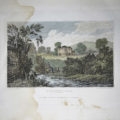 ANTIQUE DARLASTON HALL Staffordshire ENGLAND Drawn by CALVERT Engraved by T RADCLYFFE Published by W EMANS Bromsgrove St, Birmingham TOPOGRAPHICAL LANDSCAPE ARCHITECTURAL COLLECTIBLE PRINT ART
ANTIQUE DARLASTON HALL Staffordshire ENGLAND Drawn by CALVERT Engraved by T RADCLYFFE Published by W EMANS Bromsgrove St, Birmingham TOPOGRAPHICAL LANDSCAPE ARCHITECTURAL COLLECTIBLE PRINT ART
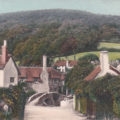 VINTAGE HISTORIC “Allerford Village” EXMOOR Devon ENGLAND Collectable POSTCARD
VINTAGE HISTORIC “Allerford Village” EXMOOR Devon ENGLAND Collectable POSTCARD
 VINTAGE / ANTIQUE CHRISTMAS GREETINGS CARD “CHRISTMAS GREETINGS” E.H DAVIES ARTWORK YOUNG LADY & A GENTLEMAN VILLAGE / TOWN / COUNTRY PRINTED IN GREAT BRITAIN BRITISH | COLLECTABLES | PAPER & EPHEMERA GREETINGS CARD | CHRISTMAS
VINTAGE / ANTIQUE CHRISTMAS GREETINGS CARD “CHRISTMAS GREETINGS” E.H DAVIES ARTWORK YOUNG LADY & A GENTLEMAN VILLAGE / TOWN / COUNTRY PRINTED IN GREAT BRITAIN BRITISH | COLLECTABLES | PAPER & EPHEMERA GREETINGS CARD | CHRISTMAS
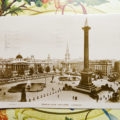 VINTAGE Trafalgar Square Lord Nelson LONDON VALENTINE’S Real Photo Post Card VGC
VINTAGE Trafalgar Square Lord Nelson LONDON VALENTINE’S Real Photo Post Card VGC
 VINTAGE SUPERMARINE SPITFIRE WW2 BRITISH FIGHTER AIRCRAFT 10 X 8 PRINT
VINTAGE SUPERMARINE SPITFIRE WW2 BRITISH FIGHTER AIRCRAFT 10 X 8 PRINT
 READER’S DIGEST 2005 BRITISH Strictly DANCE Favourites 4 CDs + Booklet 94 Tracks
READER’S DIGEST 2005 BRITISH Strictly DANCE Favourites 4 CDs + Booklet 94 Tracks
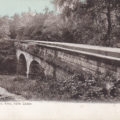 VINTAGE “The Seven Arches, Adel, Near Leeds” AQUEDUCT Collectable POSTCARD
VINTAGE “The Seven Arches, Adel, Near Leeds” AQUEDUCT Collectable POSTCARD
 Autumn Bliss: A Stroll Through Kearsney Abbey & Russell Gardens, Kent
Autumn Bliss: A Stroll Through Kearsney Abbey & Russell Gardens, Kent
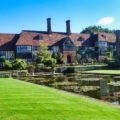 Autumn Strolls at RHS Garden Wisley, Surrey | Relax & Unwind in the UK 🍂
Autumn Strolls at RHS Garden Wisley, Surrey | Relax & Unwind in the UK 🍂
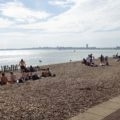 “Discover the Beauty of Southsea Common: A Perfect Summer Day Out in Portsmouth, UK”
“Discover the Beauty of Southsea Common: A Perfect Summer Day Out in Portsmouth, UK”
 LONDON BLOG | KEW GARDENS LONDON | TROPICAL ZONE: FESTIVAL OF THE VIBRANT ORCHIDS OF INDONESIA
LONDON BLOG | KEW GARDENS LONDON | TROPICAL ZONE: FESTIVAL OF THE VIBRANT ORCHIDS OF INDONESIA
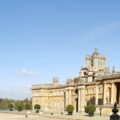 Welcome to Blenheim Palace: Home to the Dukes of Marlborough and Childhood & Ancestral Home to Sir Winston Churchill
Welcome to Blenheim Palace: Home to the Dukes of Marlborough and Childhood & Ancestral Home to Sir Winston Churchill
 ENJOYING A DAY OUT IN THE SEAFRONT OF THE LOVELY PORT TOWN OF DOVER, KENT, SOUTH EAST ENGLAND
ENJOYING A DAY OUT IN THE SEAFRONT OF THE LOVELY PORT TOWN OF DOVER, KENT, SOUTH EAST ENGLAND
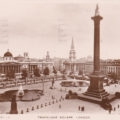 VINTAGE “TRAFALGAR SQUARE, LONDON” VALENTINE’S RPPC POSTCARD
VINTAGE “TRAFALGAR SQUARE, LONDON” VALENTINE’S RPPC POSTCARD
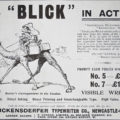 ANTIQUE 1900 BLICKENSDERFER TYPEWRITER CO. NEWCASTLE-ON-TYNE THE”BLICK”IN ACTION Lionel James Reuter’s Special Correspondent in the SOUDAN Illustrated London News COLLECTABLE EPHEMERA Advertisement
ANTIQUE 1900 BLICKENSDERFER TYPEWRITER CO. NEWCASTLE-ON-TYNE THE”BLICK”IN ACTION Lionel James Reuter’s Special Correspondent in the SOUDAN Illustrated London News COLLECTABLE EPHEMERA Advertisement
 Family Fun at Minalungao National Park: Summer Nature Adventure
Family Fun at Minalungao National Park: Summer Nature Adventure
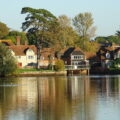 Capturing the Essence of Autumn in Beaulieu: A Photographic Tour Through the New Forest’s Enchanting Village 🍁📷
Capturing the Essence of Autumn in Beaulieu: A Photographic Tour Through the New Forest’s Enchanting Village 🍁📷
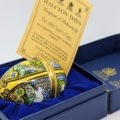 VINTAGE 1989 EASTER EGG Enamelled on Copper HALCYON DAYS LONDON ENGLAND
VINTAGE 1989 EASTER EGG Enamelled on Copper HALCYON DAYS LONDON ENGLAND
